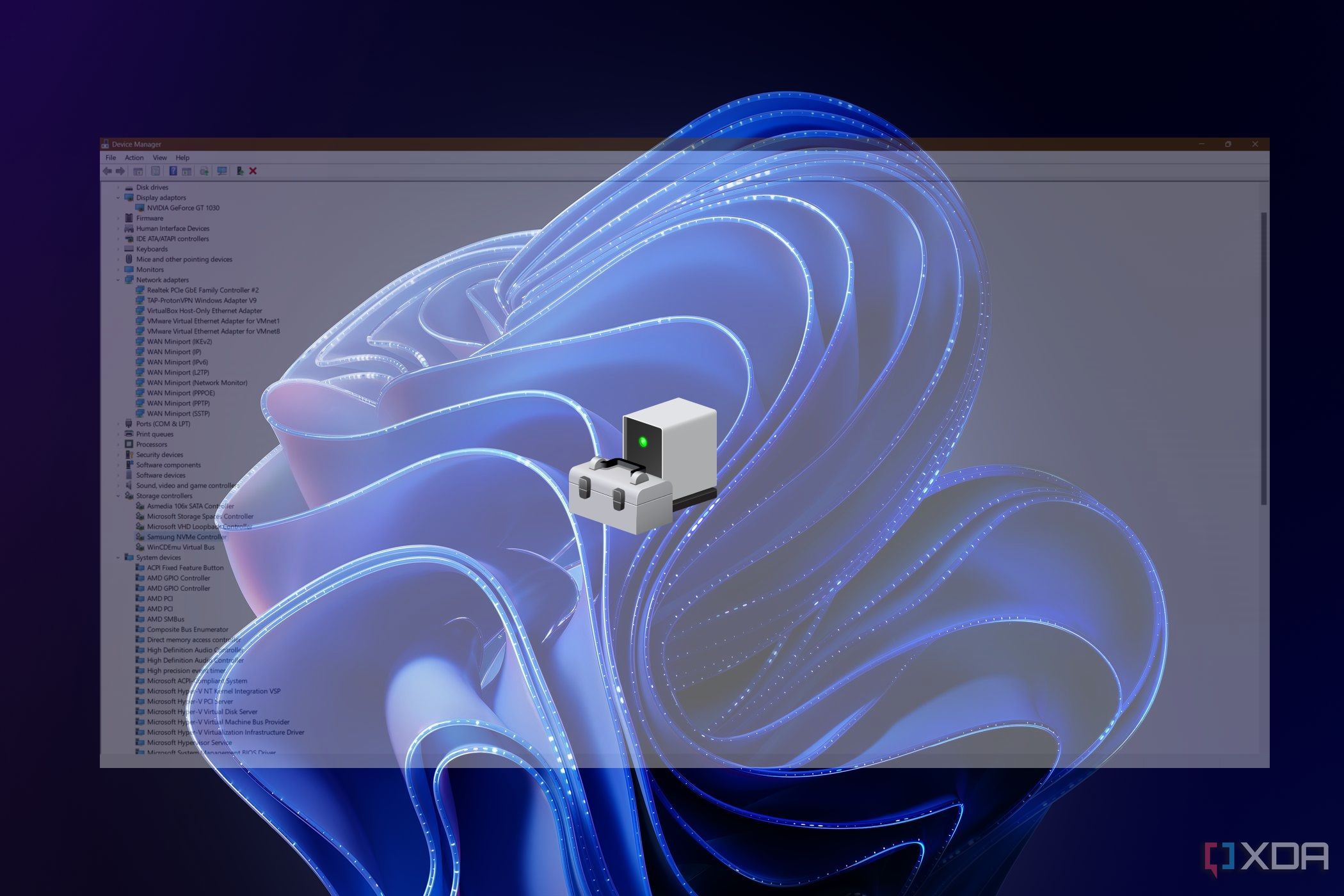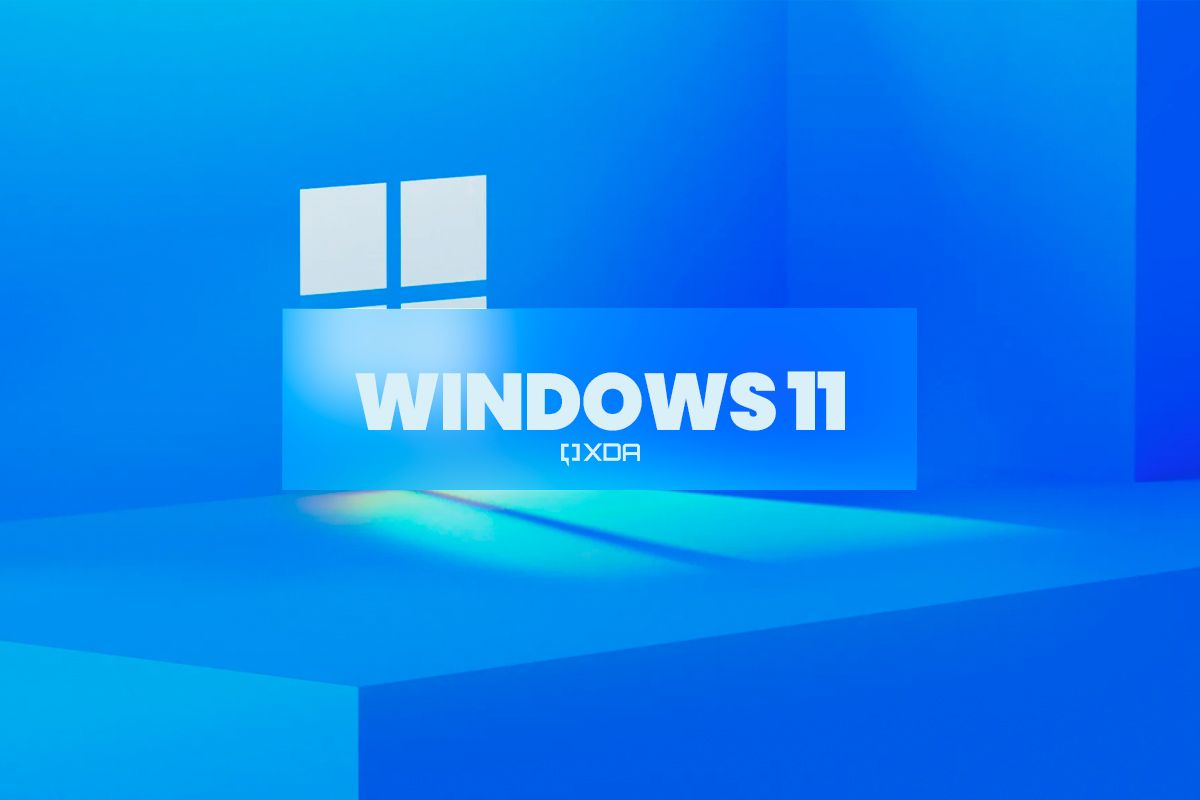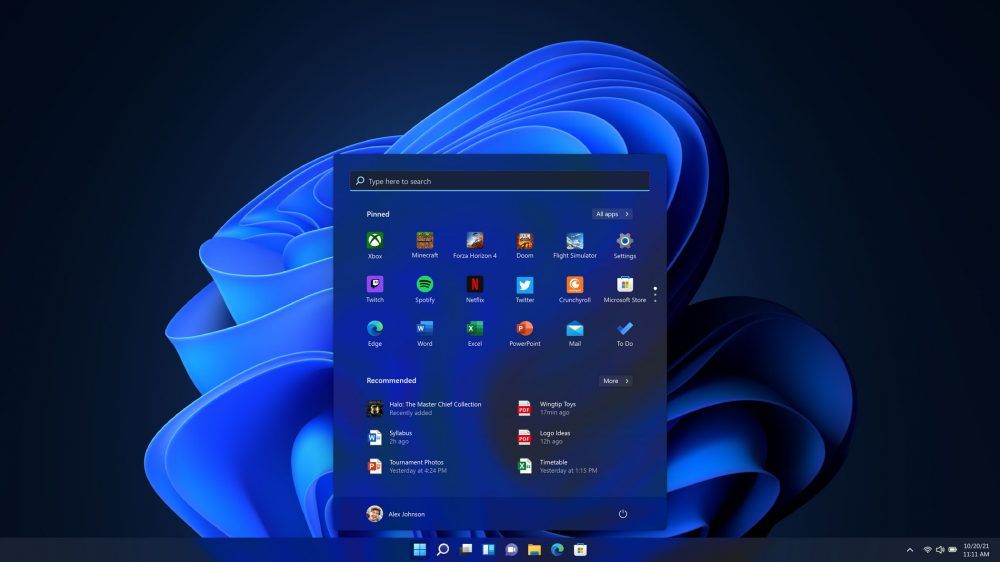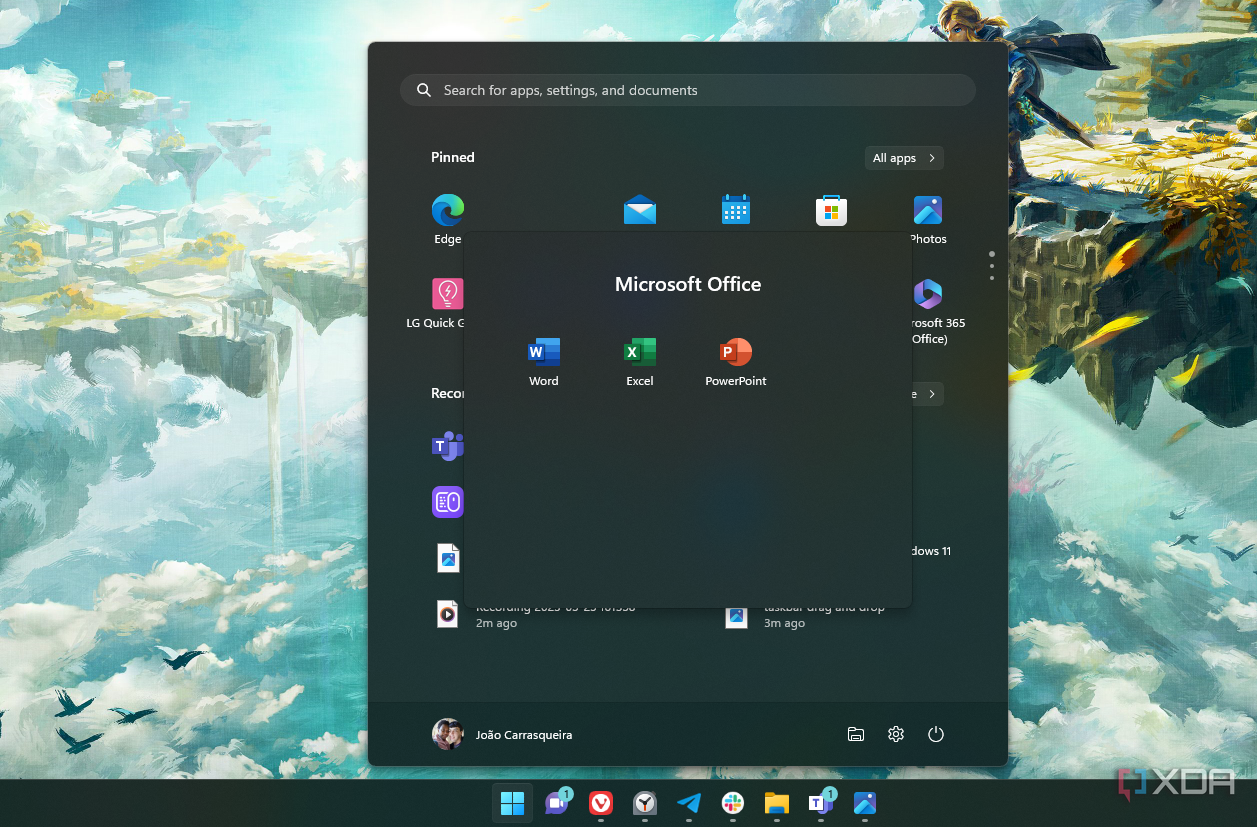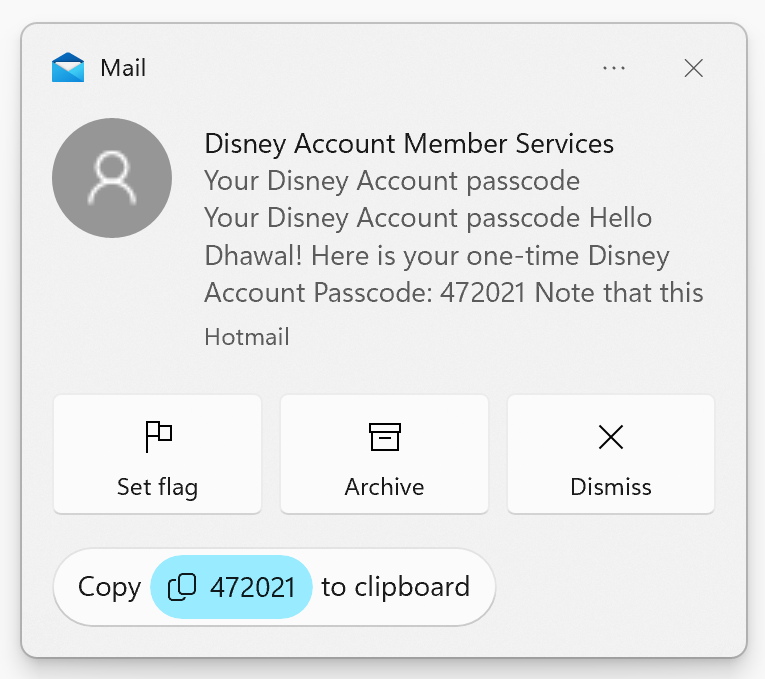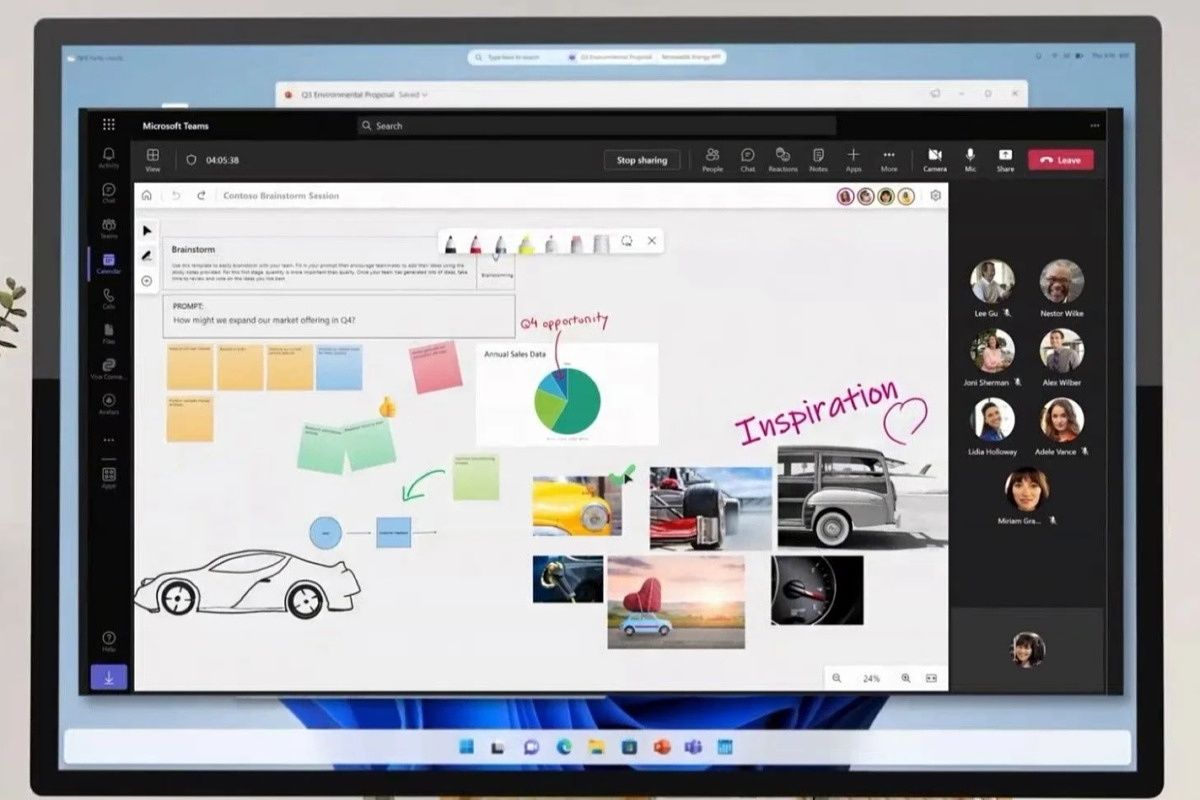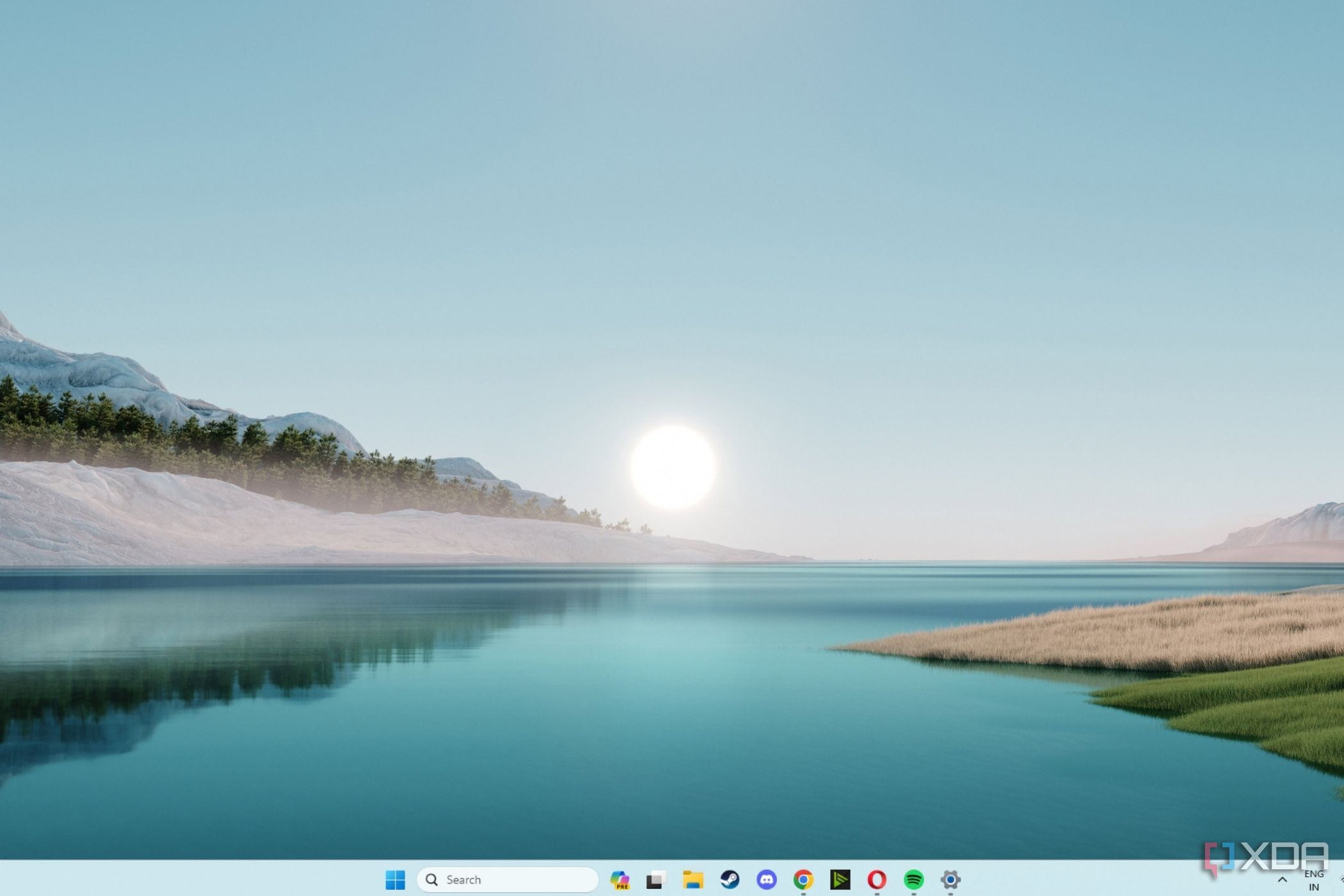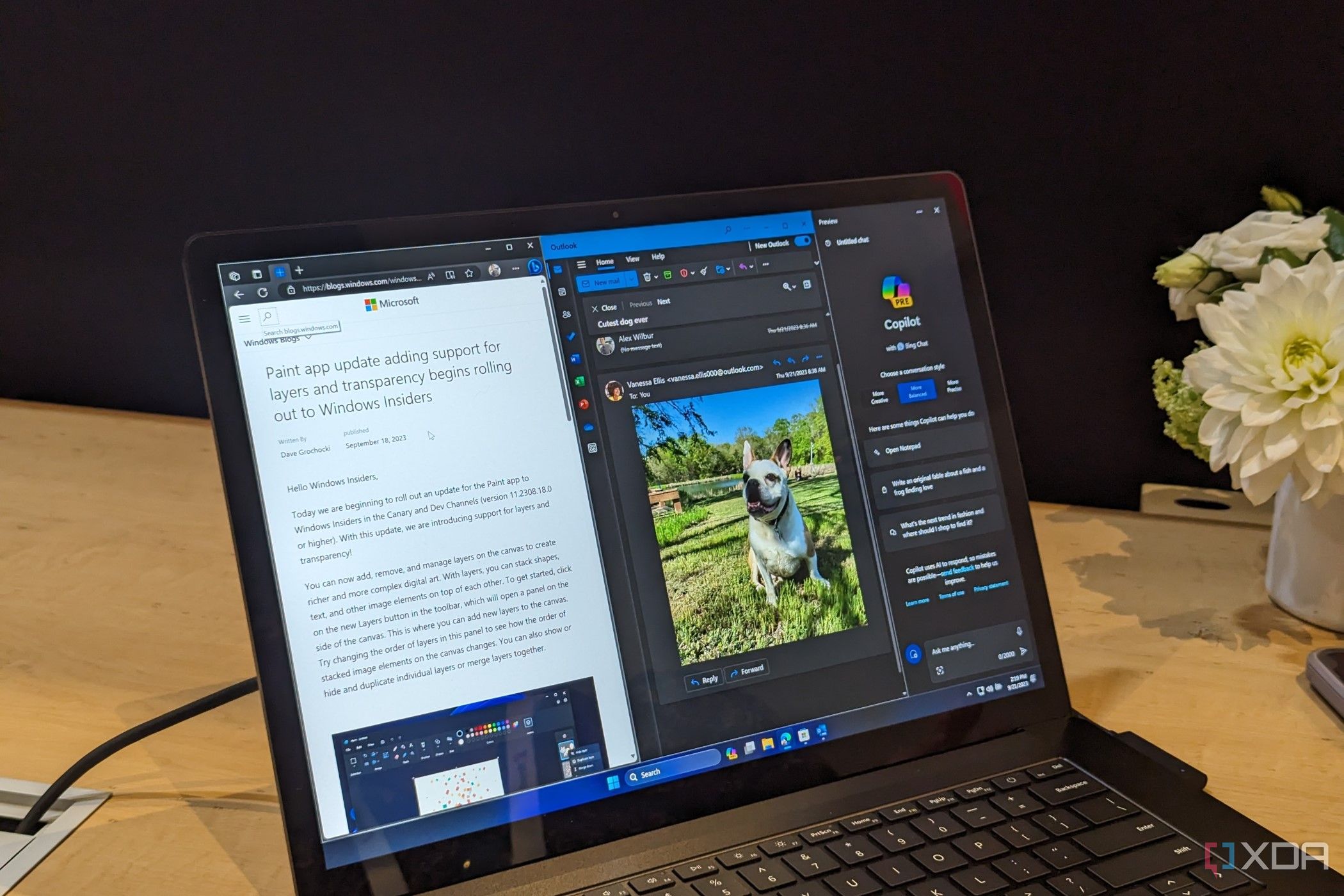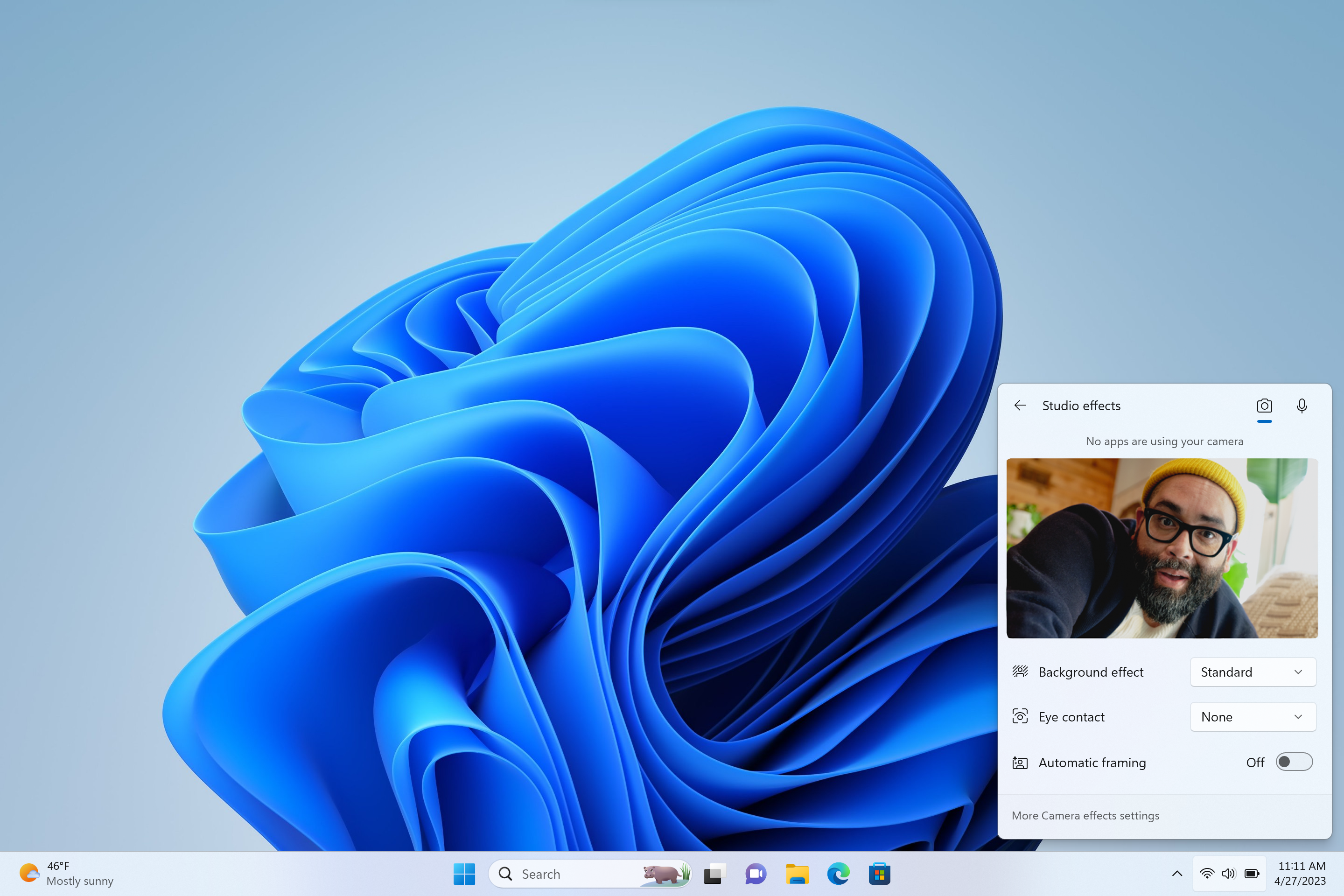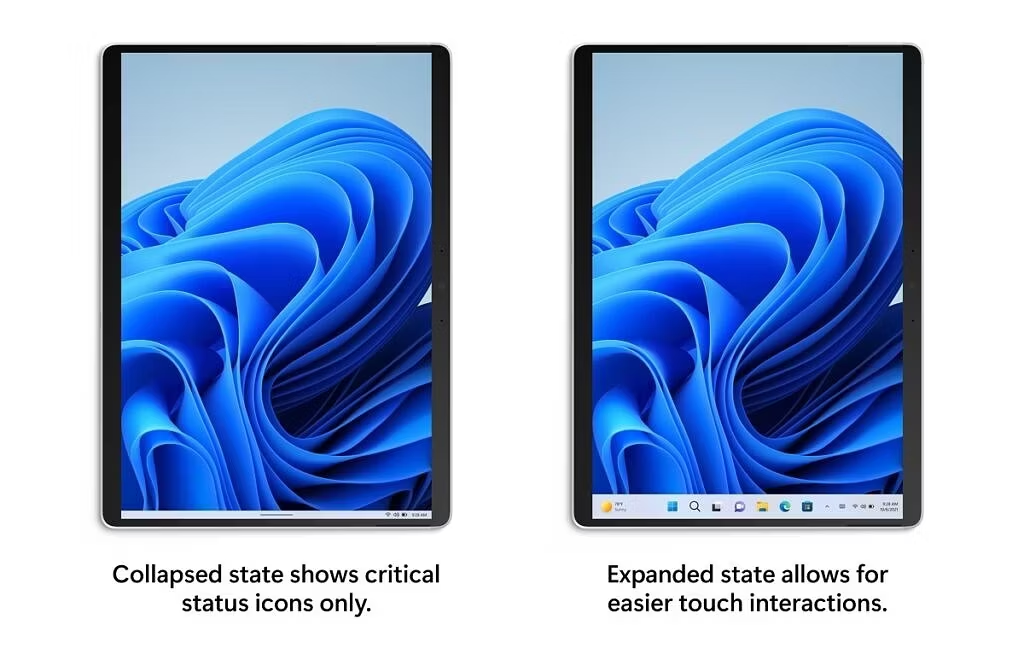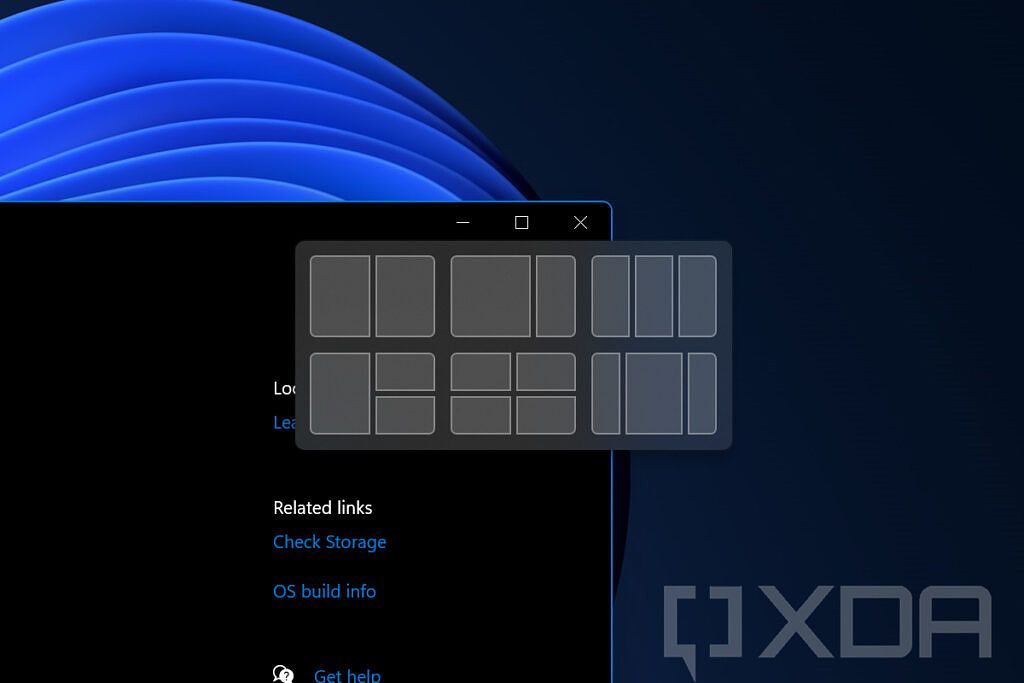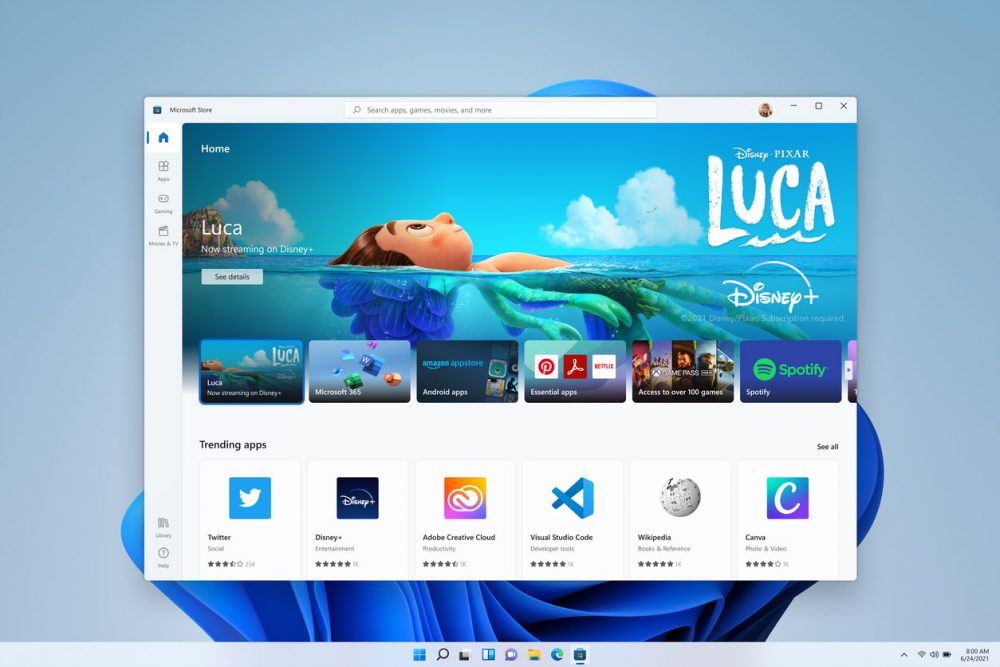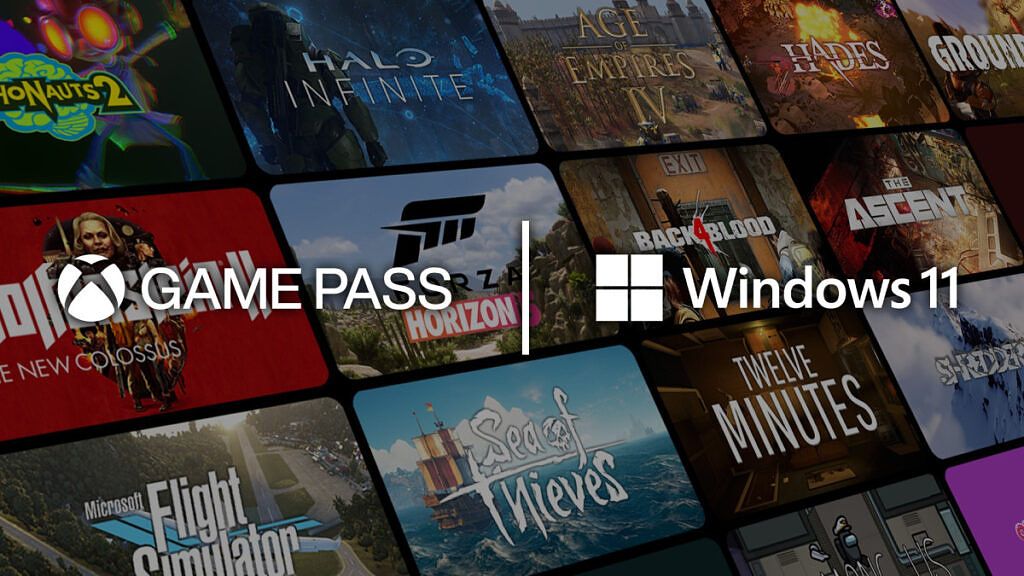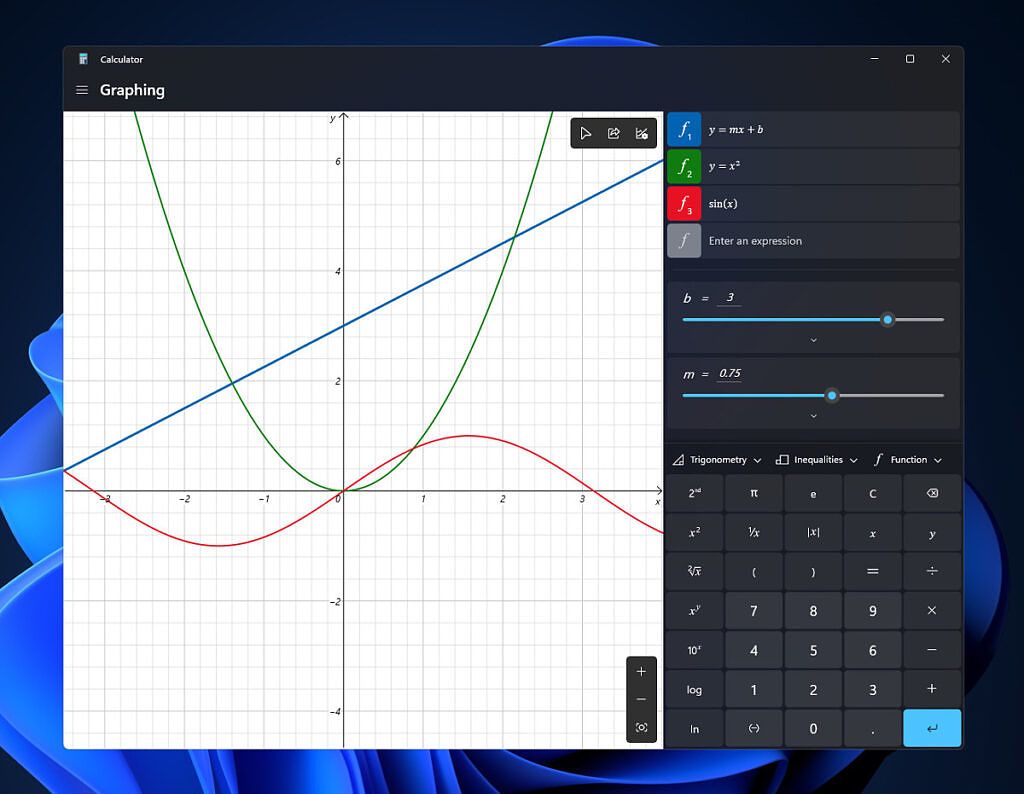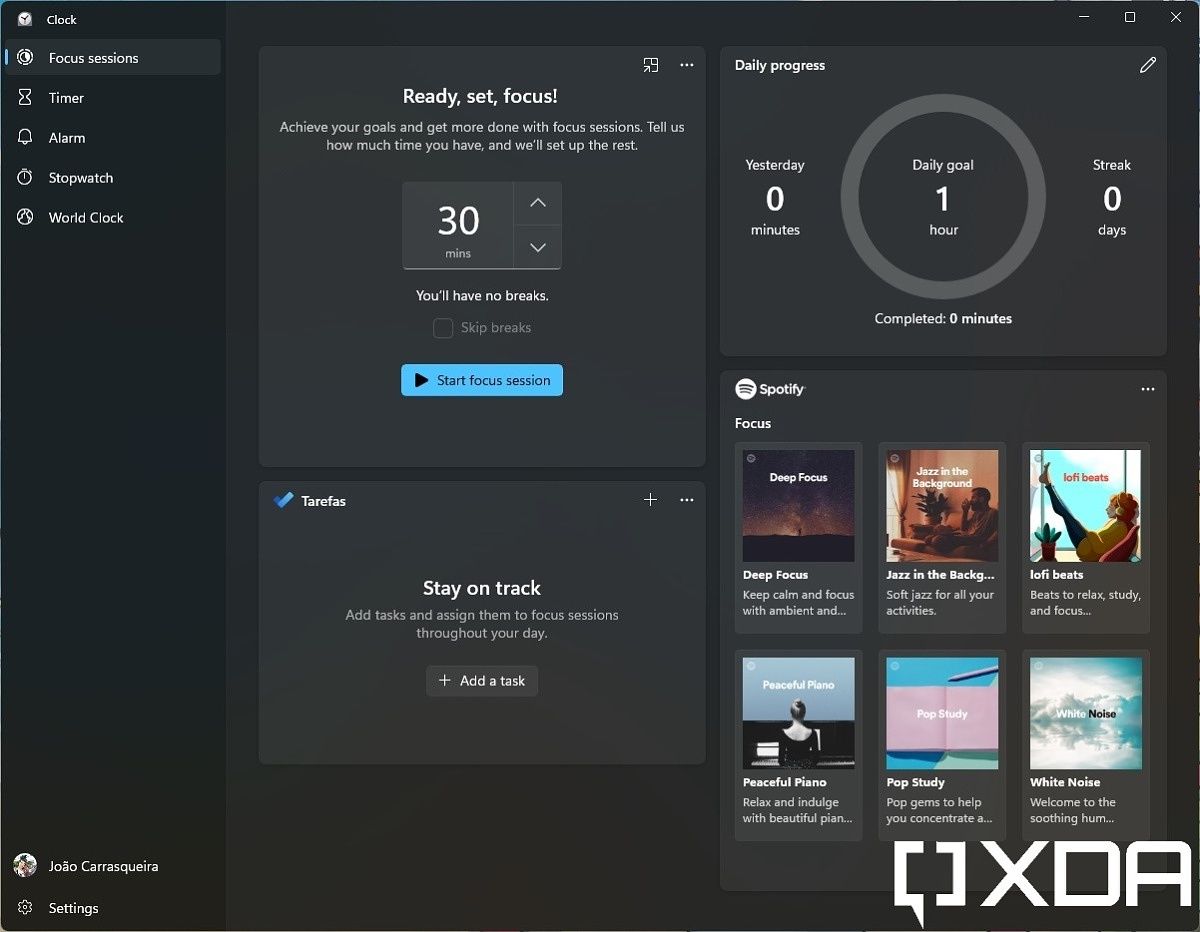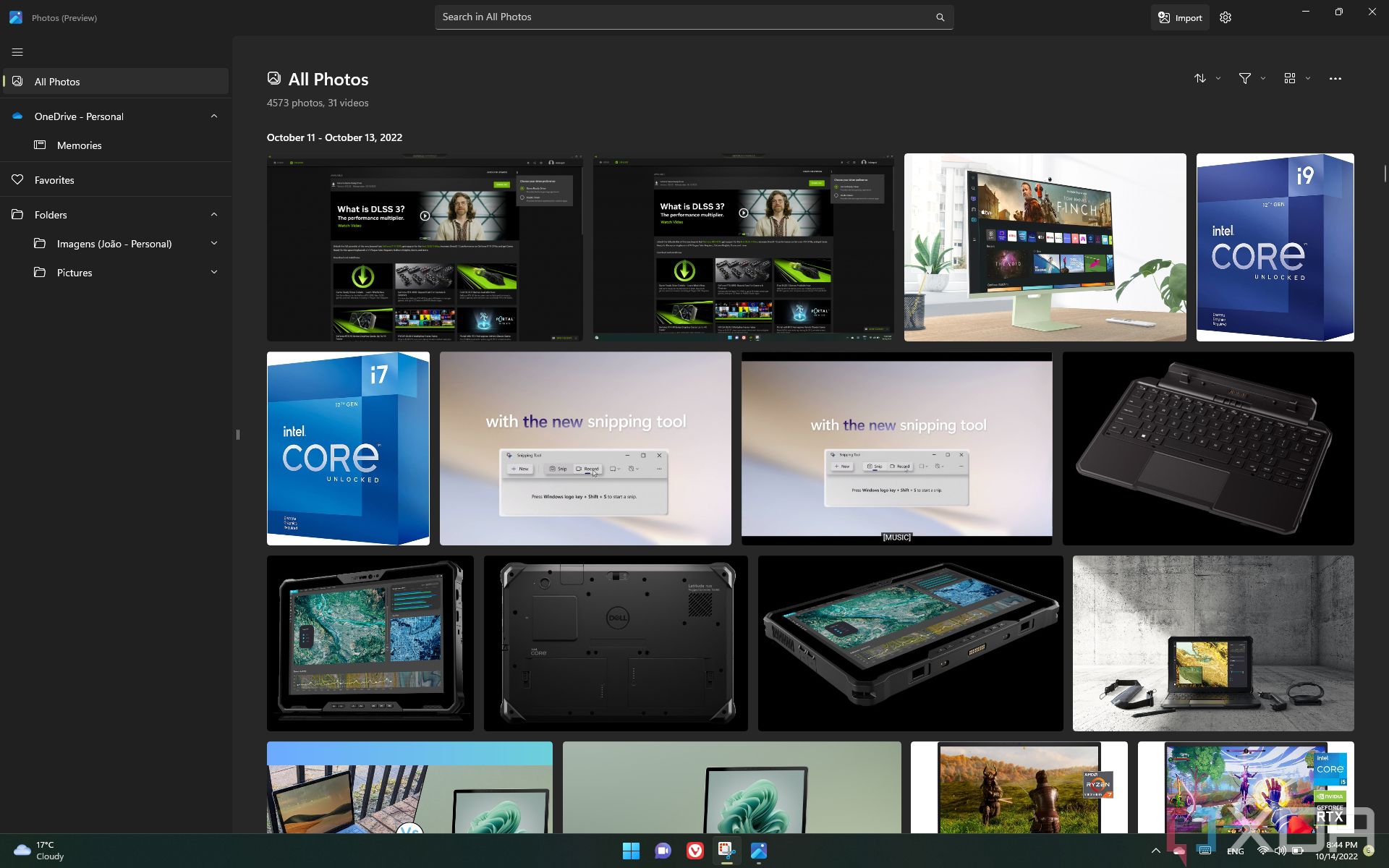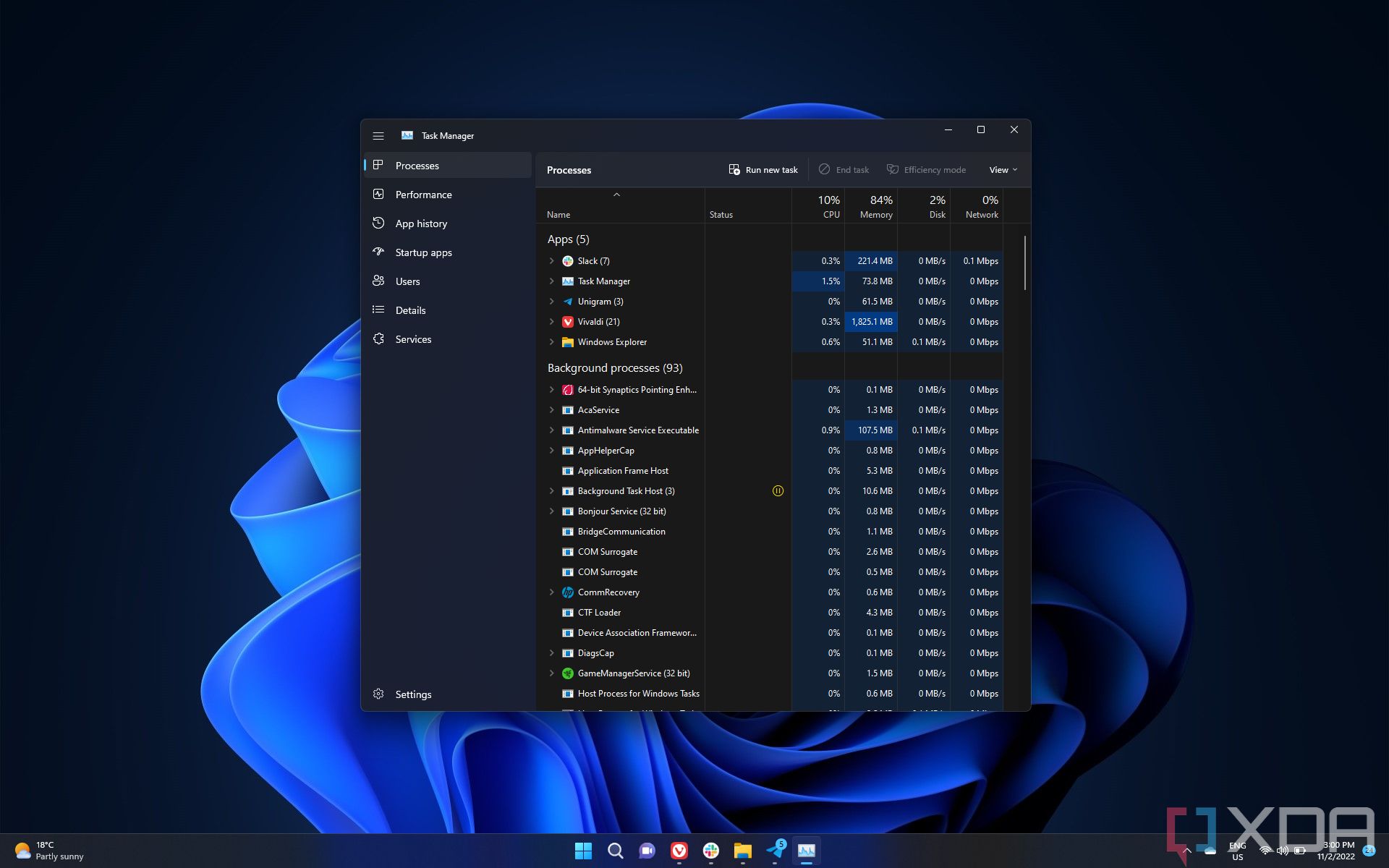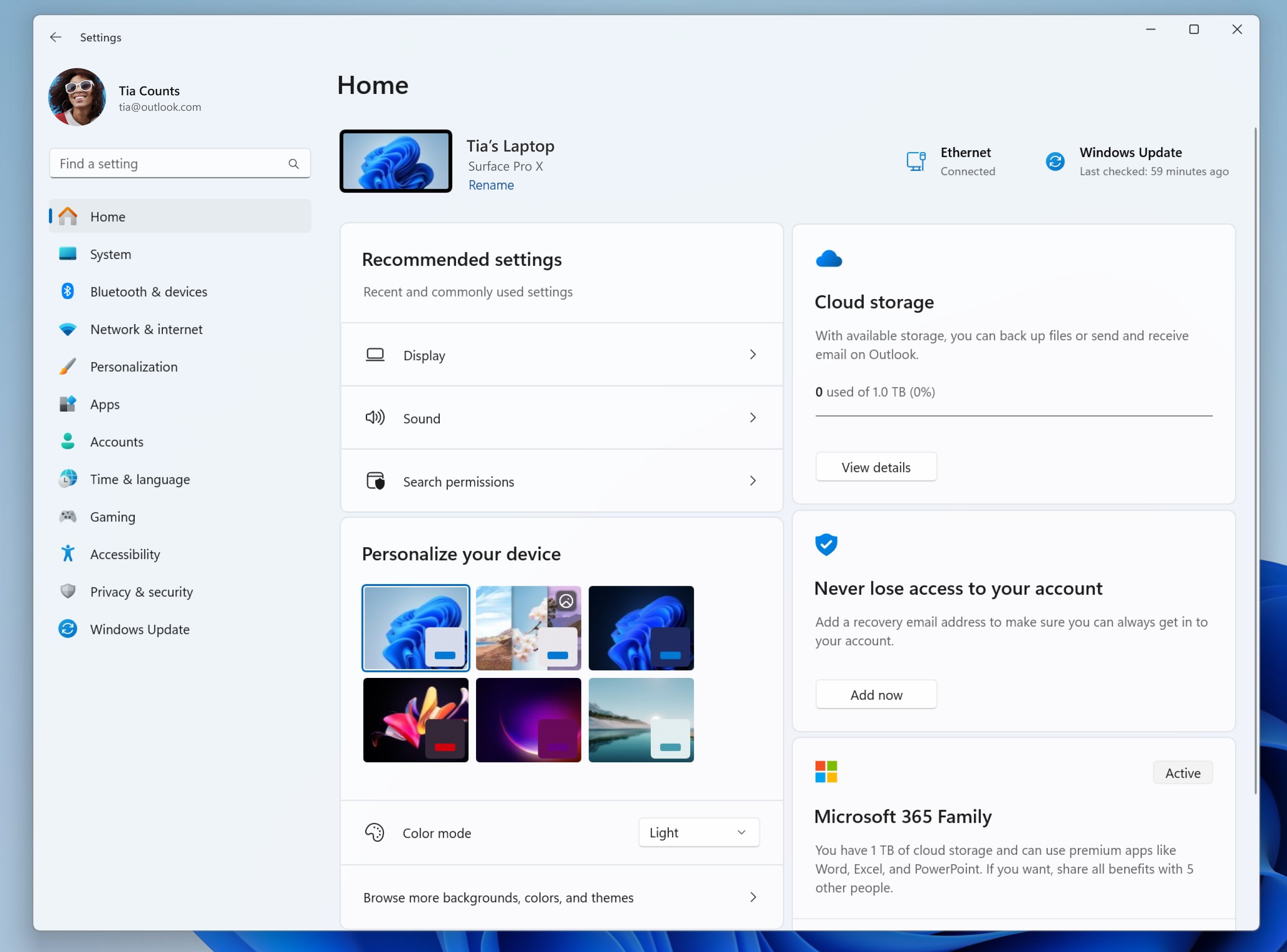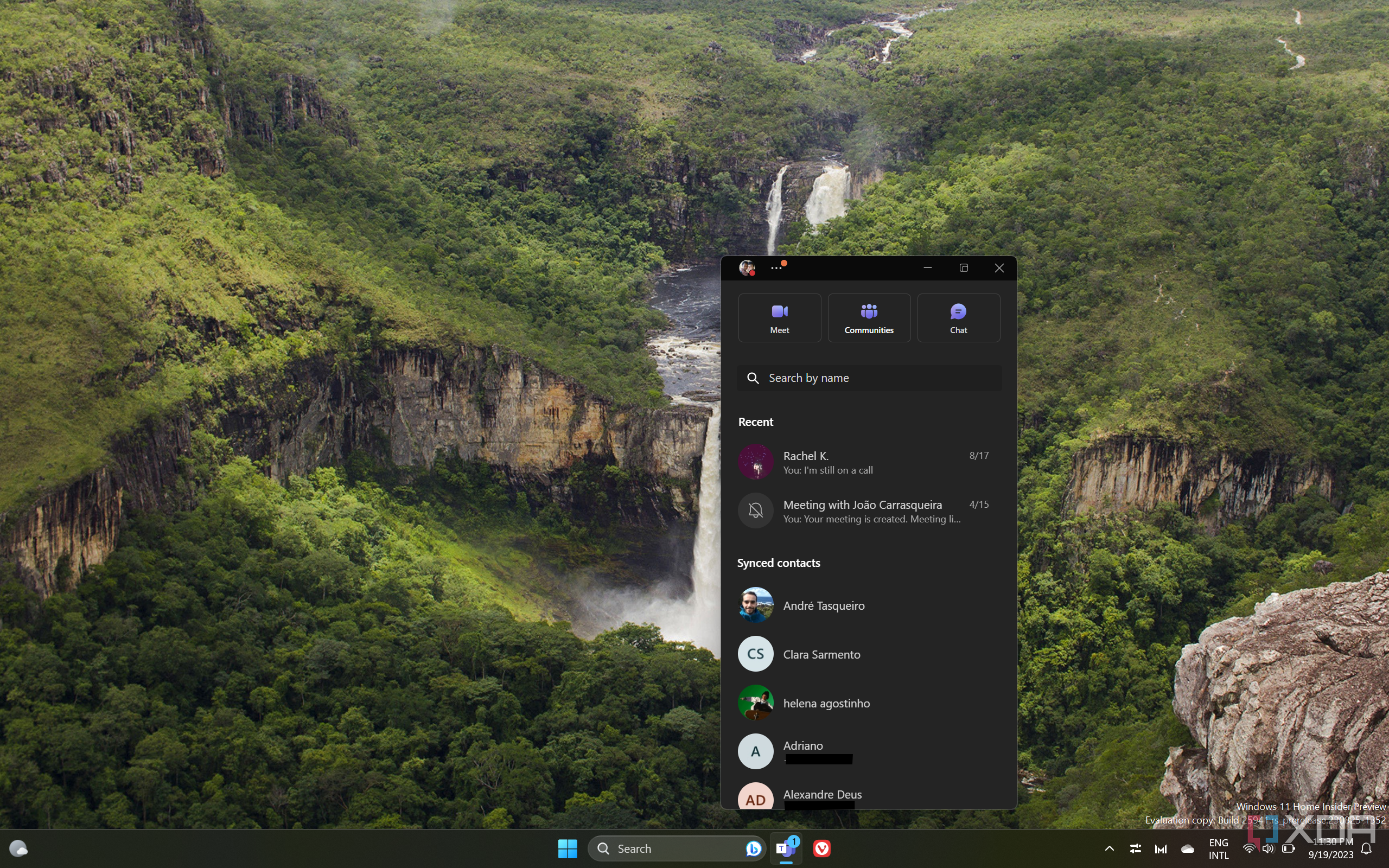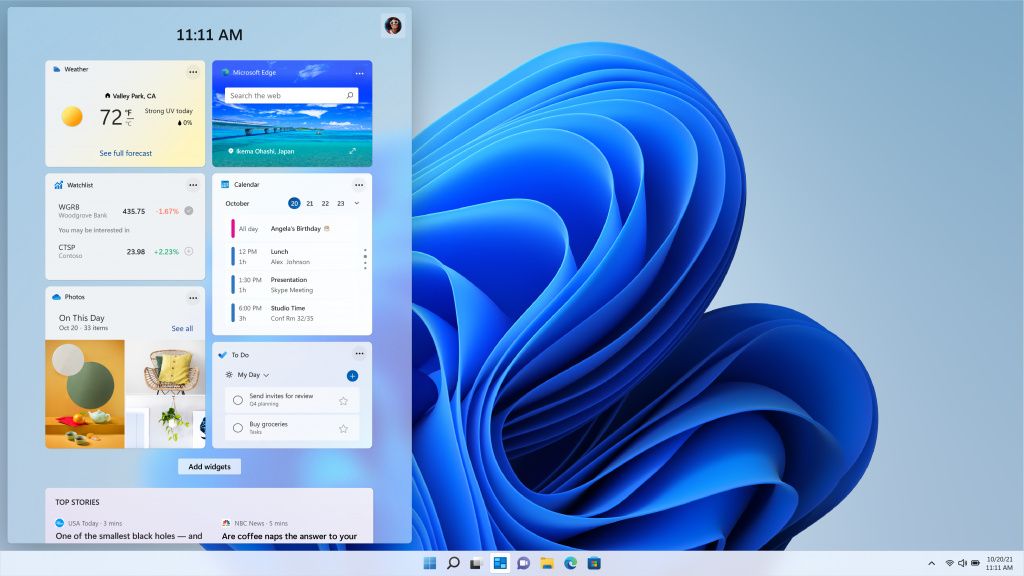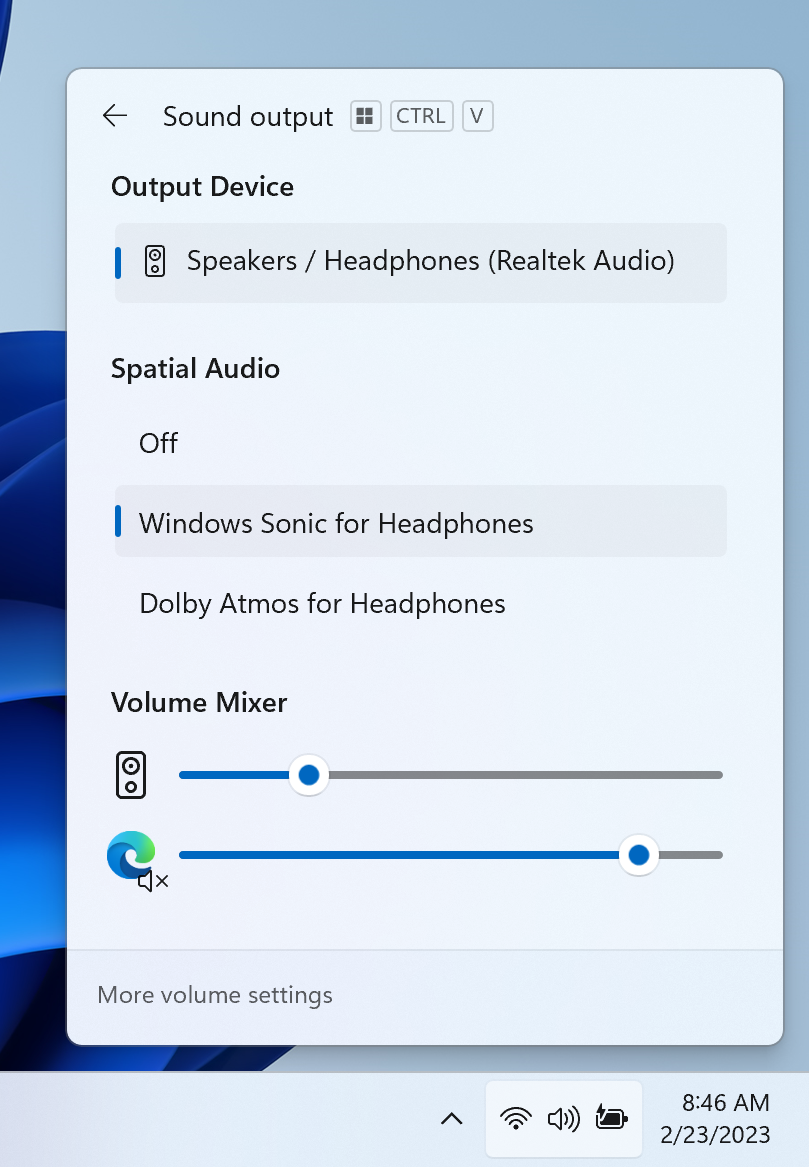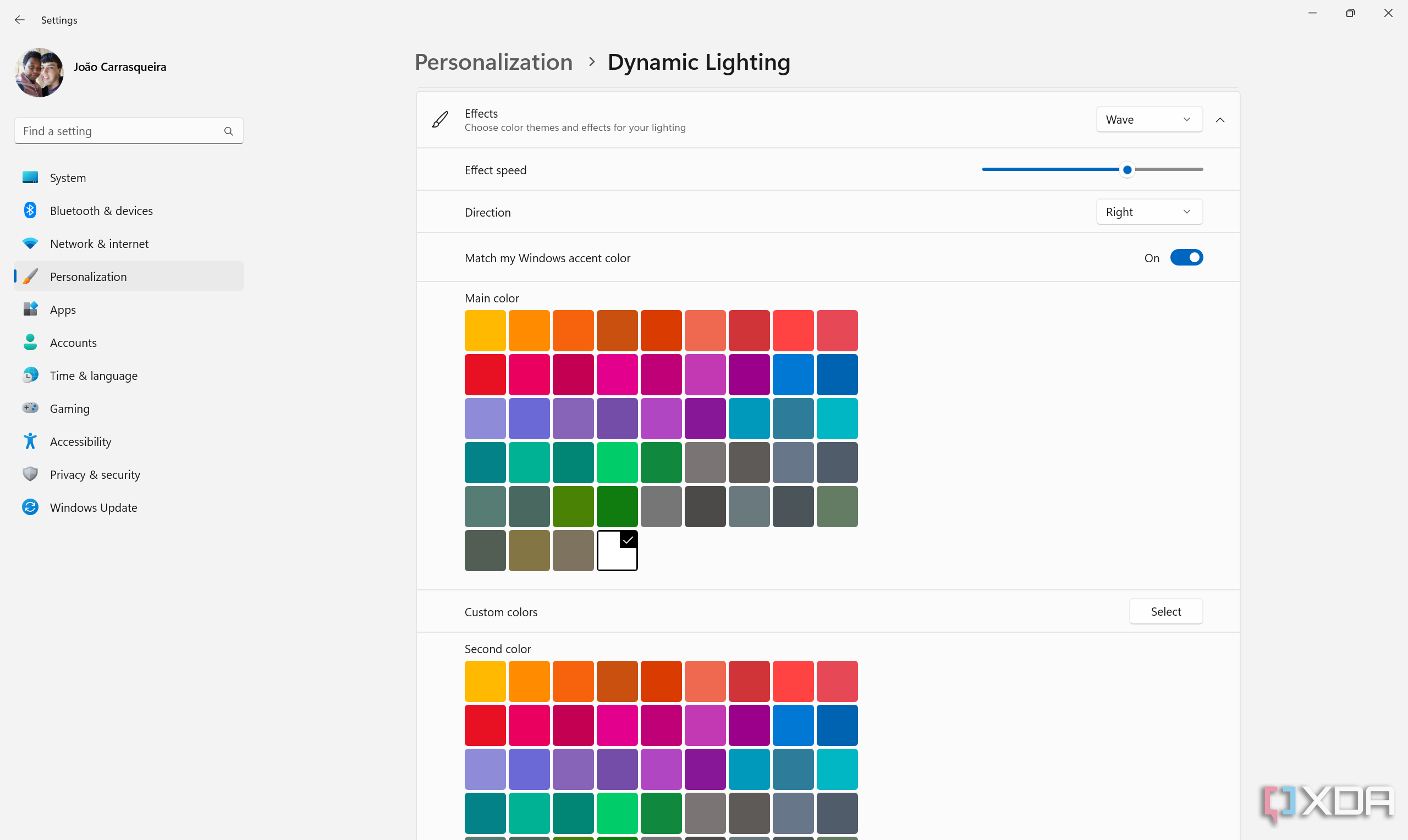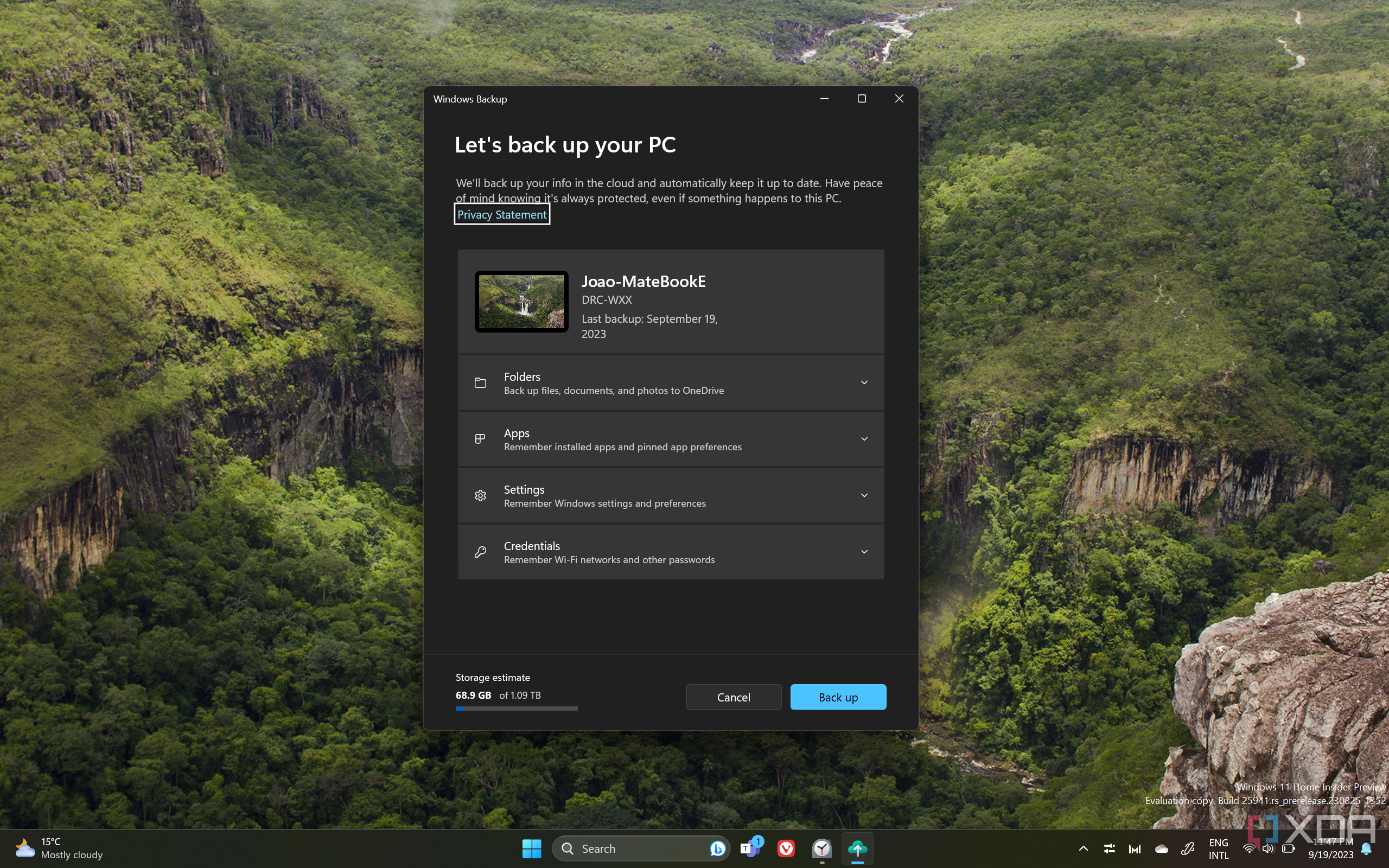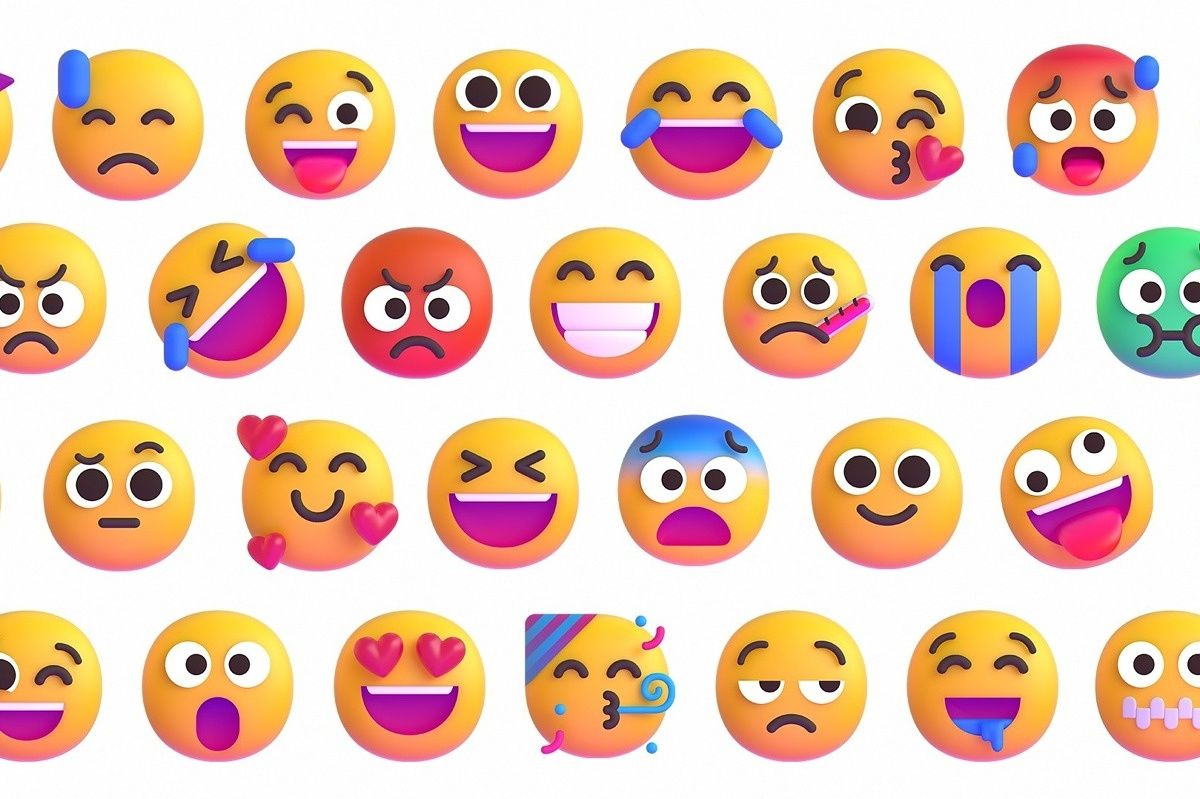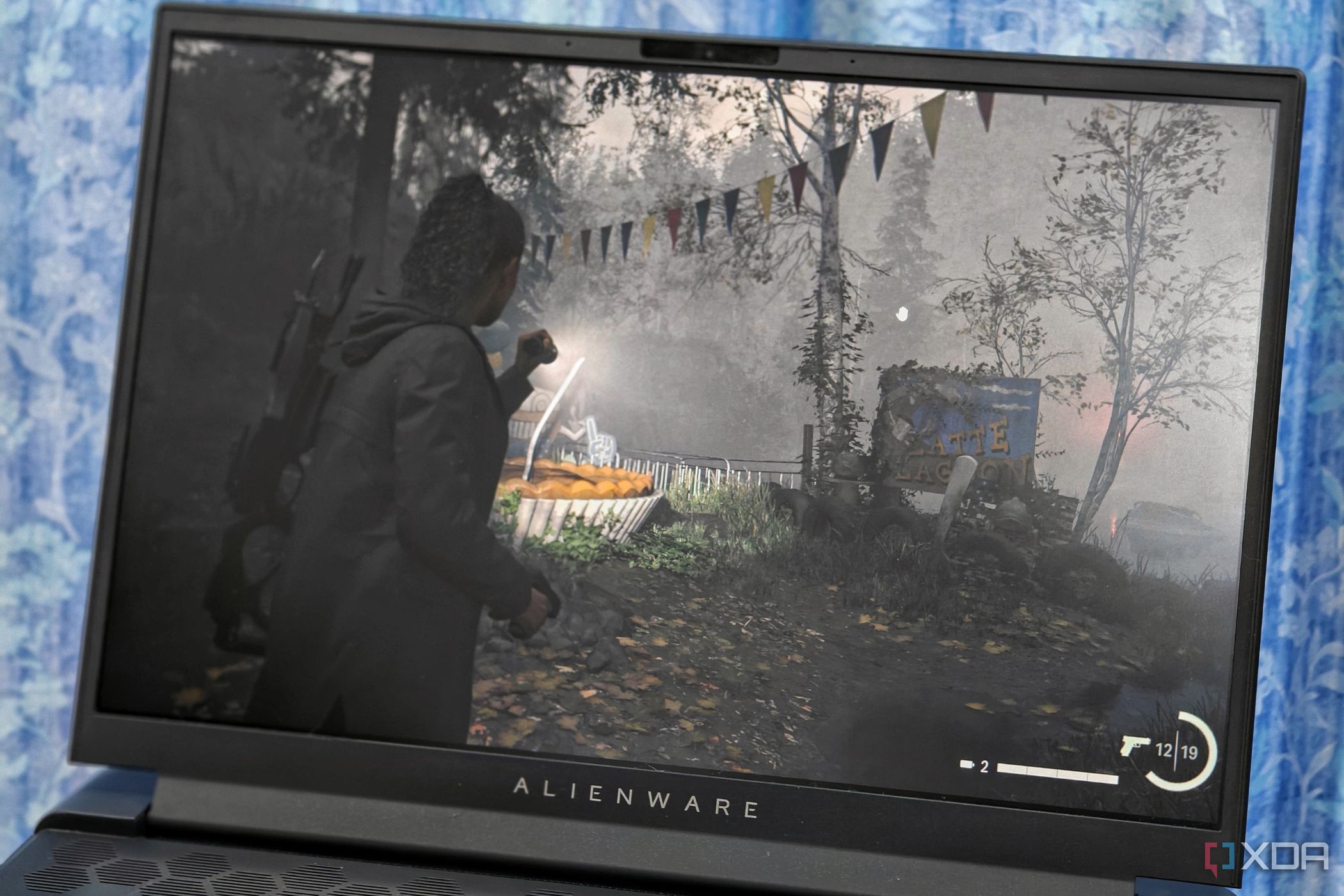Quick Links
Windows 11 is the latest version of the most popular desktop operating system in the world, and arguably the best one yet. It first came out in late 2021, but it's been constantly evolving ever since. Compared to Windows 10, it comes with an all-new look and feel, along with a lot of new features.
Since its original release, Windows 11 itself has seen a fair number of changes, with big updates like version 22H2 and version 23H2. It's an always-evolving operating system, and that means it's a good idea to keep up with what's being added over time.
When was Windows 11 released?
After introducing Windows 11 on June 24, 2021, Microsoft officially began rolling it out to the public on Oct. 5. That means everyone with a supported PC should be able to get it right now by just heading into the Settings app and checking for updates. There's also a good chance you've seen Windows 11 be offered to you if you have a supported PC and haven't upgraded yet. The upgrade is totally optional, however.
You'll need a PC that meets the minimum requirements to be supported on Windows 11, which are quite different compared to Windows 10. Check out our guide for getting started with installing Windows 11. If you want to try out some workarounds for installing it on unsupported PCs, we have a guide for that too. Be careful, though. While Microsoft will let you install Windows 11 on an unsupported PC, you're putting yourself in an unsupported state that might become a problem if something stops working.
As we've mentioned above, Windows 11 also gets frequent updates that add features every now and then. For example, Android app support began rolling out in February 2022, and later that year, we got Windows 11 version 22H2 with a ton of big changes. Microsoft released multiple smaller feature updates (called "Moment" updates) throughout 2023 with version 23H2 launching near the end of the year. More moment updates may also come in the future.
Can my PC run Windows 11? Is it a free update?
Windows 11 is a free update for Windows 10 users, and that's not meant to be temporary like the original Windows 10 upgrade was. Unfortunately, the system requirements are higher for Windows 11. There's no more 32-bit support, and older CPUs aren't supported. You also need at least 4GB RAM and 64GB storage. The biggest roadblock for many is the requirement of TPM 2.0, which many custom desktop PCs didn't have before Windows 11.
Here's the list:
|
Processor: |
1GHz or faster with 2 or more cores on a compatible 64-bit processor or System on a Chip (SoC) |
|---|---|
|
RAM: |
4GB |
|
Storage: |
64GB or larger storage device |
|
System firmware: |
UEFI, Secure Boot capable |
|
TPM: |
Trusted Platform Module (TPM) version 2.0 |
|
Graphics card: |
Compatible with DirectX 12 or later with WDDM 2.0 driver |
|
Display: |
High definition (720p) display that is greater than 9 inches diagonally, 8 bits per color channel |
|
Internet connection and Microsoft accounts: |
Windows 11 Home requires internet connectivity and a Microsoft account to complete device setup on first use. Windows 11 Pro requires an internet connection and a Microsoft account when set up for personal use. Switching a device out of Windows 11 Home in S mode requires internet connectivity. For all Windows 11 editions, internet access is required to perform updates and to download and take advantage of some features. A Microsoft account is required for some features. |
Microsoft also changed the CPU requirements, and many older processors are no longer supported. Yes, the table above does mention the minimum CPU specs, but there's actually a list of supported processors this time, and it's way more restrictive. Basically, AMD Zen 1-based processors are out of the question, and on the Intel side, anything older than the 7th-generation of Intel Core processors is also not supported. In fact, only a few 7th-generation models are supported, including Xeon processors and the Core i7-7820HQ processor inside the Surface Studio 2.
The company is also going to let you install Windows 11 on unsupported hardware if you use an ISO. However, you might not receive updates after that, as you'll be considered to be in an unsupported state.

Here are the CPUs that are compatible with Windows 11
Microsoft has published the CPU requirements for its upcoming Windows 11 update, and it eliminates a lot of older processors.Do I have to upgrade to Windows 11?
The short answer is no. Microsoft isn't going to force anyone to upgrade to Windows 11. For the past few years, Microsoft is no longer automatically installing feature updates on PCs for the most part. Instead, when you check for updates in Windows Update, it simply tells you that a feature update is available if you want it, and you can opt into taking it. The only time Microsoft forces a Windows 10 feature update is if the one you're on is nearing the end of support.
Windows 10 is supported until near the end of 2025, so you won't have to worry about being forced into Windows 11 for a while longer. With that being said, Windows 10 is no longer getting any major new features, so if you want to have the latest and greatest, you'll need to upgrade. Unless, of course, you're willing to pay for extended security updates.
While it's not mandatory, Microsoft does encourage users to upgrade to Windows 11 if they have a supported PC, and you might get some notifications to upgrade. However, you can always decline.
Does Windows 11 get feature updates? What are versions 22H2 and 23H2?
Just like Windows 10 before it, Windows 11 is serviced with various updates. The basic ones are, of course, cumulative updates, which focus on fixes and security enhancements. However, Windows 11 also receives feature updates, which are meant to add new functionality. Microsoft announced this would be the case before Windows 11 even came out, and we've seen it over the past couple of years.
Starting in September 2022, Windows 11 received an update to version 22H2, which added a ton of new features like more advanced touch gestures, folders in the Start menu, tabs in File Explorer, and more. This was the first major feature update the operating system received.
Throughout 2023, Microsoft has also rolled out what are called Moment updates, which include sets of features bundled in regular cumulative updates. Through this method, we've seen features like the ability to copy 2FA codes from notifications arrive in the Moment 3 update or an improved tablet mode introduced with Moment 2.
Most recently, Microsoft began rolling out many new features as part of what would normally be called Windows 11 version 23H2, though you may see it referred to as Moment 4. Microsoft actually added most of the new features to Windows 11 version 22H2 through a cumulative update, but they'll usually be associated with version 23H2 because they launched around the same time.
In 2024, we're also going to get more Moment updates as well as Windows 11 version 24H2.
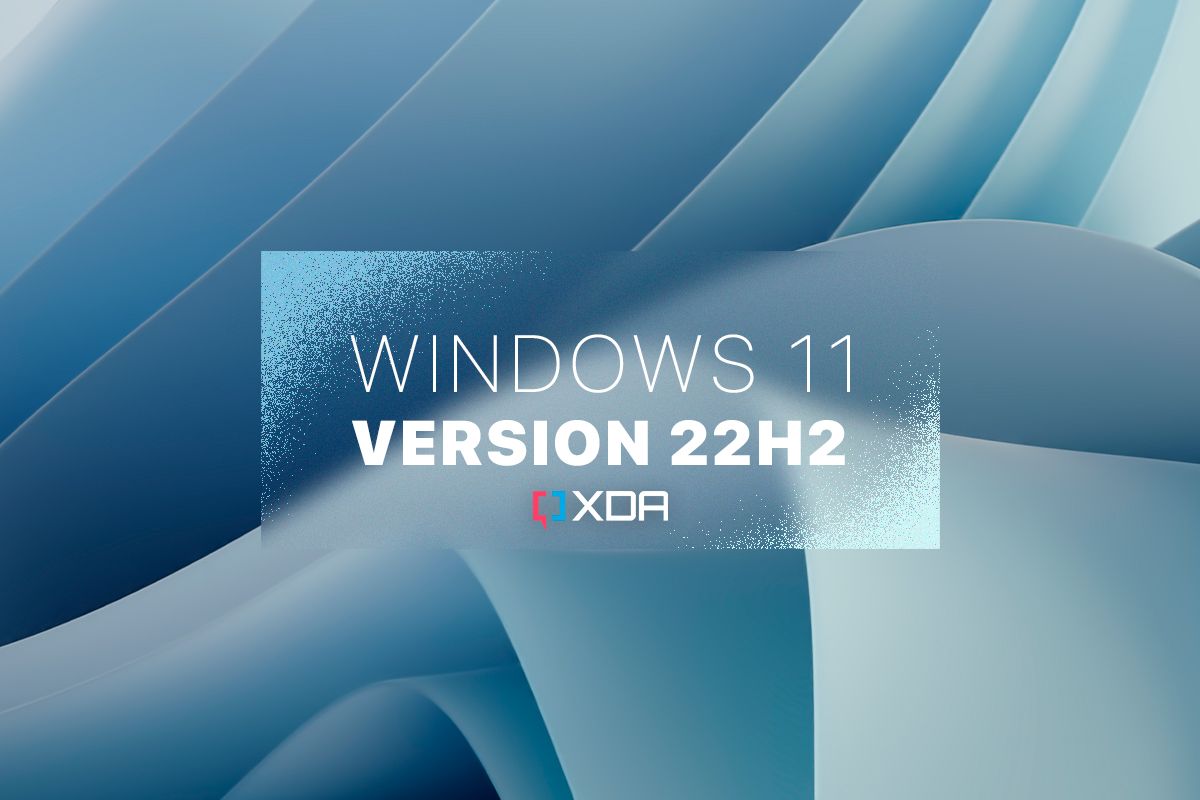
Windows 11 version 22H2: Everything that's new
Microsoft is preparing to release Windows 11 version 22H2 in the near future, so what can you expect from it? Here's everything we know.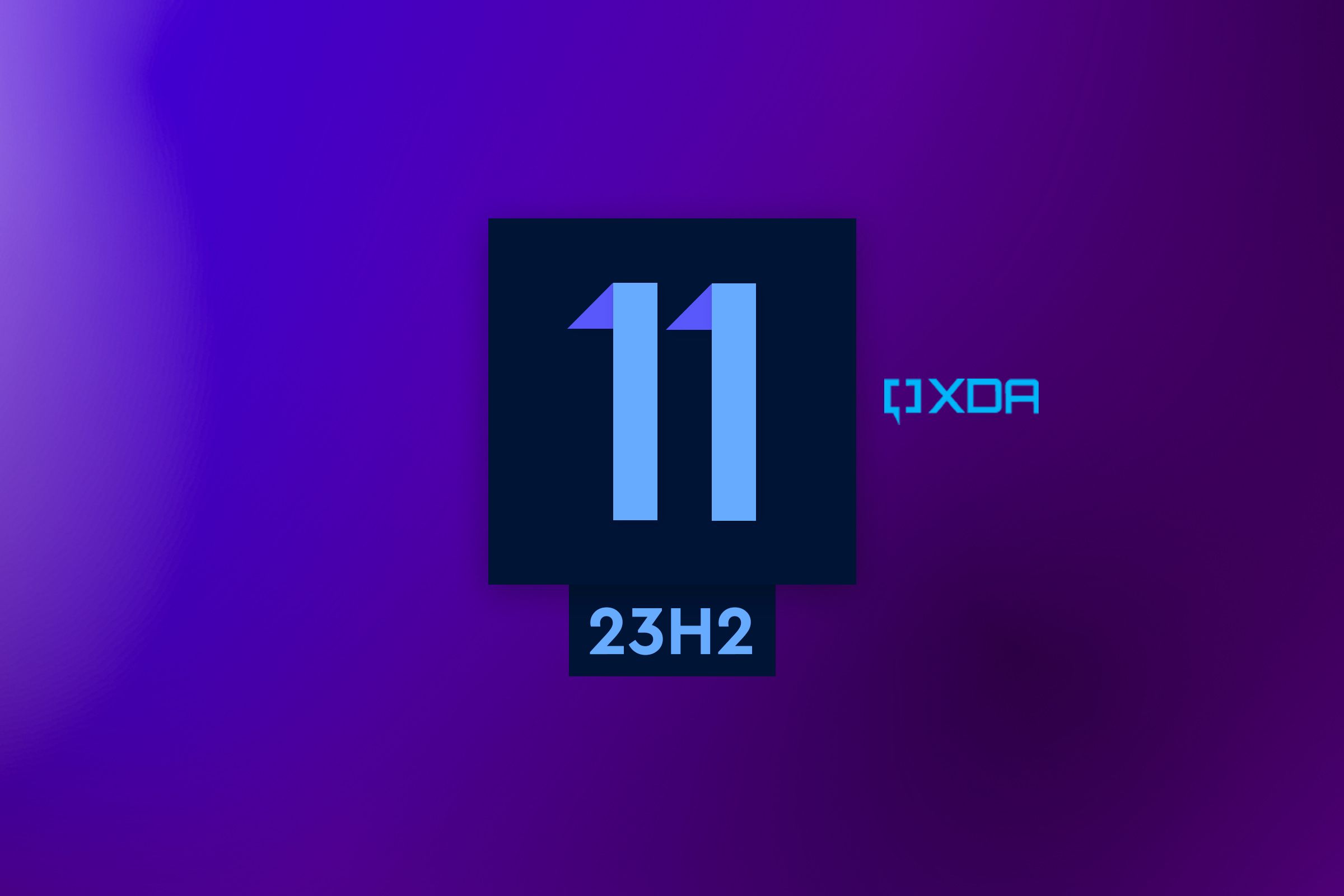
Windows 11 version 23H2: Everything you need to know
Microsoft is preparing the next big update for Windows 11, with features like native RGB controls and Windows Copilot.Is Windows 11 the true final Windows version? Will there be a Windows 12?
Since Windows 10 was promised to be the last version of Windows, supported only by a continuous stream of feature updates, we were all a bit surprised when Windows 11 showed up. Windows 11 is still getting feature updates like version 22H2, so that begs the question if there will be a Windows 12 at some point. As it stands, there's no indication that this will happen anytime soon.
For the past few years, we've been expecting Microsoft to release Windows 12 at some point in 2024, but recently, the company confirmed that this update will instead be known and Windows 11 2024 Update. Despite the name not being Windows 12, this is still the same update we would have gotten otherwise, though. There's a big emphasis on AI, with new features for Copilot in the works, including a rumored "advanced Copilot" that will live on every surface of Windows. The Windows 11 2024 Update is also based on a whole new Windows platform, just like Windows 11 was after Windows 10, and it's far more optimized for Arm devices, such as those launching with the new Qualcomm Snapdragon X Elite.
As to whether there will be a proper Windows 12 at some point, that's now harder to say. It's possible that it will happen later on, but only time will tell.
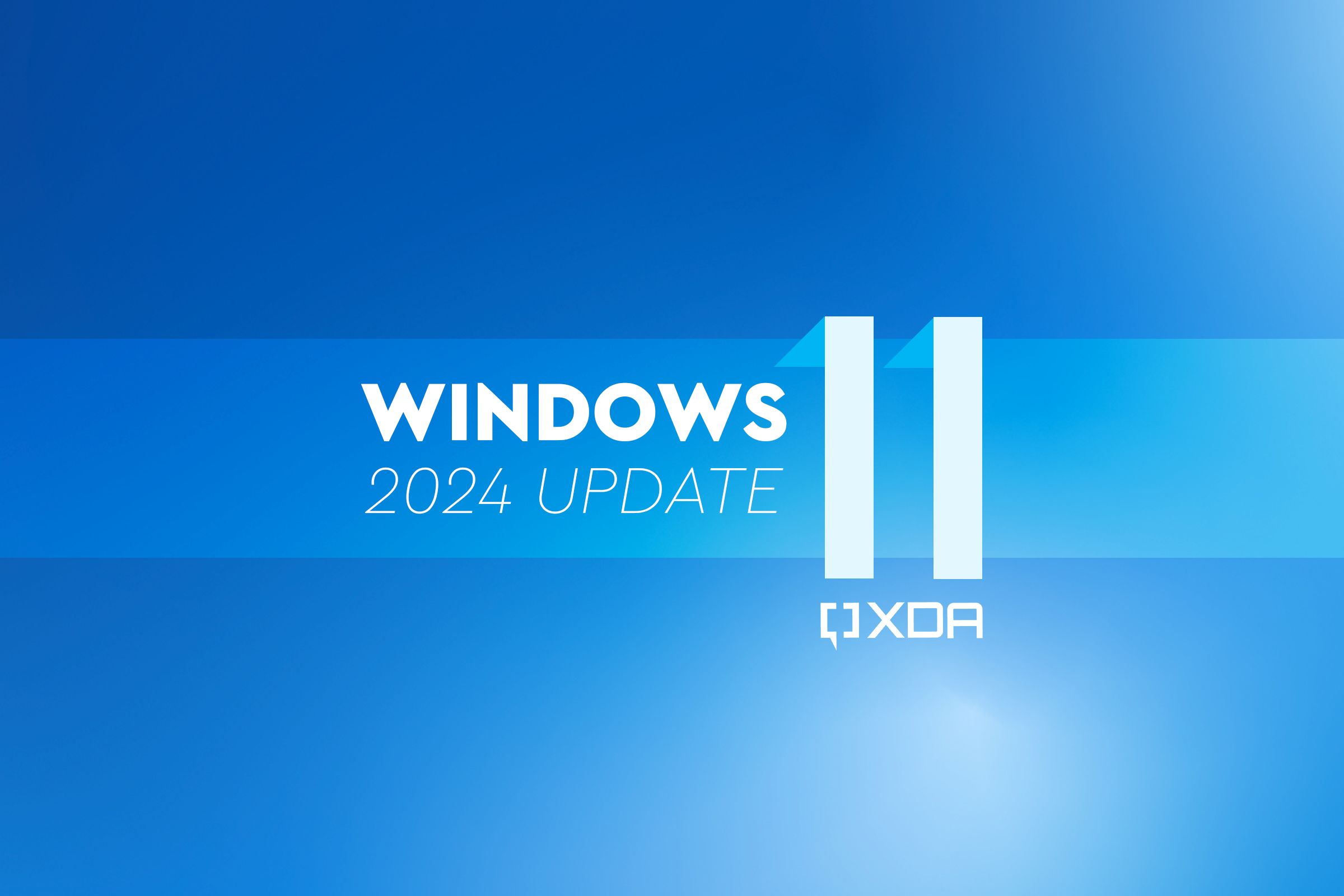
Windows 11 2024 Update: What's new and why it's not Windows 12
The Windows 11 2024 Update will bring a ton of changes to the operating system, including better support for Arm devices.How long will Windows 11 be supported?
As we mentioned above, support for Windows is governed by Microsoft's Modern Lifecycle Policy, as well as the Microsoft Fixed Lifecycle policy. Similar to Windows 10, each Windows 11 version has its own support period, and you have to keep installing new ones to stay supported. For Windows 11 Home and Pro SKUs, that support period is 24 months, while Enterprise and Education SKUs get 36 months of support.
The initial release of Windows 11, version 21H2, is no longer supported because it launched in October of 2021, so Windows 11 users should all be running version 22H2 by now. But that version will run out of support at the end of this year, so those users will soon have to upgrade to version 23H2 (or newer), too.
Windows 11 as a whole, however, doesn't have an end-of-support date yet. According to Microsoft's Fixed Lifecycle Policy, Windows 11 should be supported for a minimum of 10 years, as long as you have the latest version of the OS. With that being said, Microsoft has left the end-of-support date open-ended, as feature updates may end up extending the lifetime of the operating system past that minimum.
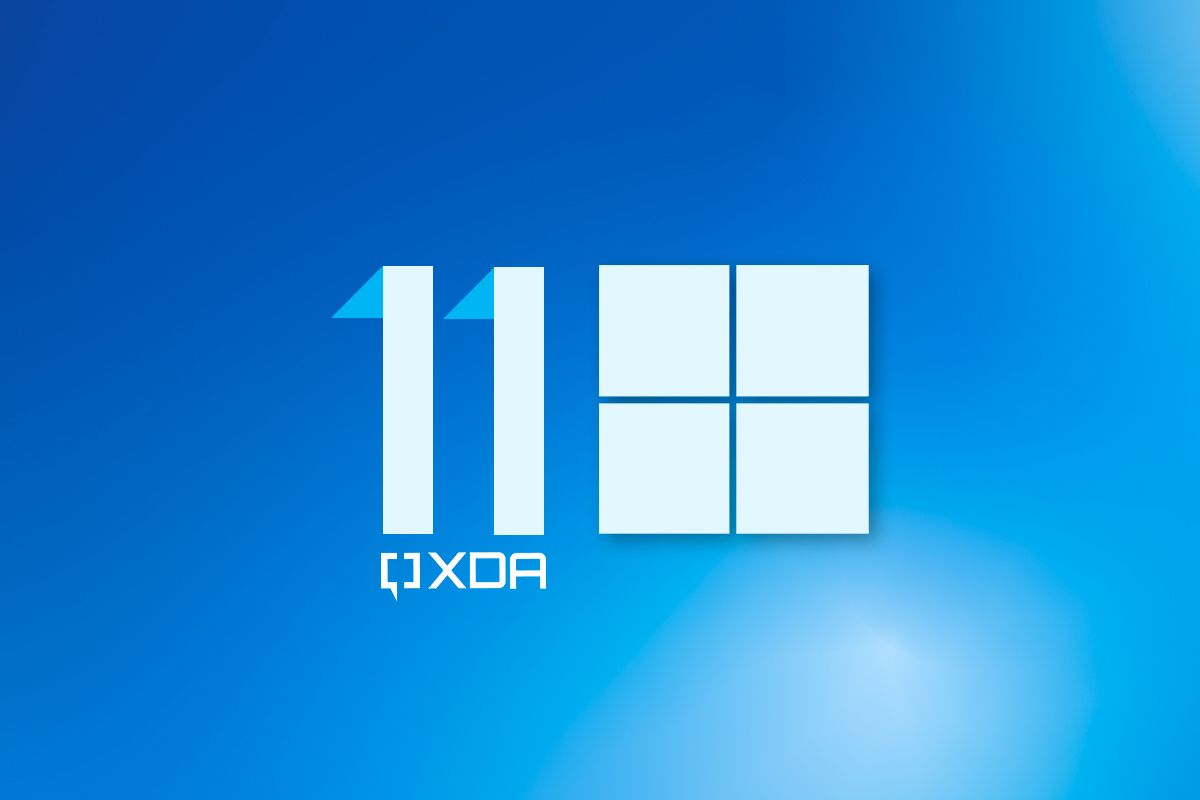
How long will Microsoft support Windows 11?
Wondering how long Microsoft's latest operating system will be supported? Here's what we know about the Windows 11 support period.What is new in Windows 11?
Windows 11 is a big visual overhaul compared to Windows 10. It has rounded corners, a new Start menu, a new Settings app, new transparency effects, and it's just more colorful overall. Of course, there's a lot more that's new, and even more so with the subsequent feature updates, such as version 22H2 and 23H2.
Microsoft Copilot brings AI to your desktop
Microsoft has been all-in on AI recently, and Windows 11 is one of the big showcases for it, starting with version 23H2. This update adds the new Copilot AI assistant, which lives on the taskbar and next to your desktop at all times. Copilot leverages the same technology as Bing chat, meaning you can ask it complex questions and refine your query to get the exact information you need.
Copilot in Windows 11 goes a bit further, though. It can also take your input and take actions directly in Windows itself. For example, you can ask it to open an app, turn on dark mode, or start a focus session. It also recognizes when you take a screenshot of something, and it lets you instantly add that image to the conversation so you can ask it to describe the image or generate a similar one.
Copilot is still in preview, though, and these capabilities should grow even more as time goes on.
There's even more AI in Windows apps, too. Snipping Tool now supports text recognition and even has a quick redact feature to hide numbers and emails. Photos now has features like background blur, and it can recognize people and scenes in photos, so you can easily find pictures by searching for a description of them.
It's worth noting that Copilot is also coming to Windows 10, which is the only feature Microsoft has added to the old OS since 2021.
Tabs in File Explorer and Notepad
Microsoft has added some huge new features in Windows 11 version 22H2, starting with tabs for File Explorer and Notepad. Indeed, both apps now have a tabbed interface, like what you might expect from a web browser. This makes it easier in File Explorer to manage your files without having to open multiple windows, and for Notepad, developers can open more files at once.
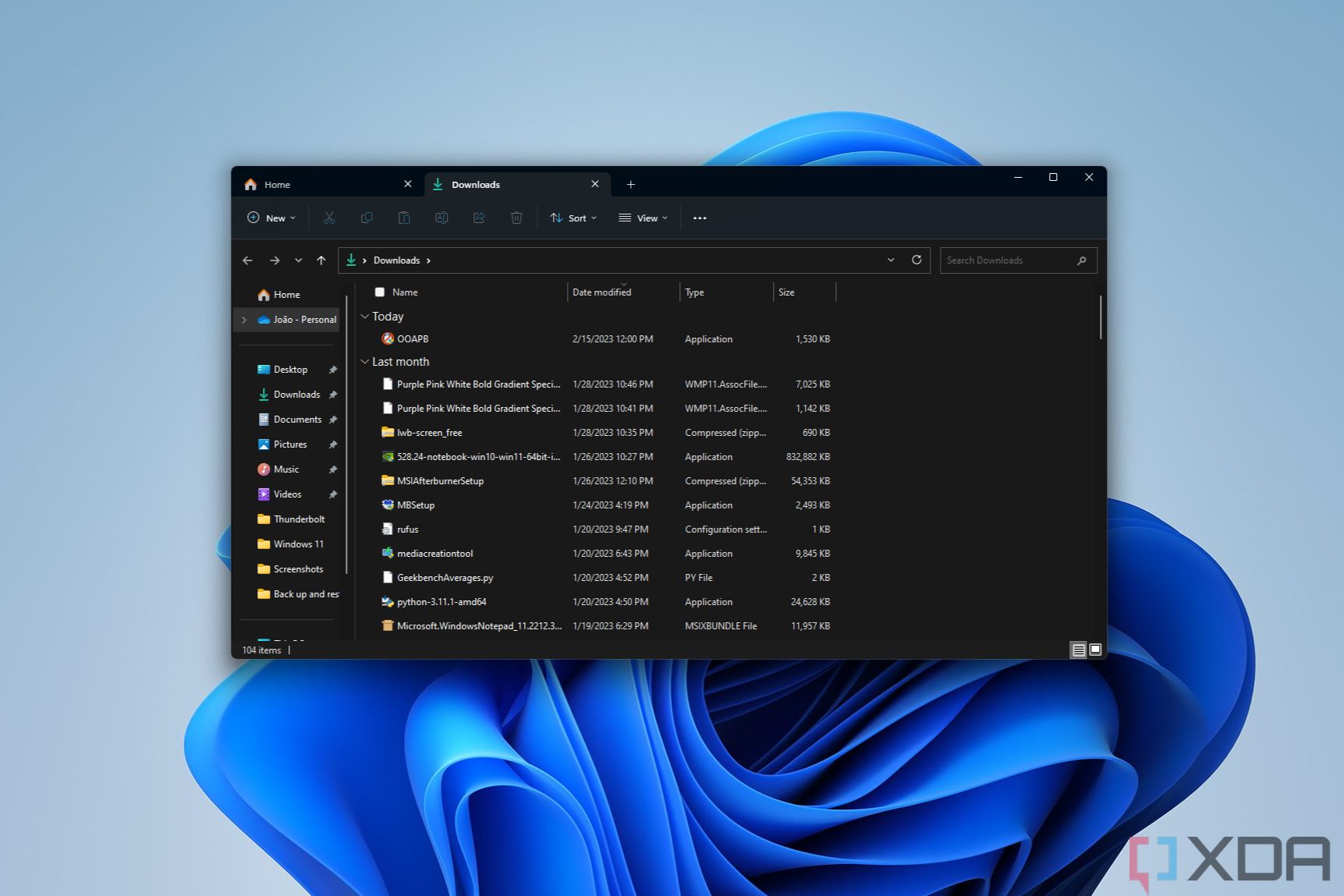
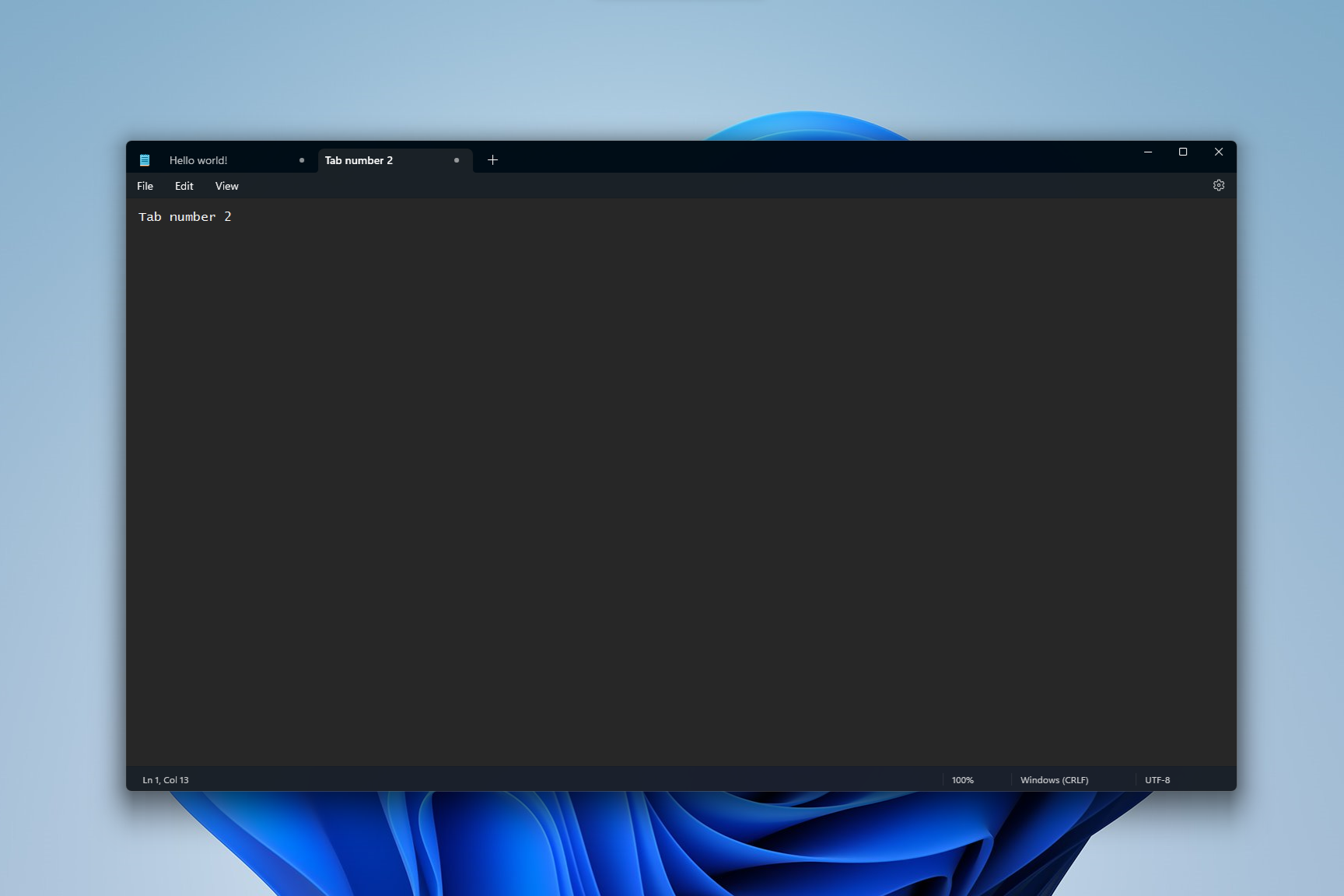
Windows Studio Effects
Windows Studio Effects is a set of features powered by artificial intelligence that are available for certain devices with neural processing units (NPU). They let you change the way you look on camera, such as by blurring your background, automatically keeping you in frame, or using eye contact, which corrects the position of your eyes to make it appear like you're looking directly at the camera. There's also a voice effect called voice focus, which filters out background noise. These features initially showed up in the Settings app, but now, you can also access them through the Quick Settings panel on the taskbar.
Android apps
Another big addition to Windows 11 is support for running Android apps on Windows. This is possible thanks to the Windows Subsystem for Android and a partnership with the Amazon Appstore, which makes it easier to install these Android apps on your Windows PC.
While the Amazon Appstore is the official way to install Android apps on Windows 11, you can also sideload Android apps using the Android Debug Bridge (ADB). There are even apps, such as WSATools, designed to make it easier to install Android apps on Windows 11. Because the Windows Subsystem for Android doesn't ship with Google services, some apps may not work, but there are ways to work around that.
The Amazon Appstore on Windows 11 debuted in early 2022 for U.S. users and is now supported in 31 countries. If you're not in one of those countries, you can still install the Windows Subsystem for Android and sideload apps using other methods.
A big visual overhaul with rounded corners
Windows 11 also brings a huge visual overhaul compared to Windows 10, which was arguably long overdue. Windows 10 looked very similar for nearly six years, and Windows 11 brings a lot of changes, starting with rounded corners throughout the UI, which are meant to make it feel welcoming.
There's a brand-new Start Menu, too, which gets rid of the square tiles in favor of more prominent app icons, and it has a more modern look overall. By default, the Start menu and the taskbar are also at the center of the screen now, though you can move them back to the left side if you don't like that.
Other parts of the UI have also been refreshed, including the File Explorer, and there are many new icons throughout the OS that are a bit more colorful. Many built-in apps also have new icons that follow the same guidelines, so they're more colorful and three-dimensional. Microsoft has also redesigned the context menus in places like the taskbar and File Explorer to make them look more modern.
With later updates, Windows 11 also got a more consistent design, with elements like the volume and brightness indicators being updated to a new look, a
Optimizations for touch devices
It's not just about a new look, though. The way you interact with the UI will be different as well. A big focus here is making Windows better for touch, which Windows 10 always struggled with. Indeed, while Windows 8 was all-in on touch, Windows 10 felt like it scaled back a bit too much. Windows 11 supports new touch gestures, especially with the update to version 22H2. You can do things like open and close the Start menu, the notification center, the quick settings panel, and more.
Starting with the "Moment 2" update for Windows 11 version 22H2, there's also a new collapsible taskbar that becomes smaller to adapt to tablets and takes up less space. This new taskbar still shows information like the time and battery info, and if you want to see your app icons, you can swipe up from the taskbar to see all your open apps.
Snap Layouts and Snap Groups
Windows 10 brought us Snap Assist and Windows 11 is bringing us Snap Layouts and Snap Groups. This is a cool one. In Windows 11, you can hover over the maximize button and be presented with layout options.
You can select one of the tiles in the layouts, and your app will snap to that position on the screen. Snap Assist will help you fill in the rest. While this is useful for everyone, it should be particularly useful for those that use ultra-wide monitors. Microsoft has never supported three apps side-by-side before.
In Windows 11 version 22H2, there's another way to access Snap Layouts. You can drag your app window to the top of the screen to see all the layouts show up, then drag the window into the layout you want. This can be useful for any device, but it's especially interesting for touchscreens, which wouldn't be able to use the maximize button to access these layout options.
Snap Groups keeps your snapped windows stored. In other words, if you minimize all of your windows and then hover over the app in the taskbar, you'll see an option to put all snapped apps back in their positions.
A new Microsoft Store
One of the big focus points of Windows 11 is to "unlock greater economic opportunity for developers and creators." That leads us to a new Microsoft Store.
Microsoft wanted to attract desktop apps to the Microsoft Store with Windows 10, but that didn't work out quite how the company wanted. With Windows 11, there are some big changes. Developers can submit their apps without packaging them, and they can also host them on their own CDN, meaning that they don't have to be distributed by Microsoft, just through the Microsoft storefront. For apps being distributed independently, you'll see a warning that says who's publishing and updating the app.
This is opening up the Microsoft Store in a big way. Previously, big-time apps like Google Chrome were left out because of Microsoft's own rules. Now, putting your app in the Store is a lot easier. Speaking of web browsers, developers no longer have to use the platform engine. Any browser can now be distributed through the Microsoft Store, with Mozilla Firefox being a notable example.
The big point is that Microsoft doesn't care what kind of app you make. It can be Win32, .NET, UWP, Xamarin, Electron, React Native, Java, a PWA, or something else, and Microsoft wants it in the store. There are already a lot of new apps available on the Microsoft Store in Windows 11, including Visual Studio, Adobe Creative Cloud, Disney+, and more.
The store as a whole is also just better, with a new design and new categories and collections meant to make it easier to find the kinds of apps you want.
Not only that, but developers can use their own commerce platforms. That means that your app can use the platform that earns you the most money, and your app can still be in the Store, so you're not tied to Microsoft's commerce platform and revenue-sharing model. That includes other app stores too. One of those examples is the Amazon Appstore, which is delivering Android apps. But the Epic Games Store is also in the Microsoft Store now.
Gaming improvements
Microsoft is laser-focused on gaming, and why shouldn't it be? It has the only viable PC gaming platform, a console play, and a cloud back end that's second to none. And as we know, if there's an Azure play to be made, Microsoft will make it.
Windows 11 has a bunch of gaming improvements. One is Auto HDR, a feature first included in Xbox Series X|S consoles and now coming to Windows. It automatically adds HDR to older games, as you can probably guess from the name.
Another feature being borrowed from the firm's latest consoles is DirectStorage. This requires a fast NVMe SSD and a modern GPU, but it allows assets to be decompressed much faster by using the GPU to decompress those assets instead of the CPU. Game developers will have to enable this in supported games, so not every title will support it, but it's a huge upgrade. It's also available on Windows 10, to be clear, but Microsoft says Windows 11 has exclusive improvements to the storage stack that make it even better.
Finally, Xbox Cloud Gaming is built into the Xbox app, so you can more easily play games using the cloud. Plus, since the Xbox app now runs on Arm devices, cloud gaming is easier than ever for those users, and this is pretty much the only cloud gaming service that officially runs on Windows 11 without needing a browser.
Updated apps with tweaked designs
Microsoft is updating inbox apps to include Windows 11 visuals, which means adding a bunch of rounded corners to things like Calculator. It also includes features like programmer mode, graphing mode, and support for over 100 units and currencies.
Of course, many other apps have also been updated with tweaked designs, including the Camera app, Mail and Calendar, and more. Others have had more significant redesigns and feature changes, too.
Clock with Focus Sessions
One of the big app updates with Windows 11 is a new Clock app with Focus Sessions. This feature is meant to help with concentration, and it lets you create a timer so that you can stay focused on work as long as that timer is running.
There are several pieces to this feature. You can set a timer for your Focus Session, and you can even link your Spotify for background music. It also integrates with Microsoft To Do, allowing you to sync up with your scheduled tasks. There's also a daily progress dashboard and a bunch of options to let you customize your Focus Sessions however you need them.
Microsoft actually integrated this feature deeper into the operating system with Windows 11 version 22H2, so you can start a focus session from the notification center or even the Settings app.
A beautiful new Photos app
Microsoft has redesigned the Photos app not once, but twice with Windows 11. Originally, Windows 11 came with a redesigned version of the app that still had many of the same features, though it had a refreshed design and some new additions, like a filmstrip at the bottom of the photo viewer to see all the photos in a group or folder.
Now, it has received an even more extensive redesign, with improved navigation on the homepage to make it easier to find your photos locally and on OneDrive. There's even a new integration with iCloud Photos, so you can see your photos from iCloud in the same place as all your other photos.
The new app also removes some superfluous features like the basic video editor, and that's because of another addition to Windows 11.
An all-new Snipping Tool
You might recall that with Windows 10, Microsoft spent a lot of time trying to revamp old apps. It had a plan to replace Paint with Paint 3D, it did replace Internet Explorer with Edge, the OneNote saga still isn't over, and Snipping Tool was replaced by Snip and Sketch. With Windows 11, we're back to a single Snipping Tool, combining the best of both apps, but also adding more features.
You have options like Rectangular Snip, Freeform Snip, Window Snip, and Fullscreen Snip, and you can use the Win + Shift + S shortcut to get started. It also provides editing tools, so you can mark them up and more. And, of course, it has dark theme support. More recently, it even gained the ability to recognize text in screenshots.
The new Snipping Tool has also added a screen recorder. Not only can you take screenshots of a specific part of your screen, but you can also record something you're trying to show off, complete with the ability to choose the area you want to record.
A new Task Manager
With Windows 11 version 22H2, Microsoft has redesigned the Task Manager, too, and it's now more in line with the rest of the Windows 11 design language. It now uses the Mica material in some areas, but maybe even more importantly, it follows your system theme. Indeed, the new Task Manager has dark theme support. It even uses your accent color in parts of the UI instead of the generic yellow and orange scale.
The whole UI is revamped, too. The tabs at the top are now on the side and labeled with icons, so they're more easily identifiable at a glance. There are also new features like efficiency mode to help you save power with some apps. On top of that, the Task manager has received more updates over time, including a new search bar that makes it easier to filter your processes and find what you're looking for.
A new Settings app
One of the biggest changes to Windows 11 has to do with the Settings app, which looked incredibly plain and boring on Windows 10. In Windows 11, the new Settings app is much more beautiful, with transparency effects, more colorful icons, and a cleaner visual language overall.
In each category, the top of the page also now displays quick shortcuts to the most important or common settings, which makes the app feel more useful but also livelier and more colorful.
Not only that, but pages have also been reorganized more logically, and instead of booting into a blank page with the main menu, the app now shows a lot more useful content right from the start. The menu is persistently displayed on the left side, so you never lose sight of where you are, either.
With Windows 11 version 23H2, the Settings app also has a new Home page, where your most common settings can be found. This page adapts based on your usage trends, so it will always try to be useful to you.
Teams is now pre-installed
The original release of WIndows 11 really pushed for Microsoft Teams to become a communication tool for personal use, with a feature called Chat that was built into the taskbar. However, with Windows 11 version 23H2, this is no longer the case, and Windows 11 will simply ship with Microsoft Teams (Free) pre-installed and pinned on the taskbar. Still, it's a shift from when Skype used to come preinstalled on Windows 10, and Teams is clearly the future of Microsoft's communication efforts.
Paint now has layers
A major update rolling out alongside Windows 11 version 23H2 is coming to the iconic Paint. Recently, the app gained dark mode support and a modernized design, but now, Microsoft has taken a huge step forward with proper support for transparent images and layers. Indeed, you can now draw or add images as layers in a project, and if you have a transparent image, it will remain transparent in Paint.
Plus, Paint has got some AI powers now, with a background removal feature that recognizes subjects in images and removes anything extra. Plus, the Paint Cocreator feature lets you generate images using natural language inputs, and you can then add those images to your projects and edit them as needed.
Virtual Desktop wallpaper
This is a pretty small change, but if you're a virtual desktop user, it's probably a big one. You can set the wallpaper on each of your virtual desktops now, helping you to define the look of each one that might have its own purpose.
Widgets
Another one of the big additions in Windows 11 is the Widgets panel, which is a new way to deliver content to you from the web. Widgets include things like the weather, stock information, and sports scores. But they also pull from your Microsoft account for things like Microsoft To Do lists, calendar events from Outlook, and memories using your OneDrive photos. Some information, like the weather, can also be displayed directly on the taskbar so you don't have to actively look for it.
The initial batch of widgets was based on web content provided by Microsoft, but starting with the Moment 2 update, Microsoft added support for third-party app widgets, starting with apps like Facebook Messenger and Spotify.
Below the widgets themselves, this panel also serves you news powered by Microsoft Start, so you can stay informed about what's happening around the topics that interest you.
A new volume mixer
For a while, Windows 11's volume mixer simply lived inside the Settings app, as Microsoft removed the tool that was available in previous versions. However, with Windows 11 version 23H2, you can now use the brand-new volume mixer with an updated design directly from the Quick Actions panel. This lets you control volume for individual apps and playback devices, so you can easily tailor the experience to your needs without going through the full Settings app.
RGB lighting controls (Dynamic Lighting)
Another new feature in Windows 11 version 23H2 is the ability to natively change RGB lighting effects for accessories that support them, without the need for a third-party app from the manufacturer of those accessories. Currently, the devices supported are almost exclusively made by Razer, but other brands have committed to supporting this idea, and that means you'll be able to change lighting effects for different brands of accessories under a single unifying interface.
Windows backup improvements
Microsoft is also making it easier to back up and restore your Windows 11 PCs starting with version 23H2. First, there's a new Windows Backup app to make it easier to see your backup status and initiate a backup whenever you need to. But importantly, Microsoft is also making it easier to get back your apps when you back up and then restore your PC. Now, your pinned apps in the Start menu and taskbar will be saved, so you can simply click the icons to install them again and be up and running with the setup you're familiar with.
3D emoji
When Microsoft announced Windows 11, one of the big things it also showed off was new emoji with a cool 3D look. However, those 3D designs didn't actually make it into Windows 11, and Microsoft instead used 2D versions. Windows 11 version 23H2 fixes that, though, and it finally brings us the 3D designs we were originally promised. Whether you'll see them or not depends on where you use them, since many platforms have their own emoji designs to override the Windows style.
7z and RAR support
One big improvement with Windows 11 version 23H2 is the addition of support for natively opening 7z, RAR, and many other file formats for archived files and formats. Typically, you'd need a third-party app like WinRAR, but now, you can open and extract these files without anything extra.
Windows on Arm improvements
You remember Windows on Arm, right? Windows 10 devices with Arm processors struggled with a lack of apps since they only supported 32-bit emulation. With Windows 11, Arm devices can finally emulate 64-bit apps, too, so most of your apps should work. There's also an Arm64EC ABI (application binary interface), which allows developers to gradually transition their apps to run natively on Arm, meaning some parts of the app are native and others still use emulation. That way, developers can gradually improve performance without committing to fully rewriting every portion of their apps.
Not only that, but Microsoft is converting more of its apps to run natively on Arm devices, including the Calculator, Microsoft Store, and Camera. On top of that, the company is now providing more developer tools for Arm, with native support for Visual Studio and the entire developer toolchain, including things like Windows Terminal, the Windows Subsystem for Android, and more. Microsoft is finally taking Windows on Arm more seriously.
Another thing that's finally available is Hyper-V support for Arm, after a long period of testing with Windows Insiders. This means you should be able to run virtual machines with much better performance on Arm devices.
New tools for developers
Windows 11 also recently received a couple of new features in the form of Dev Drive and Dev Home. Dev Home is an app preinstalled in Windows 11 version 23H2, though you can get it on previous versions, and it allows you to connect to GitHub and have a quick overview of your project, manage system resources, and more.
There's also Dev Drive, a feature that lets you create a special kind of partition optimized for performance in development scenarios. There's also WinGet Configuration, which makes it easier and faster to fully set up your PC for development.
The latest Windows 11 updates
As per usual, Microsoft rolled out new updates to Windows 11 on a monthly basis, with optional updates in between. While these updates tend to focus on security, some of them do add new features, like the Moment updates we mentioned before. If you'd like to know about the latest Windows updates and the changes they added, check out our Windows 11 update tracker.
How to
.jpg)
How do I use Windows 11? A guide to the OS
Is the transition to Microsoft's new operating system a little too jarring? Read our guide to learn how to use Windows 11.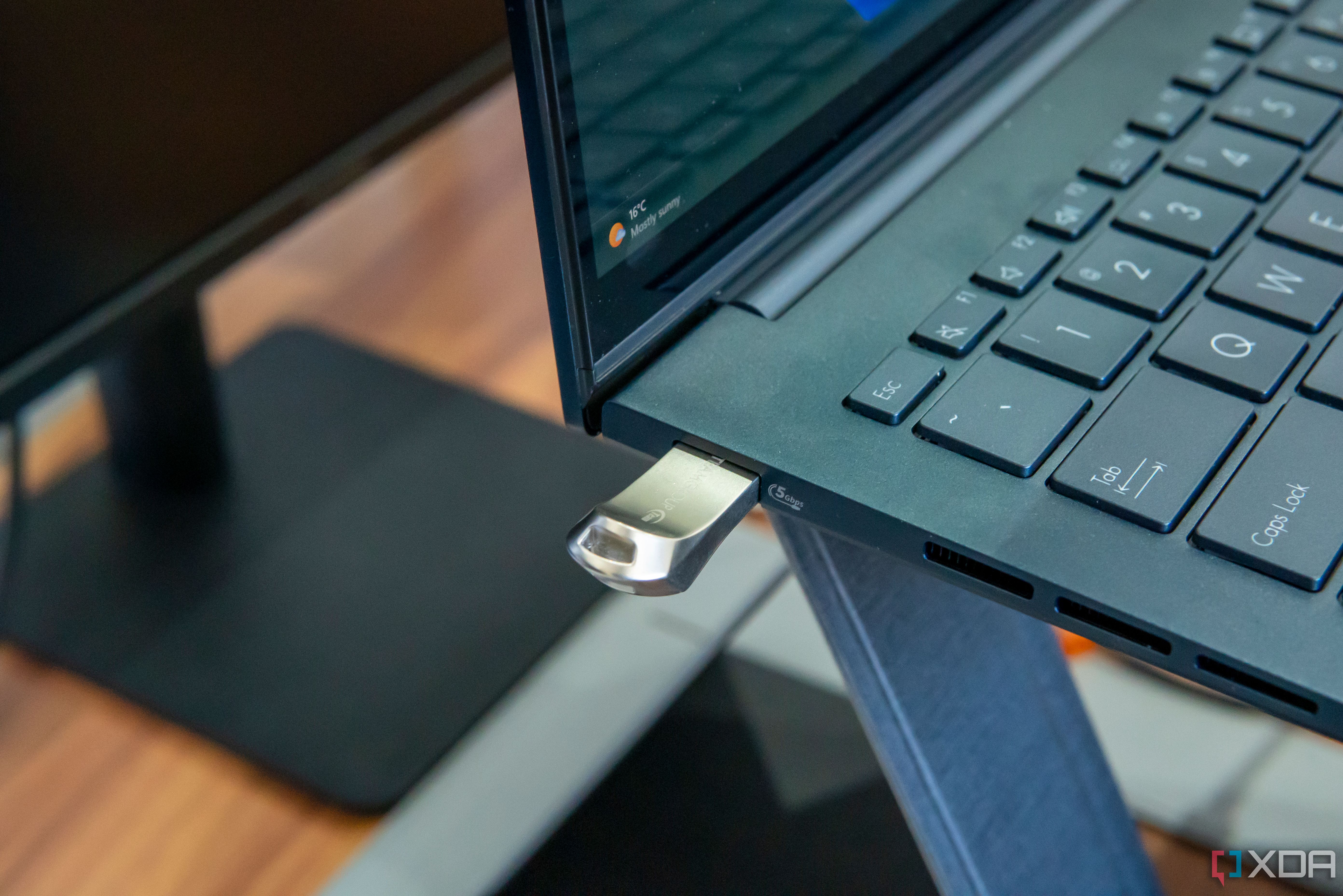
How to format a USB drive on Windows 11
Want to clean up a USB drive, or change its file system? It's easy to format a USB drive on Windows 11, and we're here to show you how.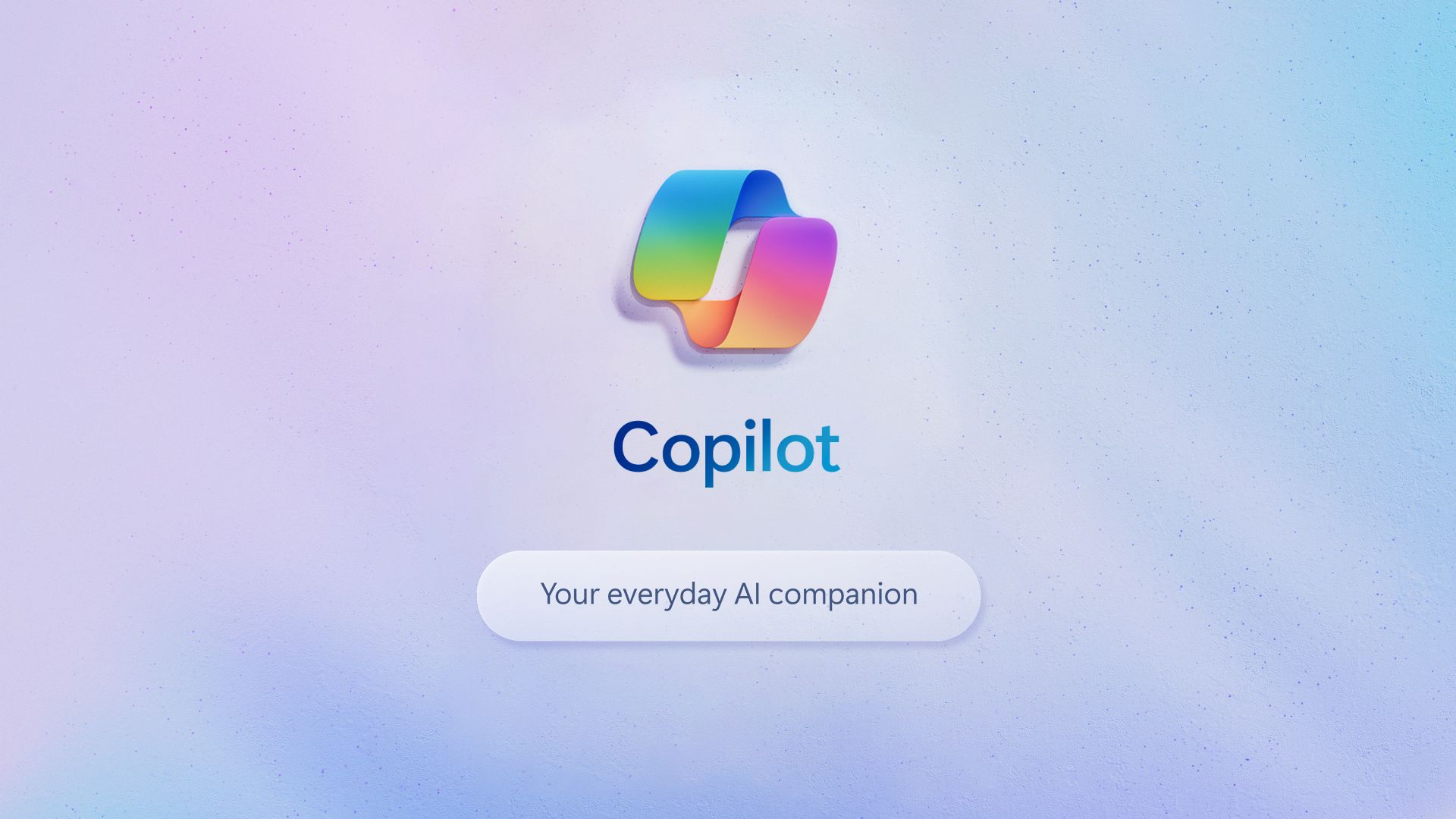
How to force-enable Microsoft Copilot on Windows 11
If you want to use Copilot but your PC doesn't have it yet, here's how to force it on Windows 11.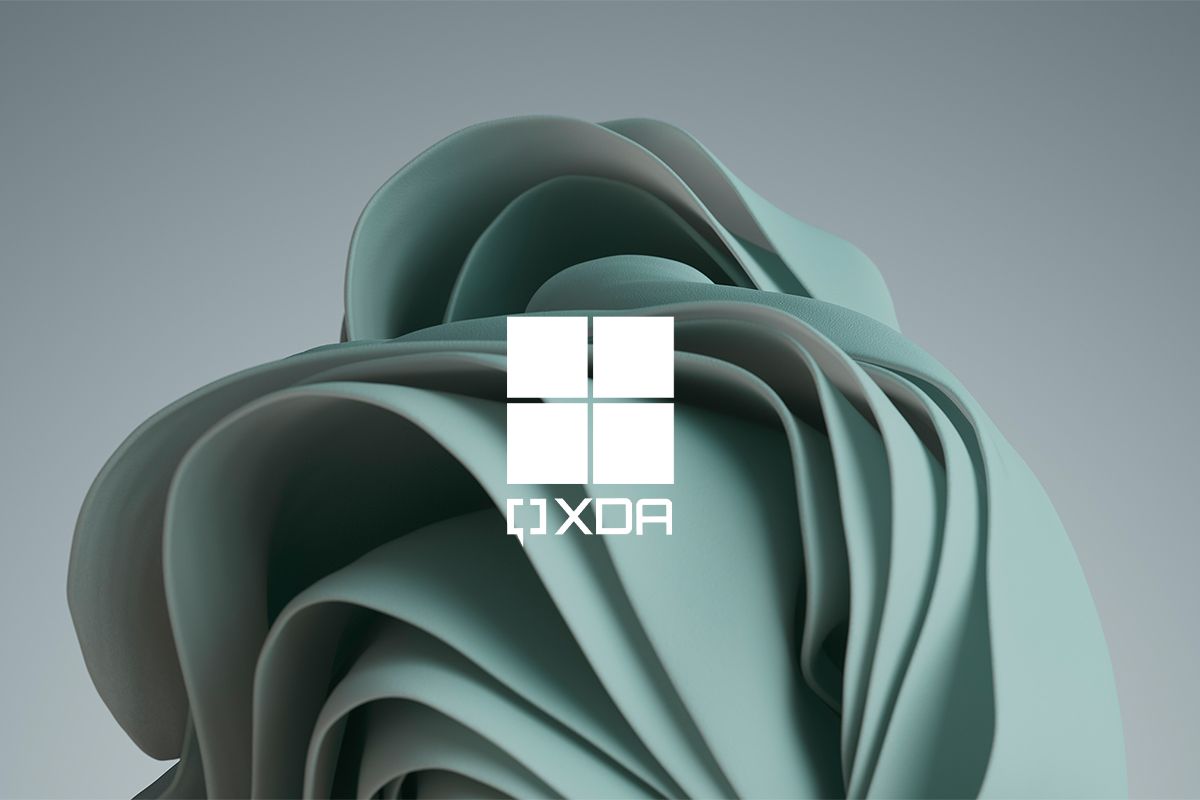
How to check your Windows 11 version and edition
Not sure what version of Windows 11 you have? Here's how to check your Windows 11 version and how to get the latest updates.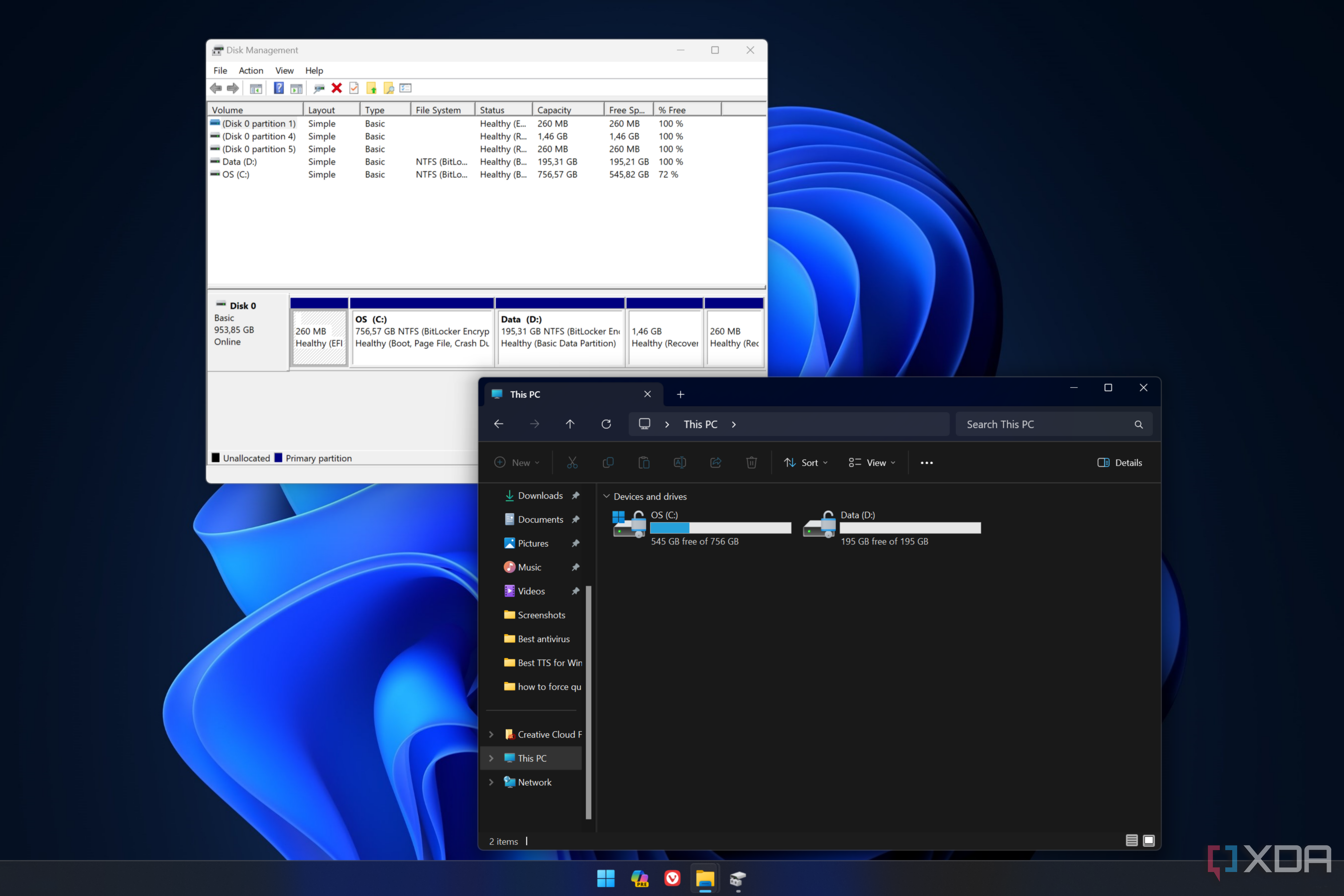
How to delete a drive partition on Windows 11
If you want your Windows 11 PC to have all of its storage in one drive, you may need to delete extra partitions created by the manufacturer.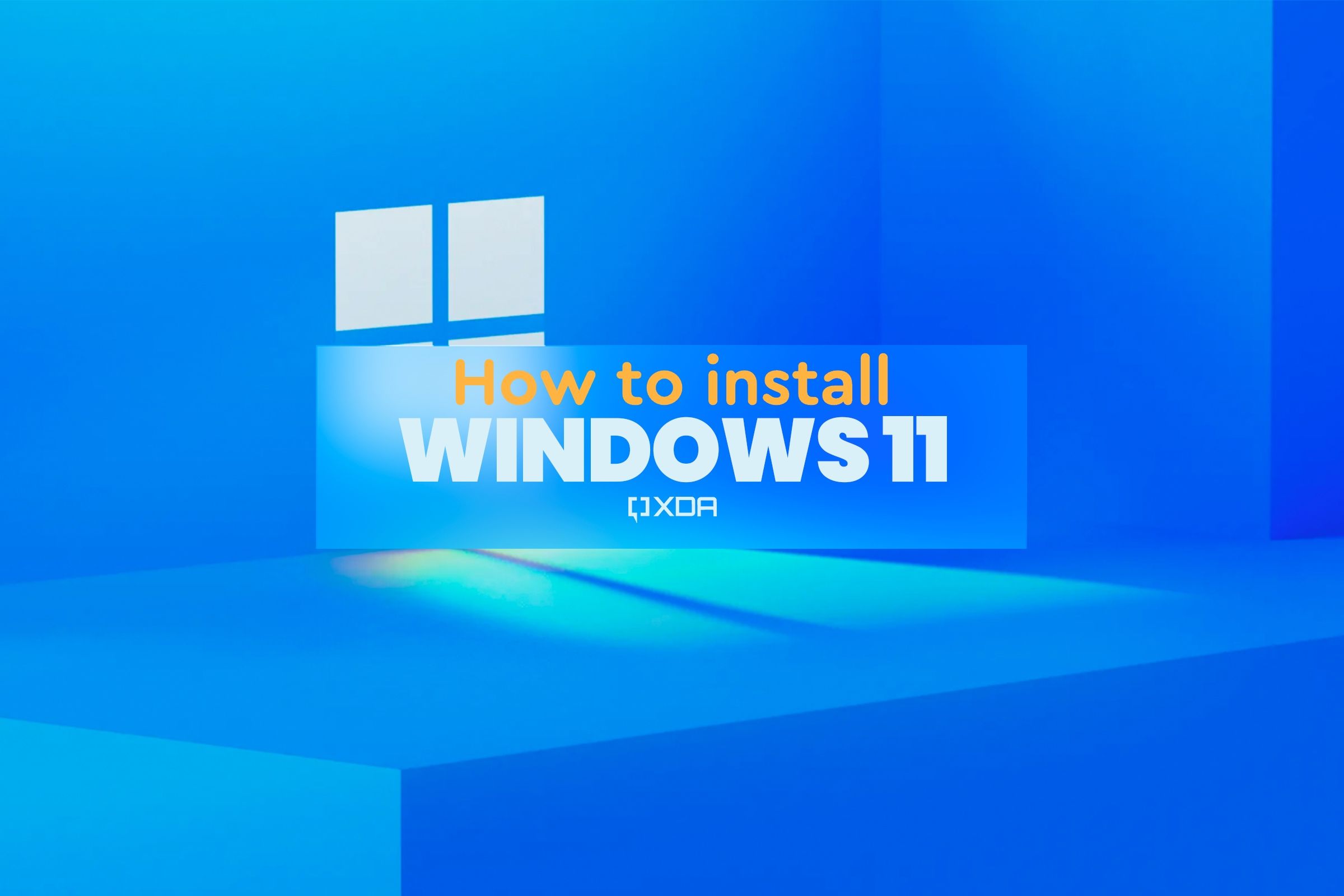
How to install Windows 11 on a new PC
Assembled a new computer and wondering how to install Windows 11? Here's a guide to help you install Windows on any computer without an OS.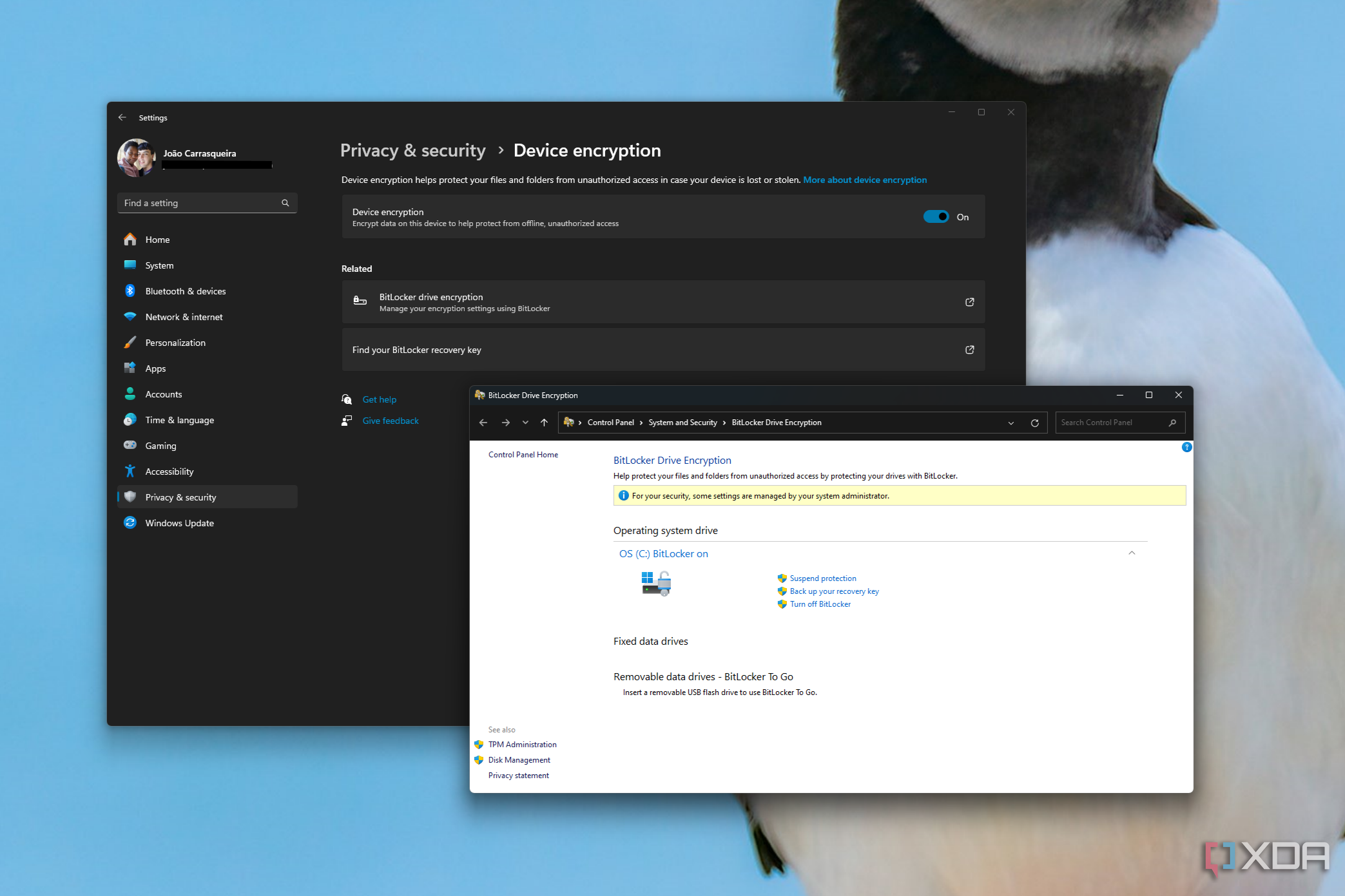
How to use BitLocker on Windows 11
Windows 11 has a feature called BitLocker, which encrypts your data to keep it safe from others. Here's how to set it up.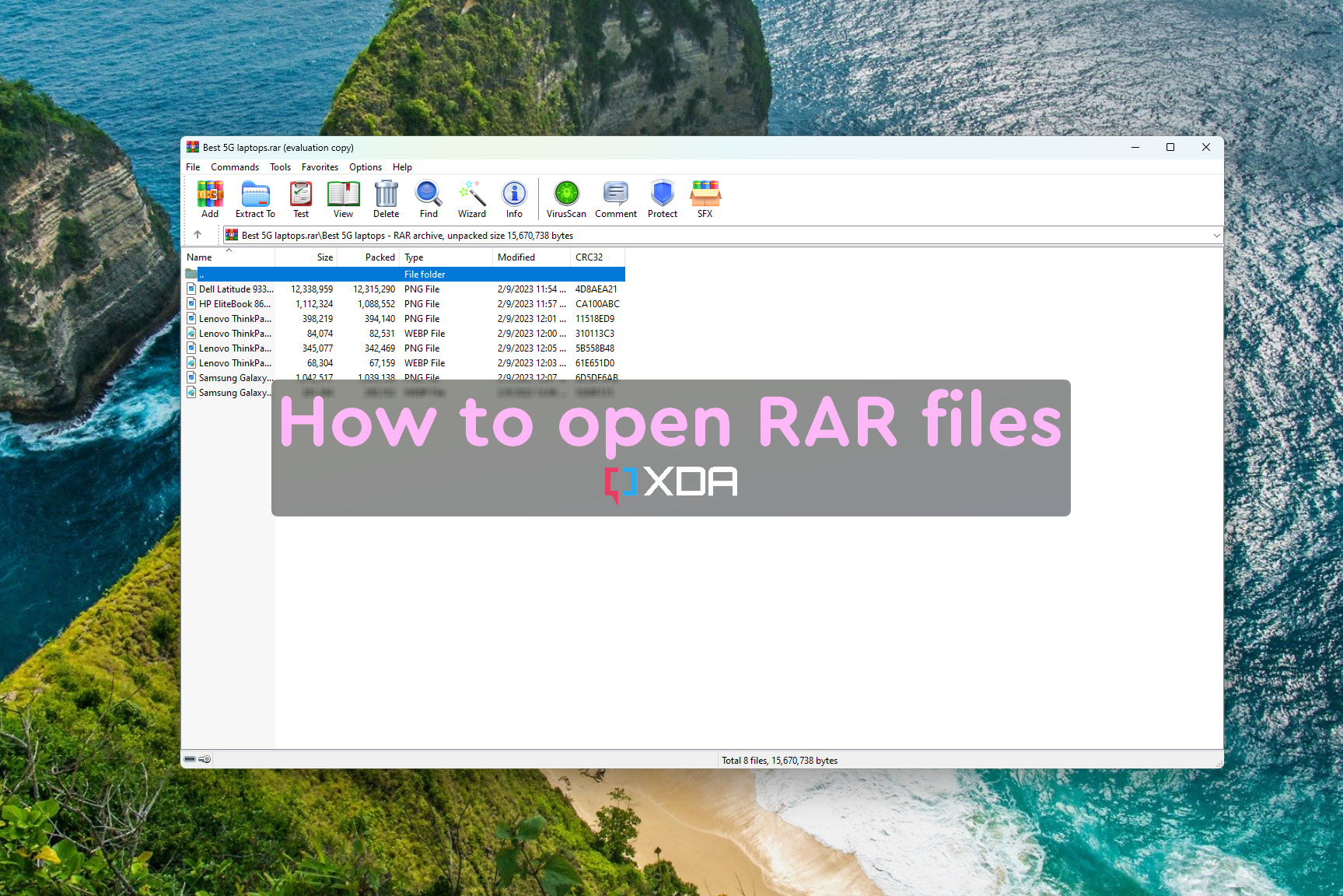
How to open and extract RAR files on your PC
Having trouble opening that RAR file someone sent you? Here's how you can open RAR files on your Windows PC using WinRAR.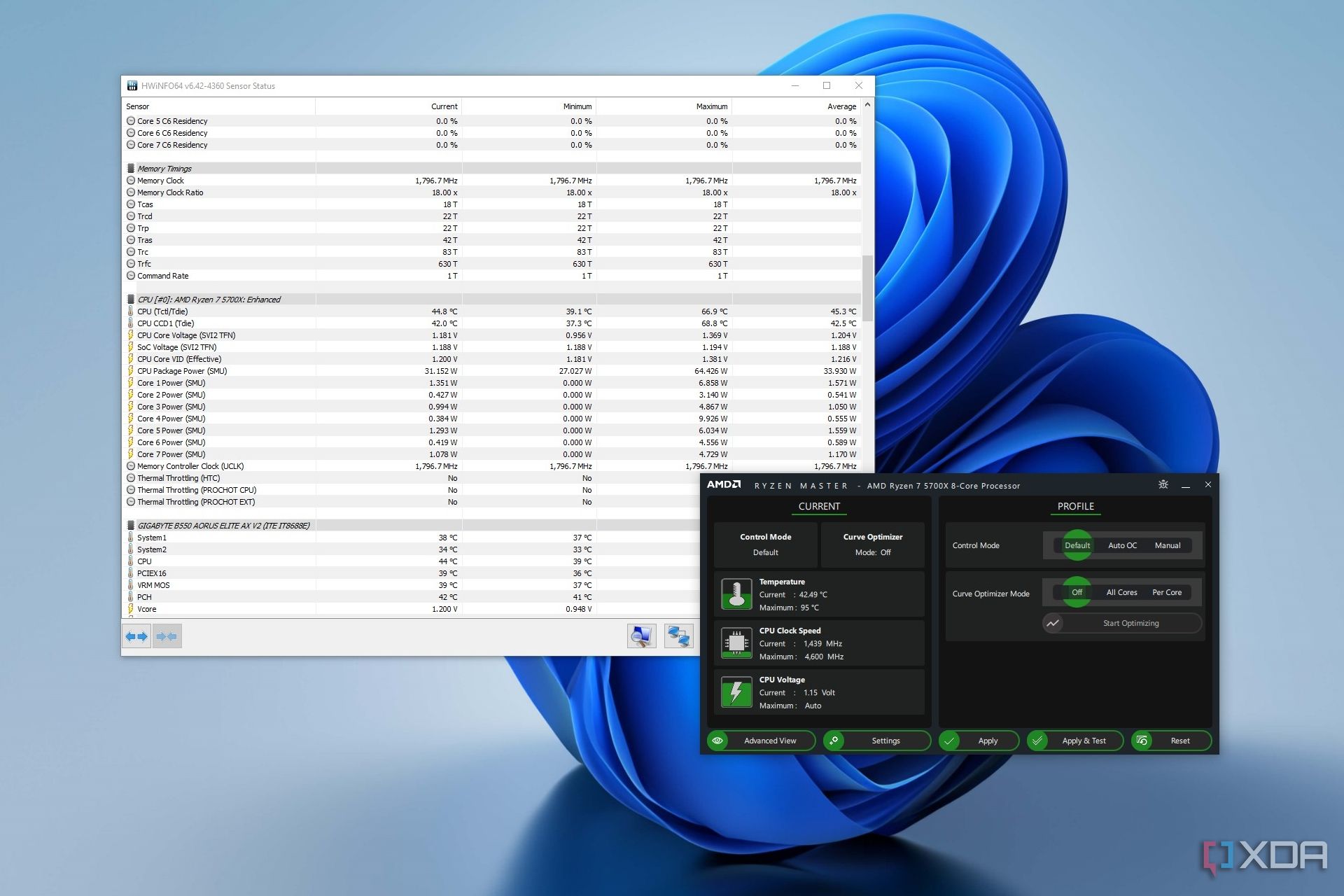
How to check CPU temperature in Windows 11
CPU temperature is a crucial indicator of your PC health and CPU performance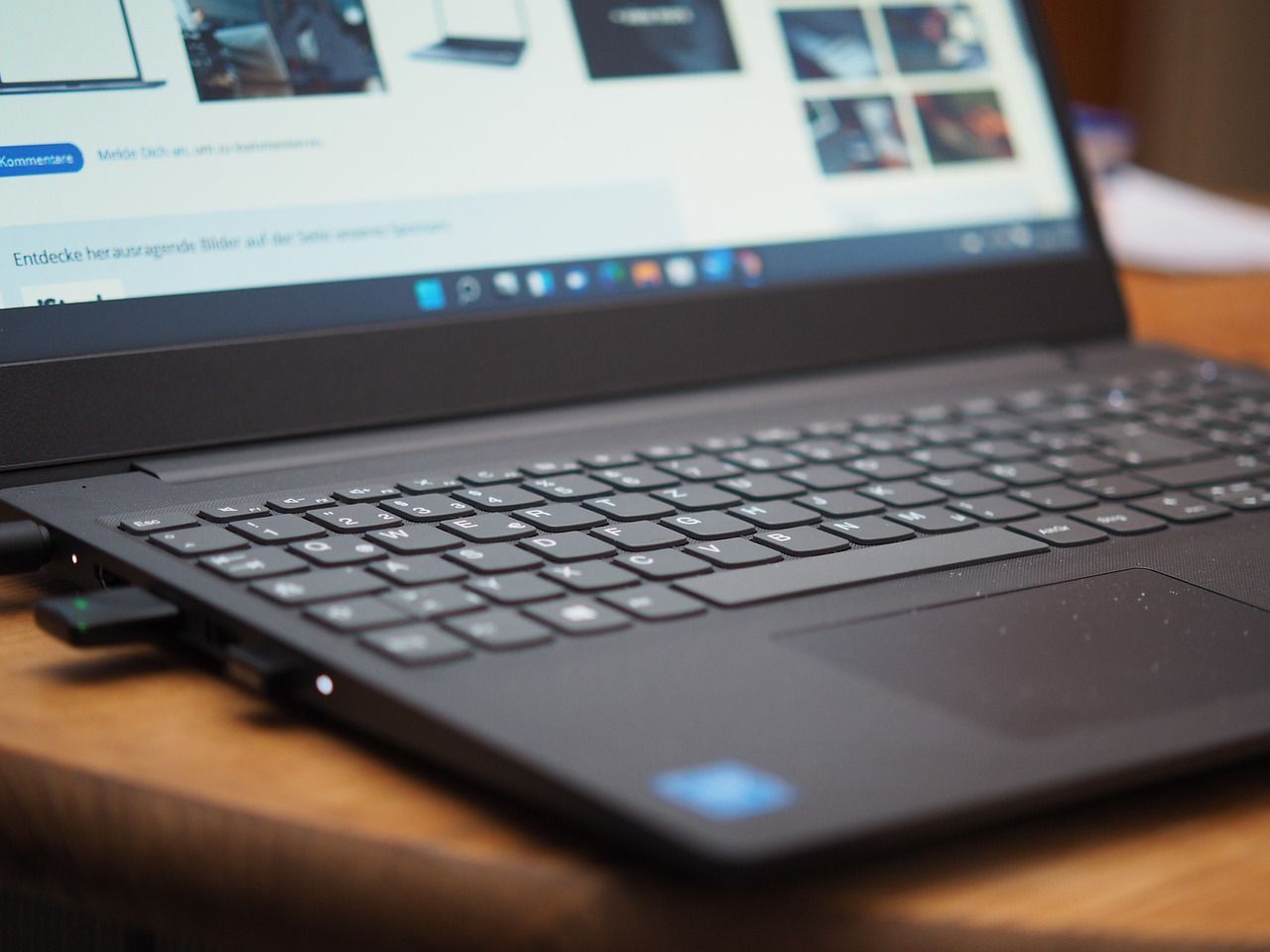
How to debloat Windows 11
Windows computers notoriously come with too much junk. To get Windows running at peak performance, you should eliminate unnecessary programs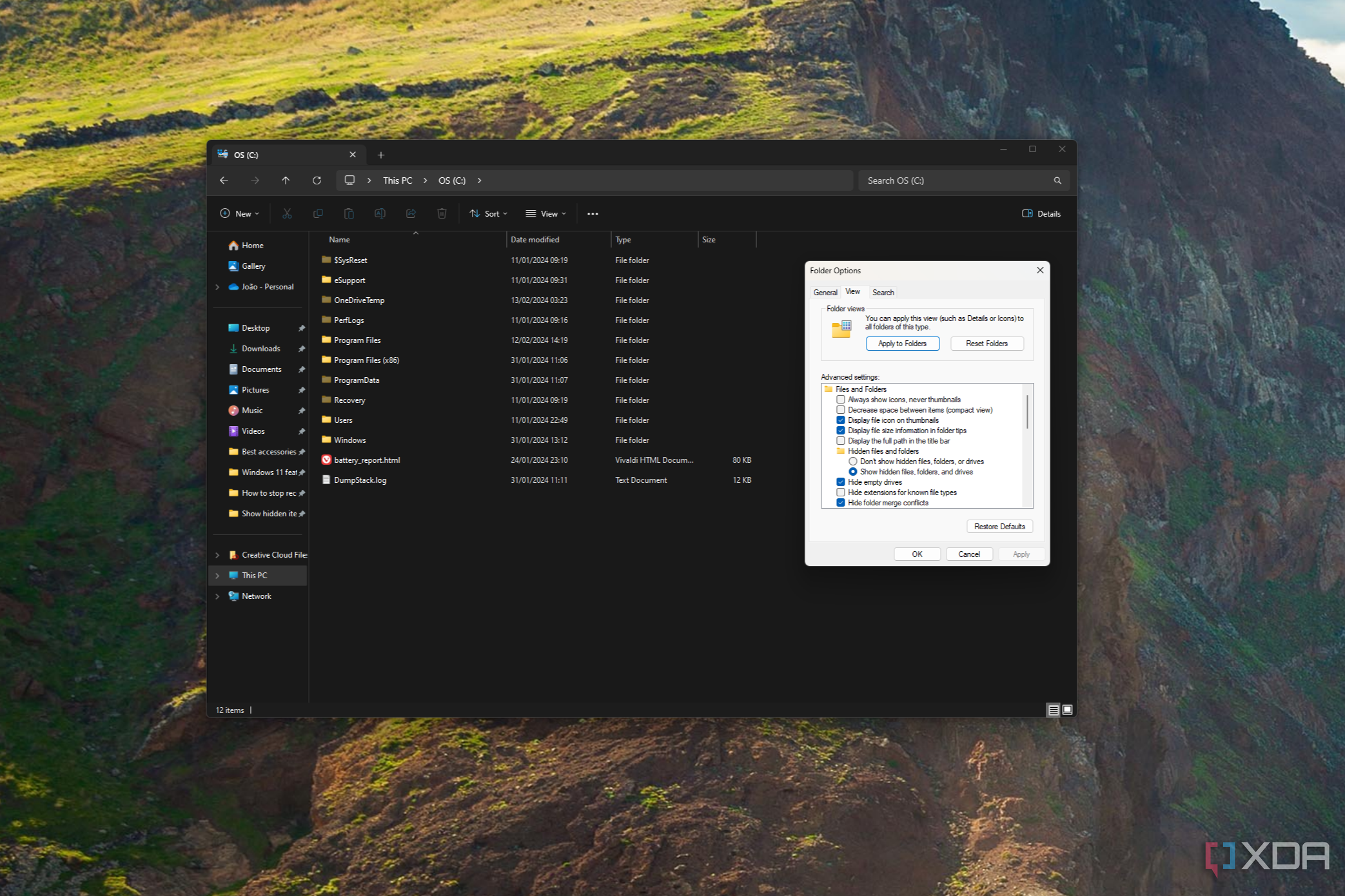
How to show hidden files on Windows 10 and 11
Some files on Windows 10 and 11 may be hidden from the regular view, but it's easy enough to make them show themselves.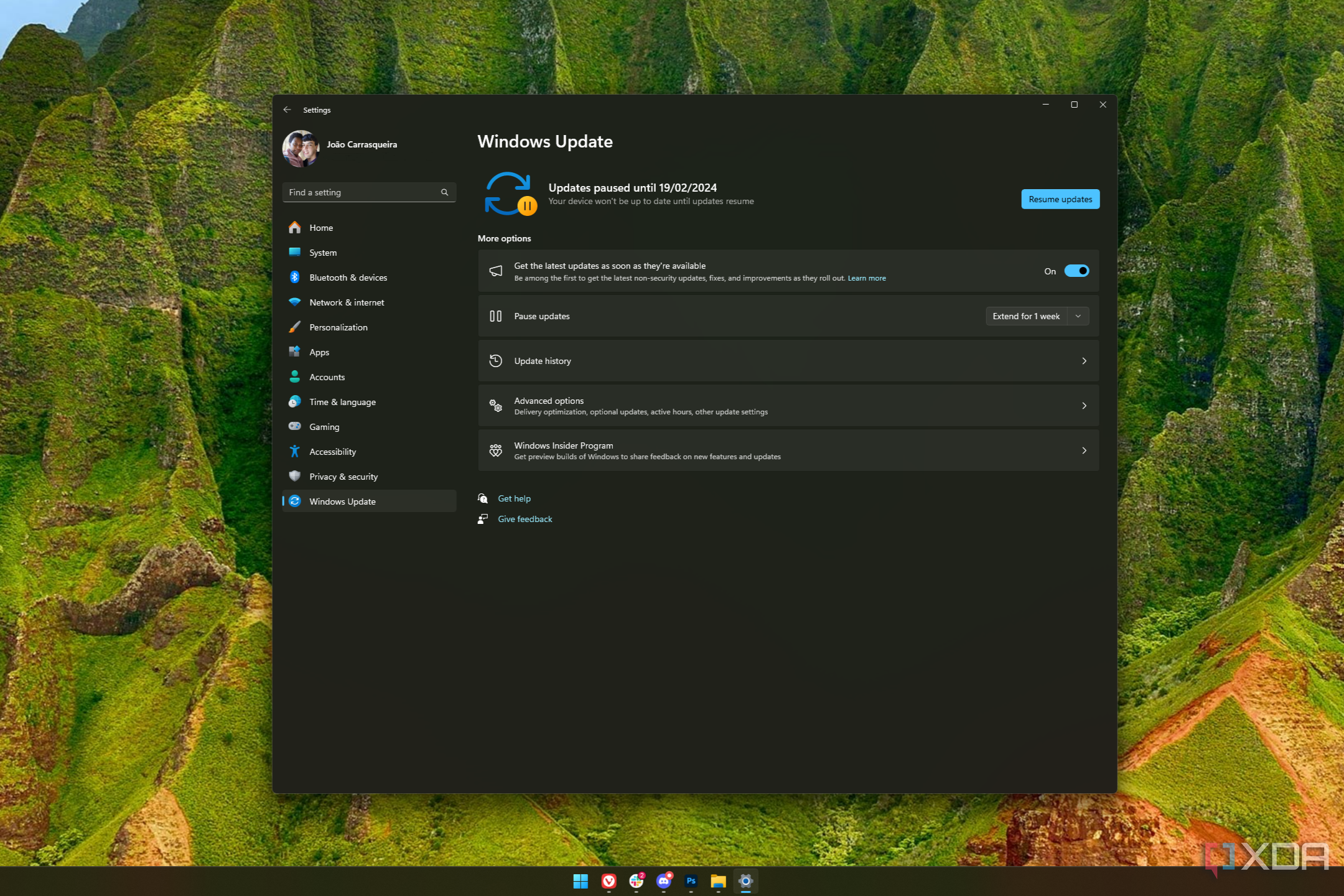
How to stop receiving updates on Windows 11
Whatever your reason, if you'd rather Microsoft left your PC alone here's how to stop getting Windows 11 automatic updates.
How to reinstall Windows 10 and 11 without losing your files
Get rid of unexpected error codes and fatal issues by reinstalling Windows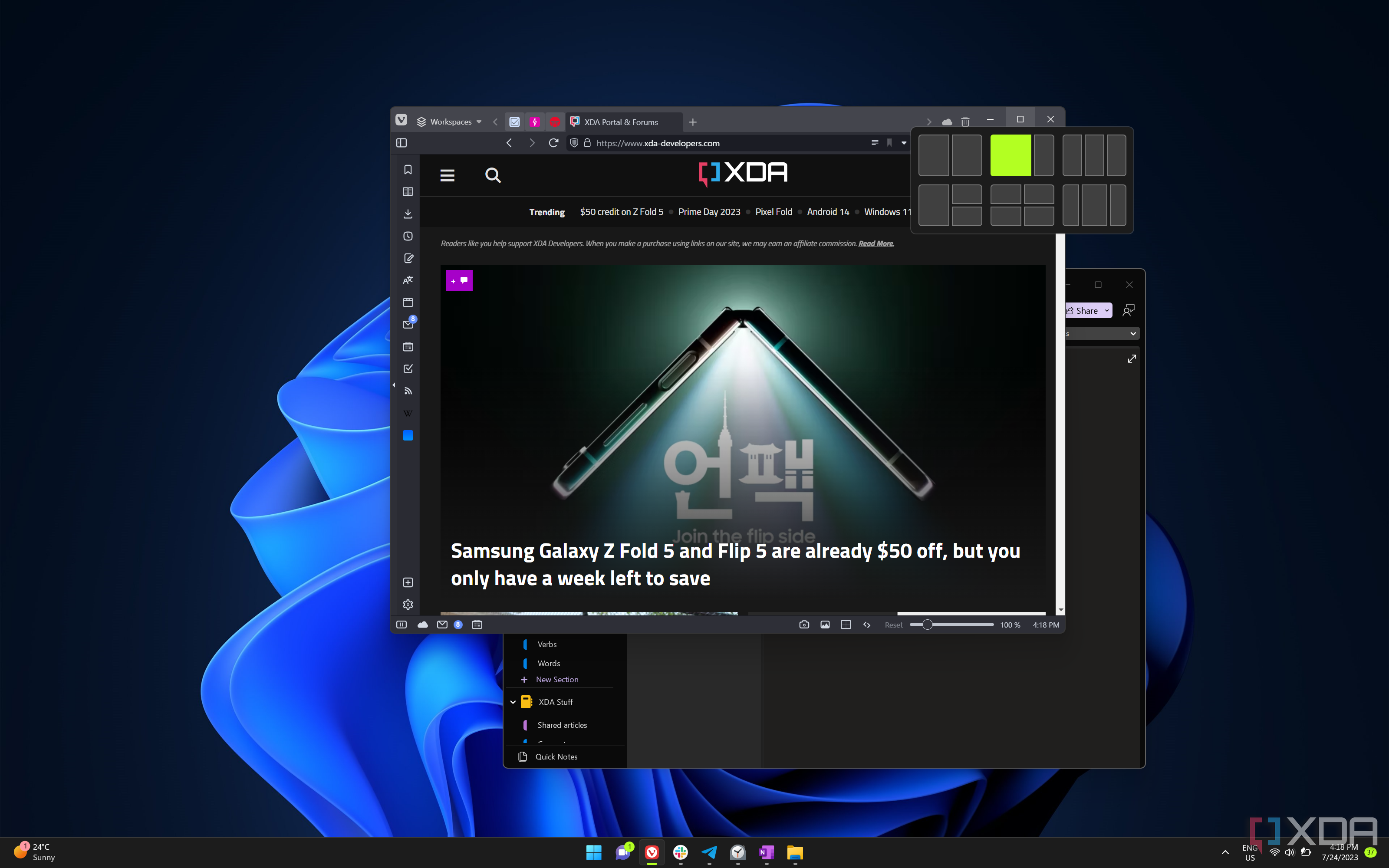
How to use split screen in Windows 10 and 11
Boost your productivity by using the split-screen functionality in Windows 11 and 10 to elevate your multi-monitor setup in no time.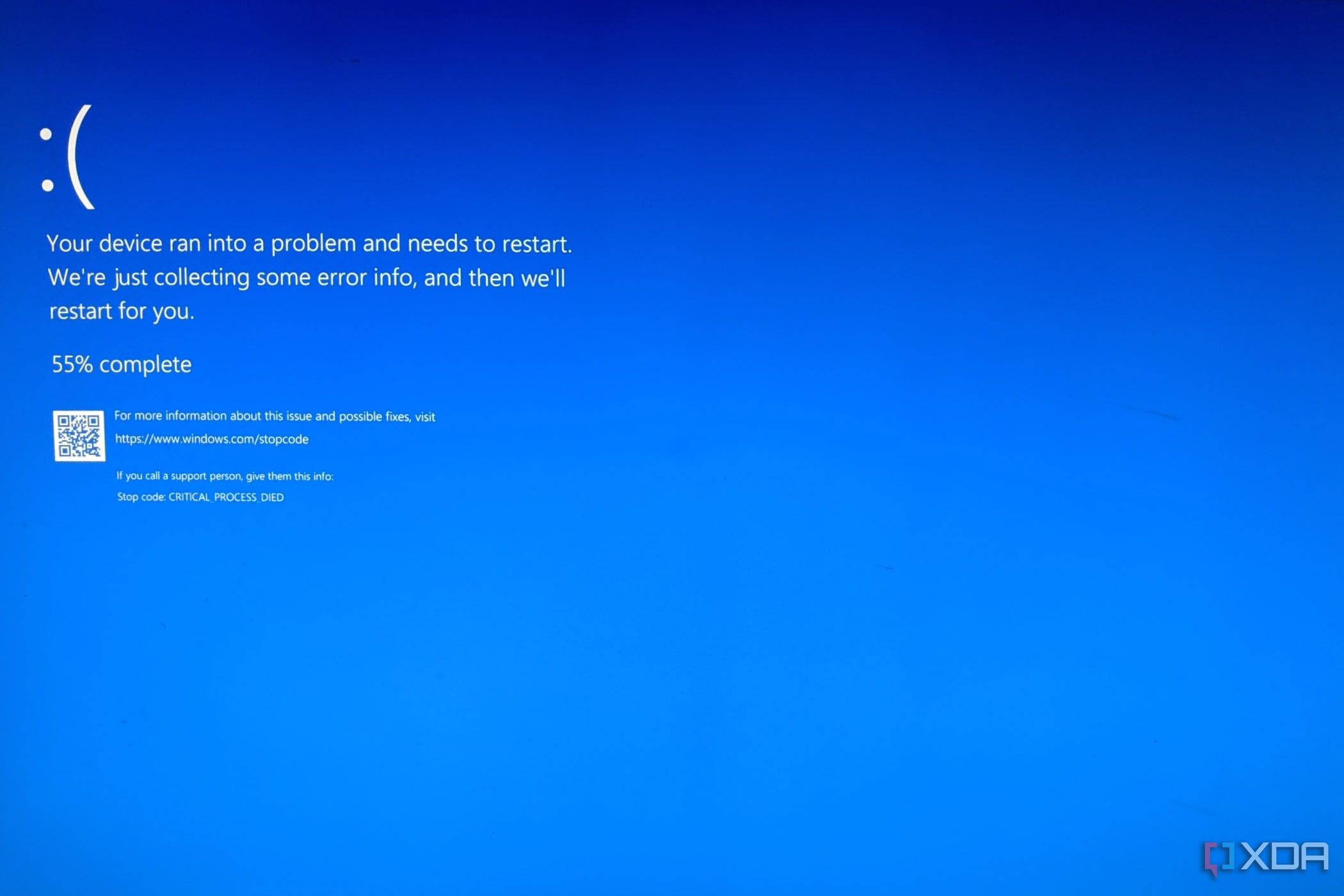
How to repair Windows 11
The operating system is the most important software on your PC, so you want to fix any OS-related errors as soon as you detect them.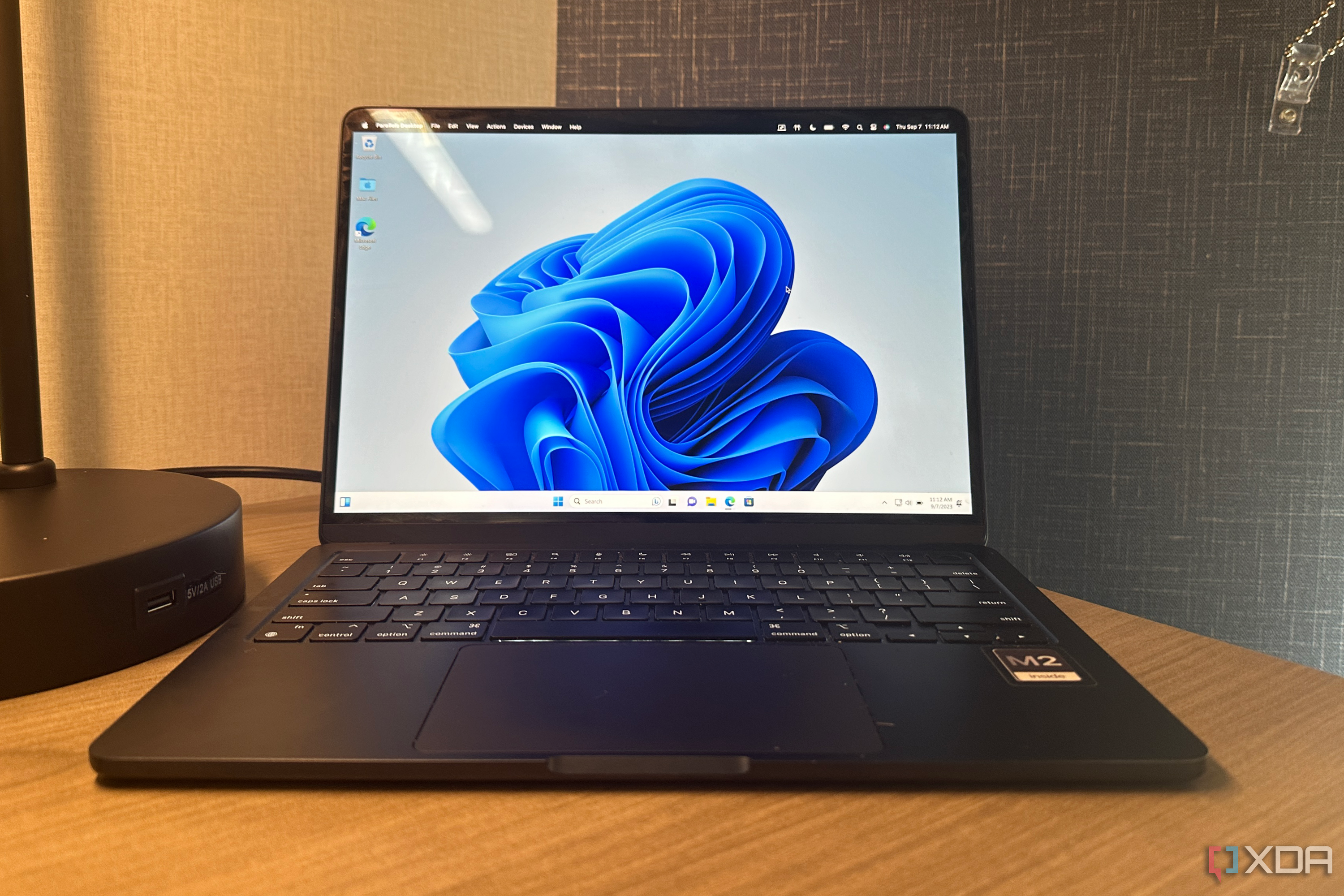
How to install Windows on a Mac
Apple is phasing out Boot Camp, but you can still get Windows on a Mac with a VM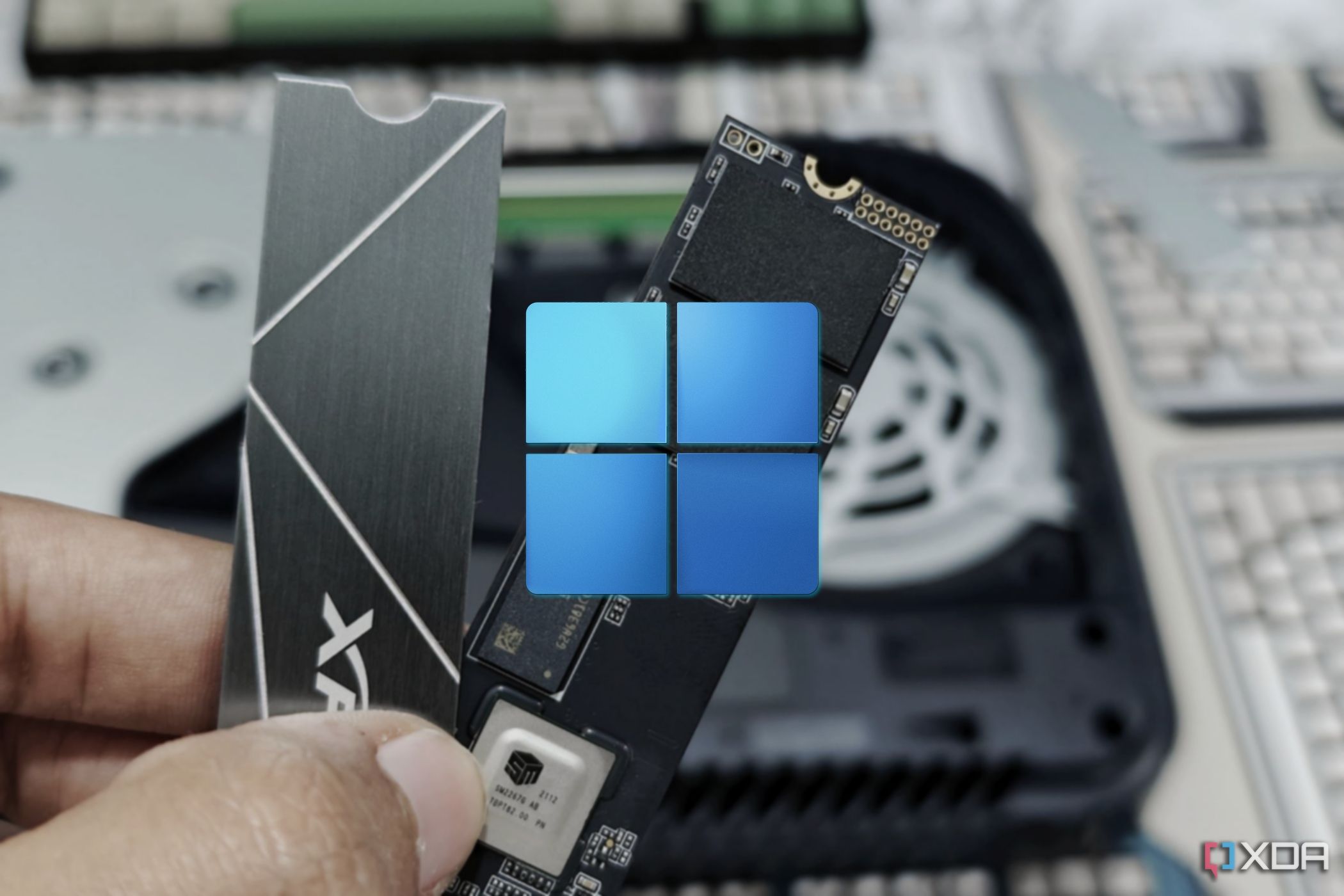
How to move Windows to another drive
Bought a new SSD? You can move your Windows install and your data to the new disk so you don't have to start all over again.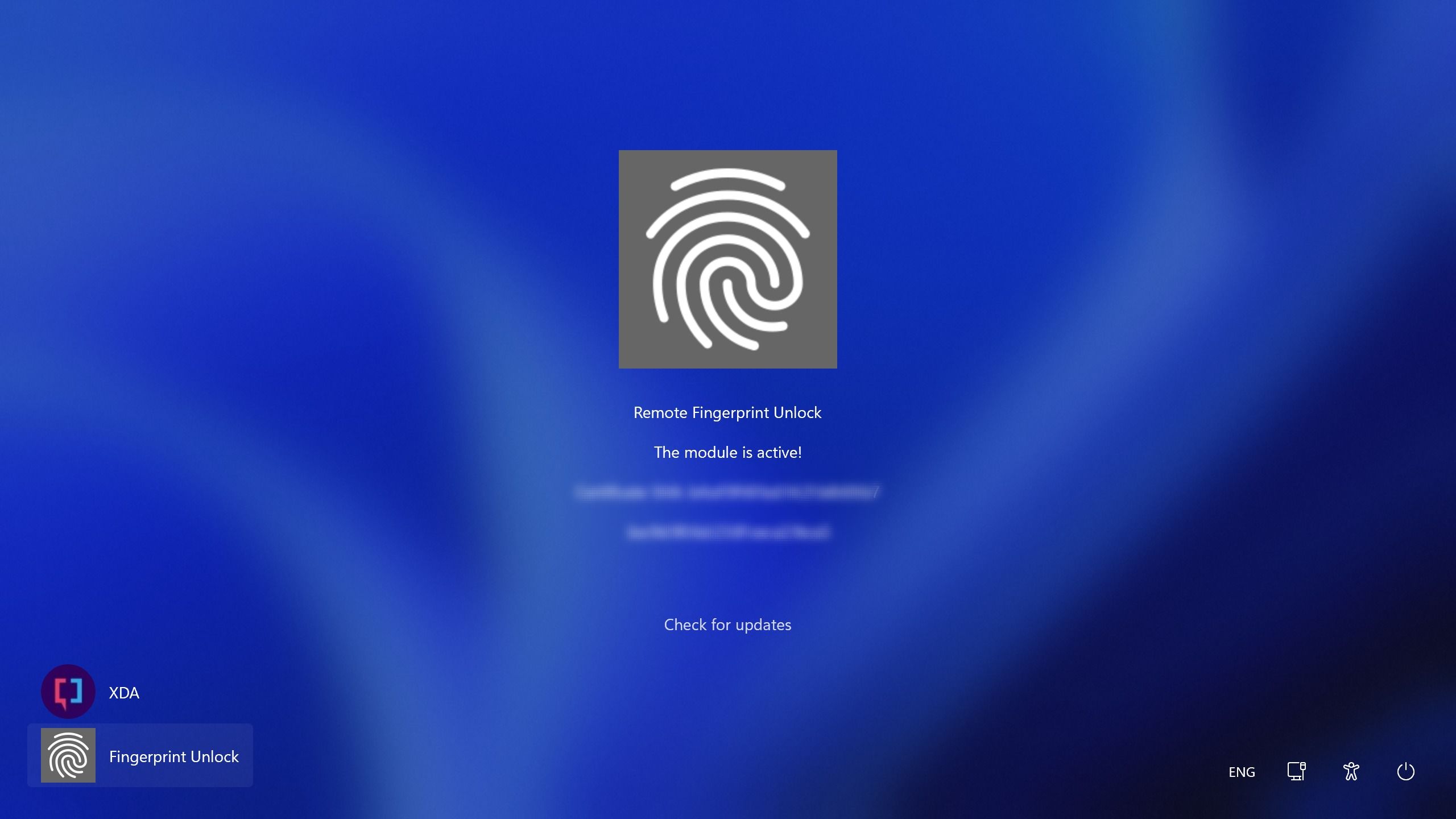
How to remotely unlock your Windows PC via a fingerprint scanner on Android
No need to type anything!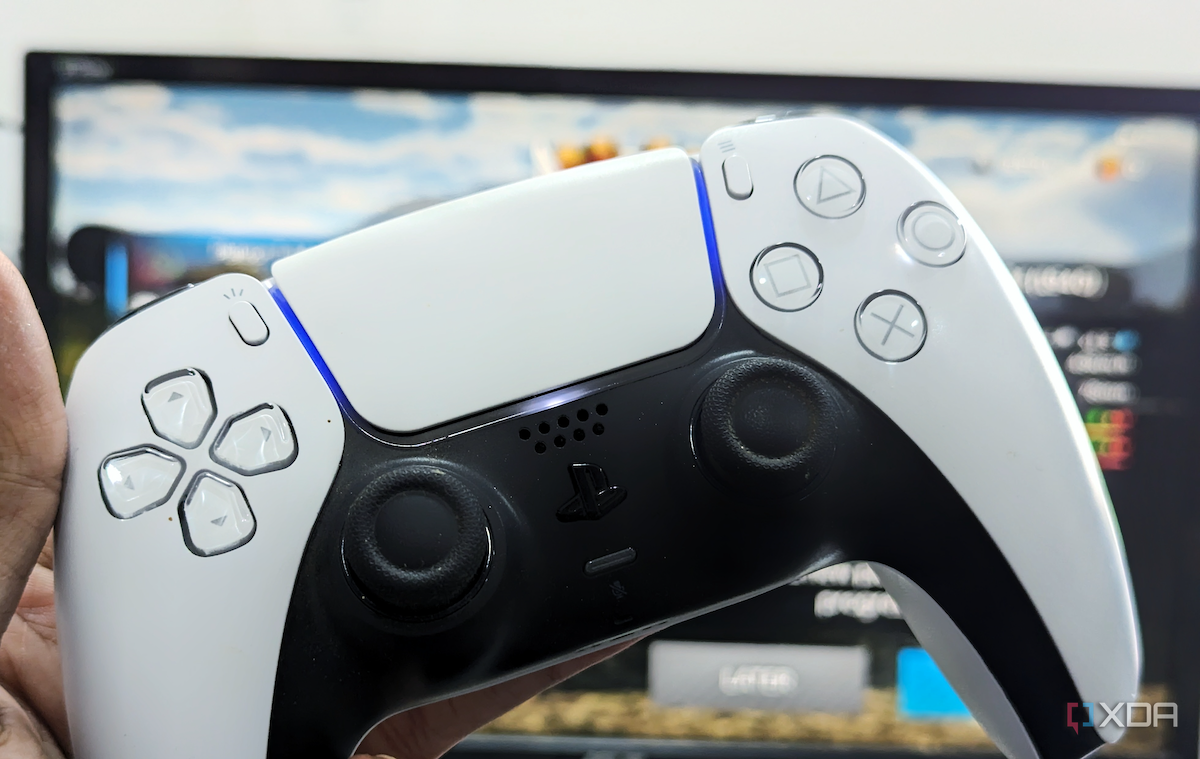
How to use the PS5 DualSense controller on a Windows PC
Want to use your DualSense controller for PC games? Here's how to get started.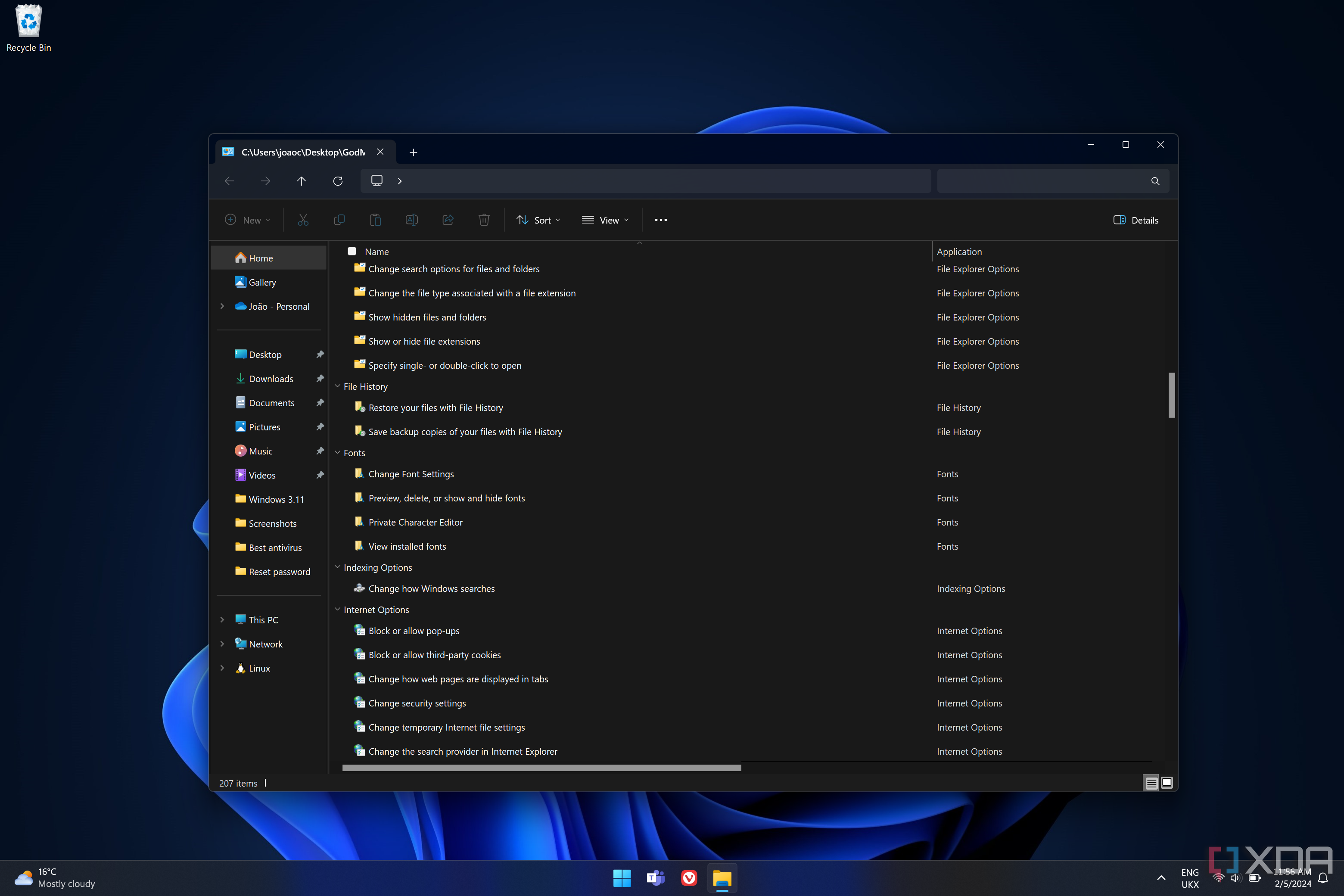
How to enable God Mode on Windows 11, and what is it?
Wondering how to use God Mode on Windows 11 or previous versions of Windows? Here's how to enable it and what you can do with it.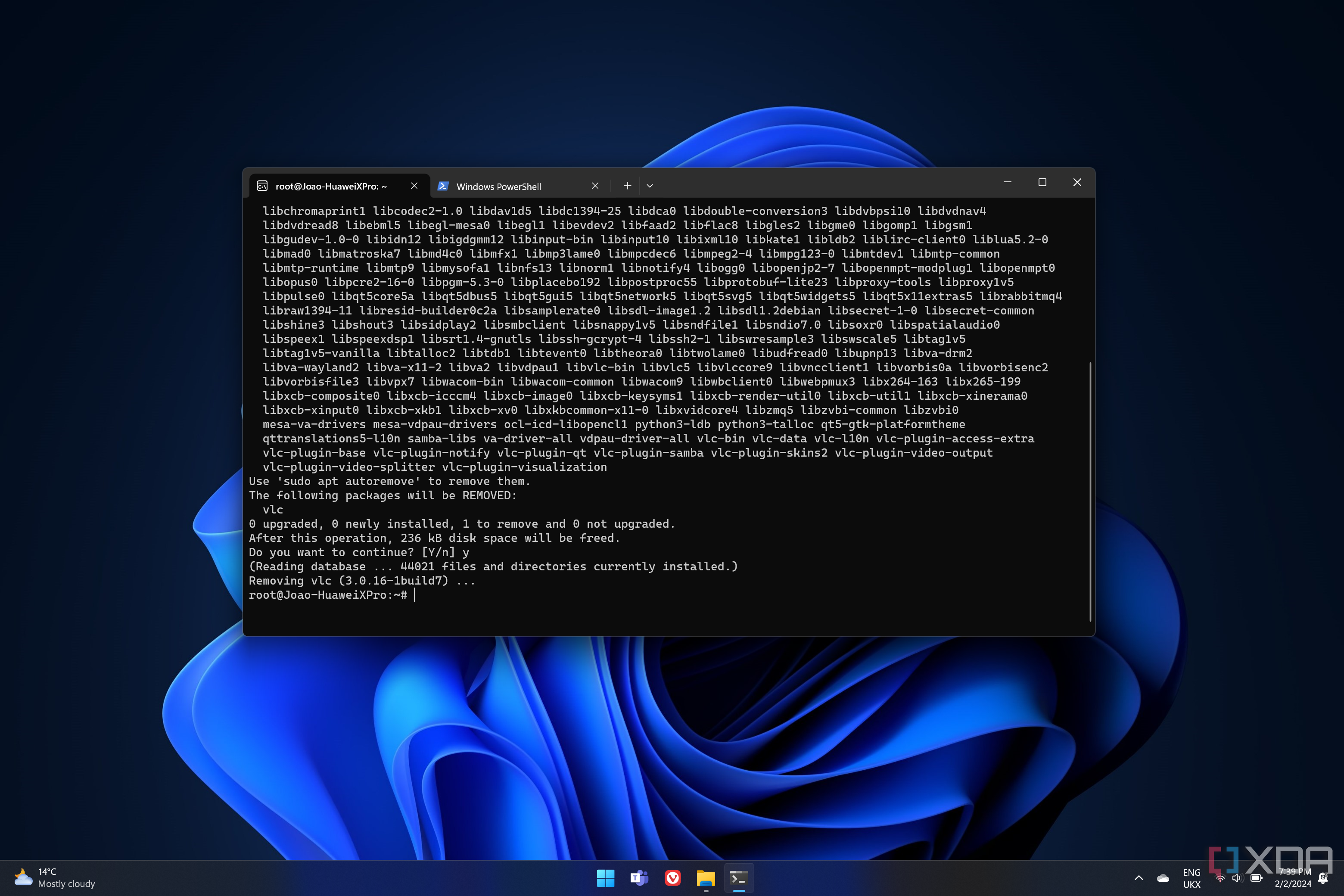
How to back up and restore a Windows Subsystem for Linux (WSL) distro
Making a backup of your WSL distros is a smart idea and can help you move instances between machines as well. Here's how you do it.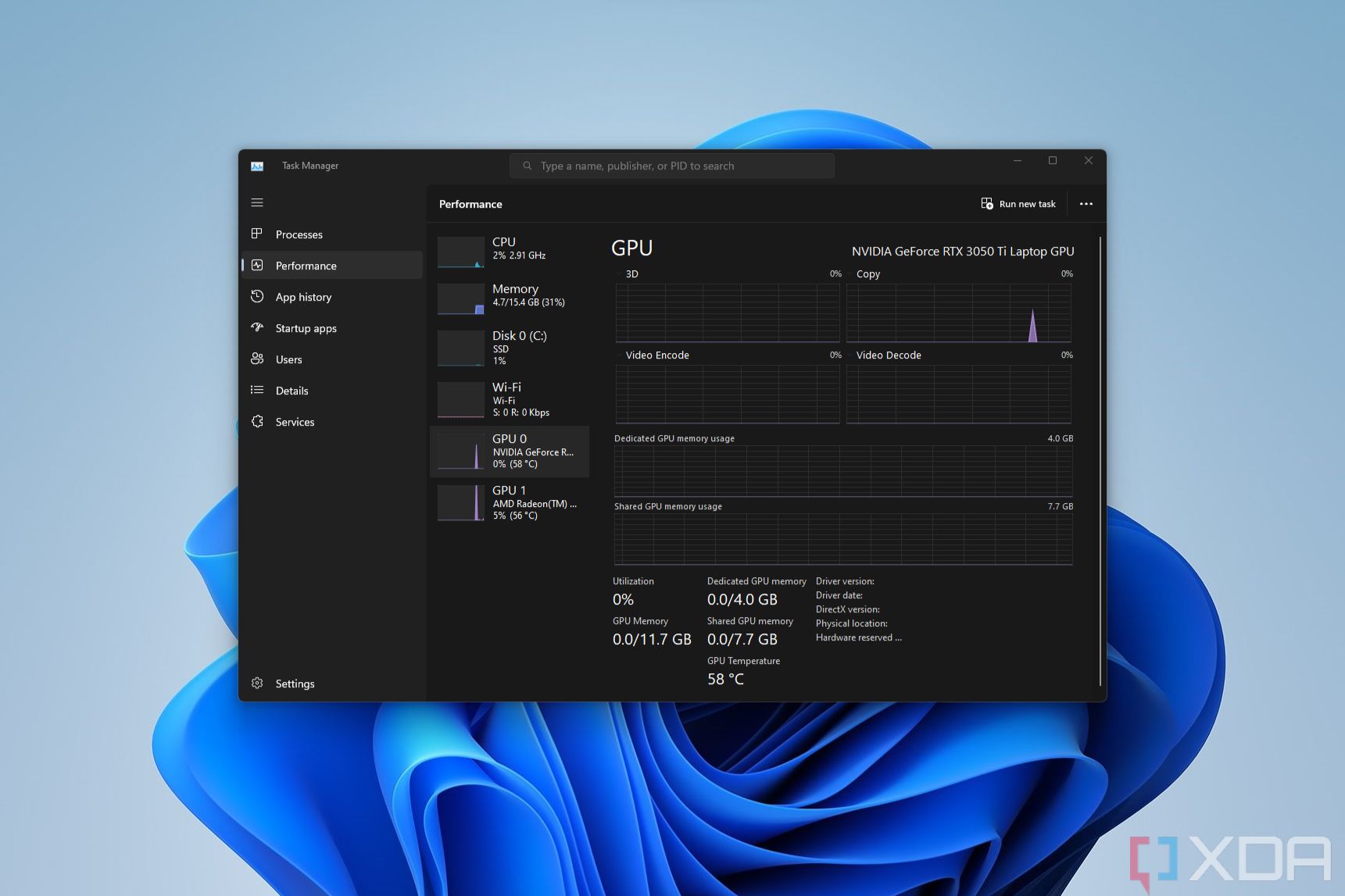
How to check your graphics card temperature on Windows 11
If you want to know whether your GPU is getting too hot, Windows 11 makes it pretty easy to check. Here's how to do it.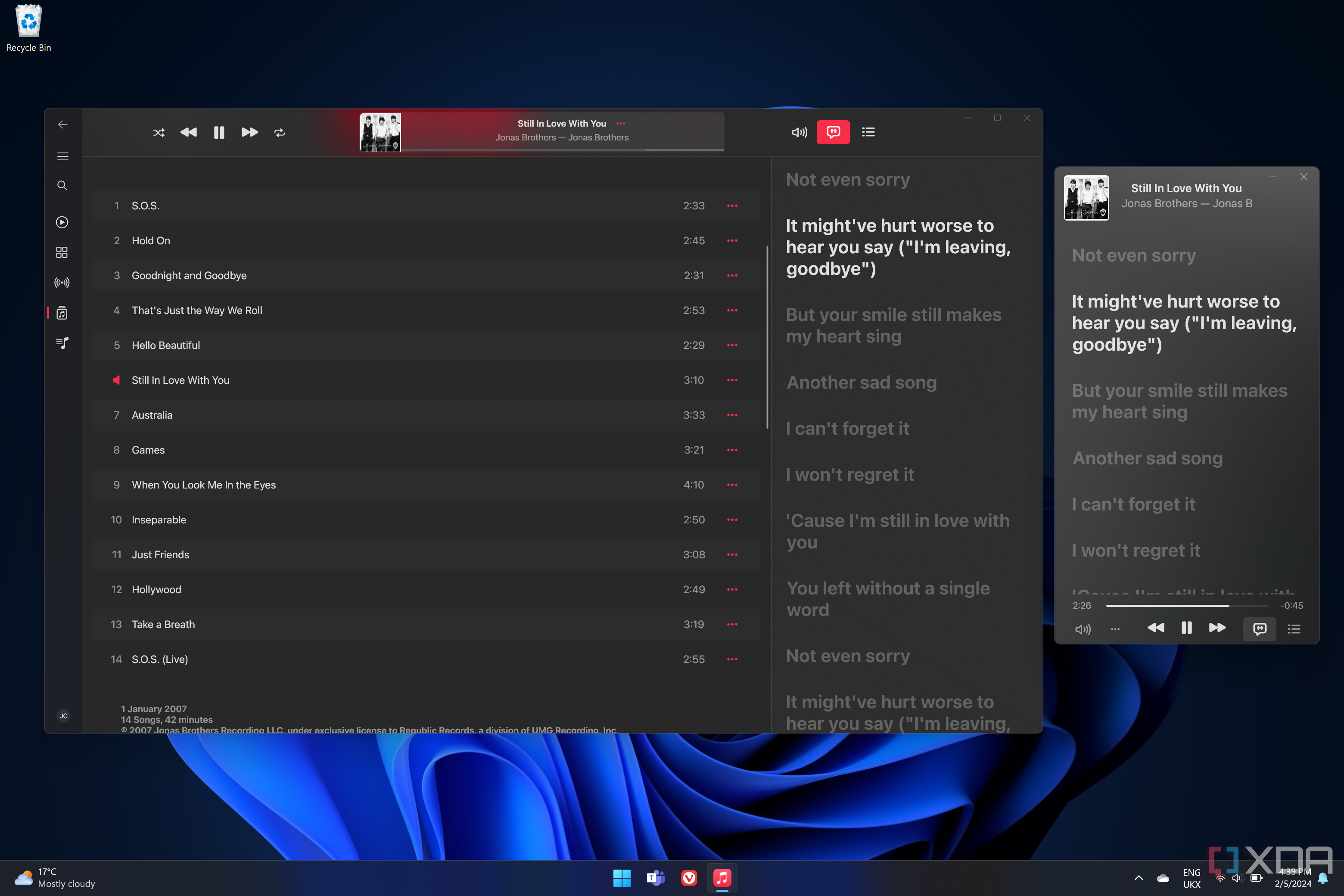
How to listen to Apple Music on a Windows PC
Even if you have a Windows PC, you can listen to Apple Music using a few different methods. Here are your options.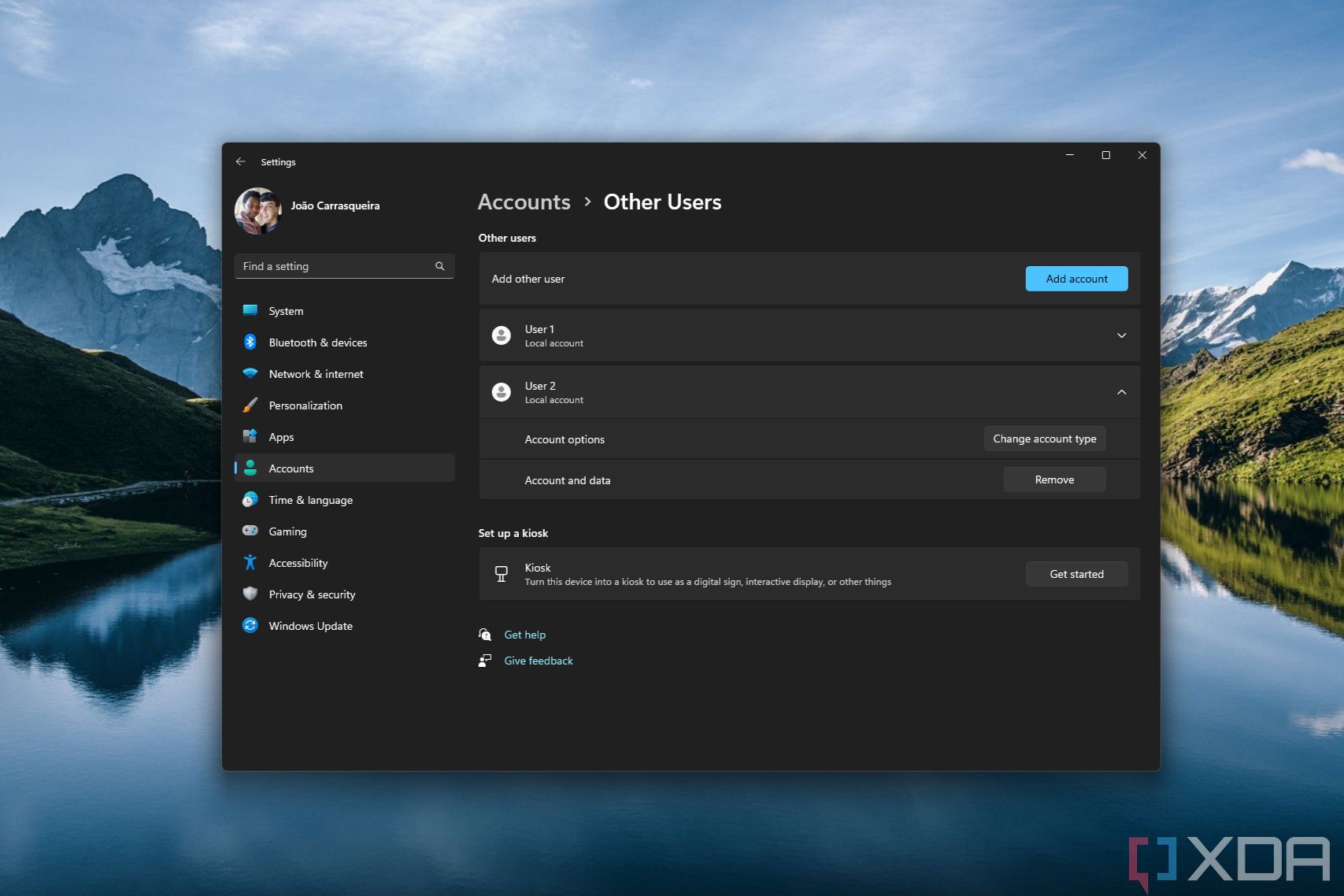
How to delete a user account on Windows 11
If you no longer need a specific user account on your PC, Windows 11 gives you plenty of ways to delete it and make things simpler.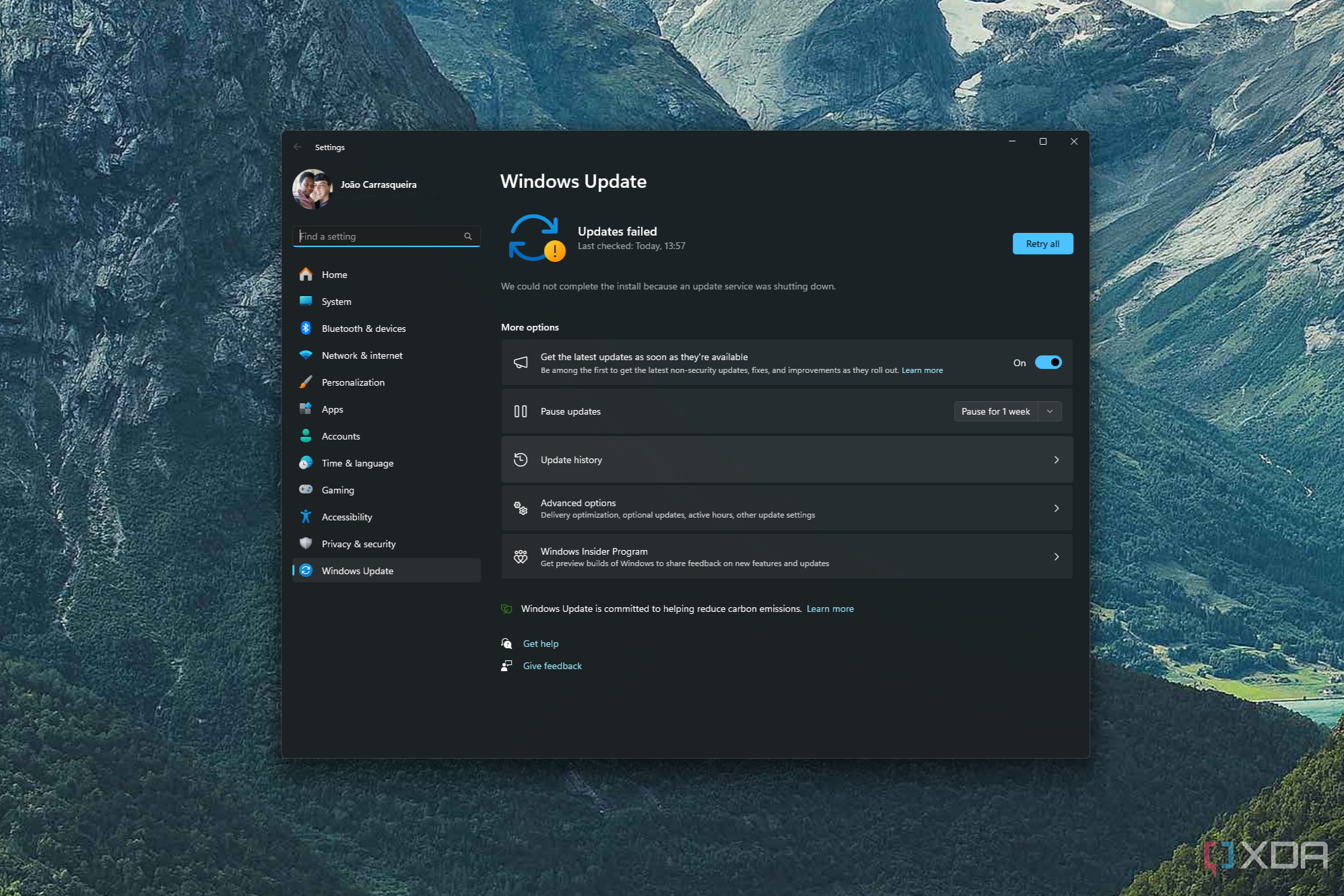
How to troubleshoot Windows updates stuck downloading
Having issues downloading a Windows update on your PC? These steps will help you fix it and get the latest goods.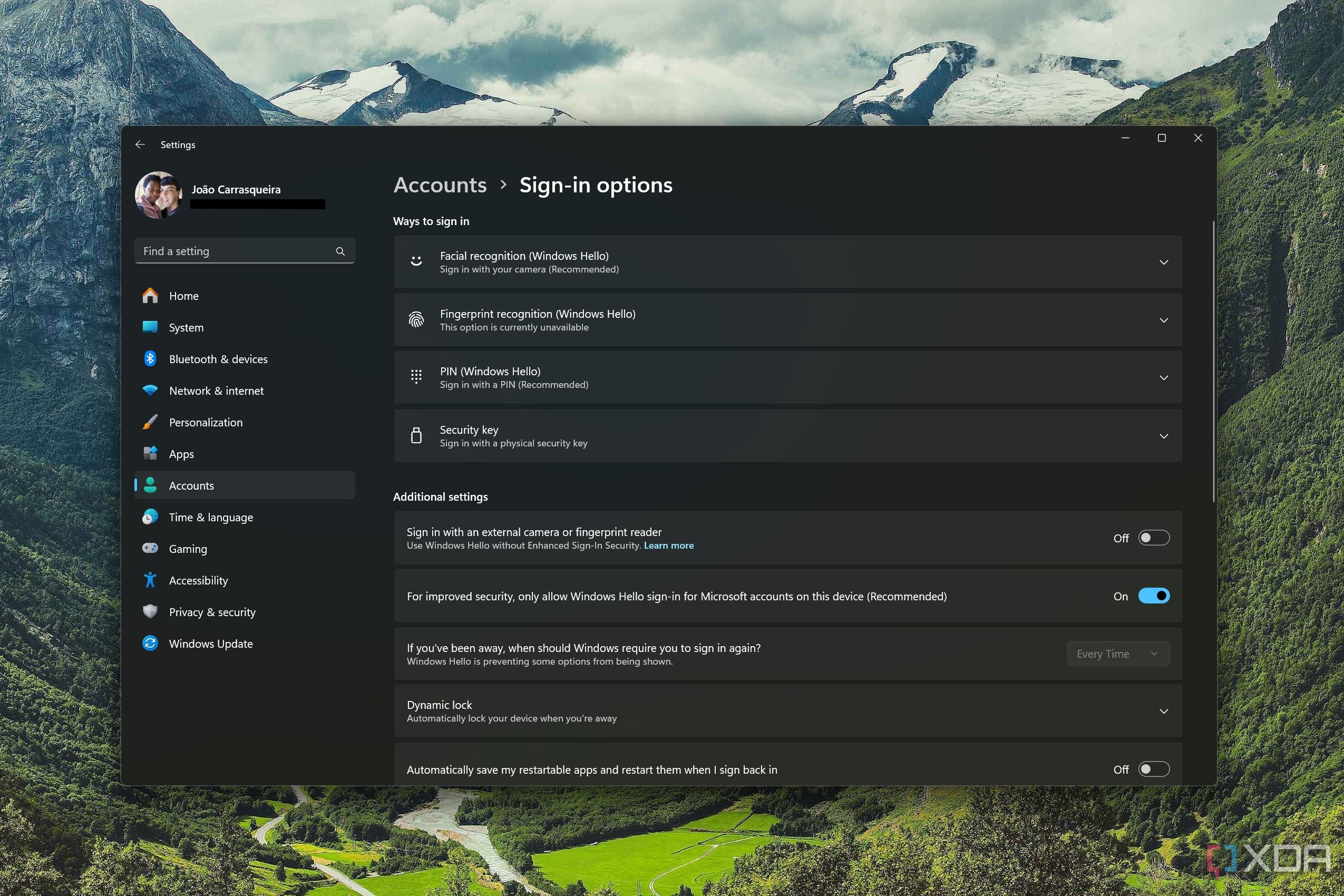
How to reset your Windows password
Having trouble logging into your Windows PC? You can follow these steps to reset or recover your password.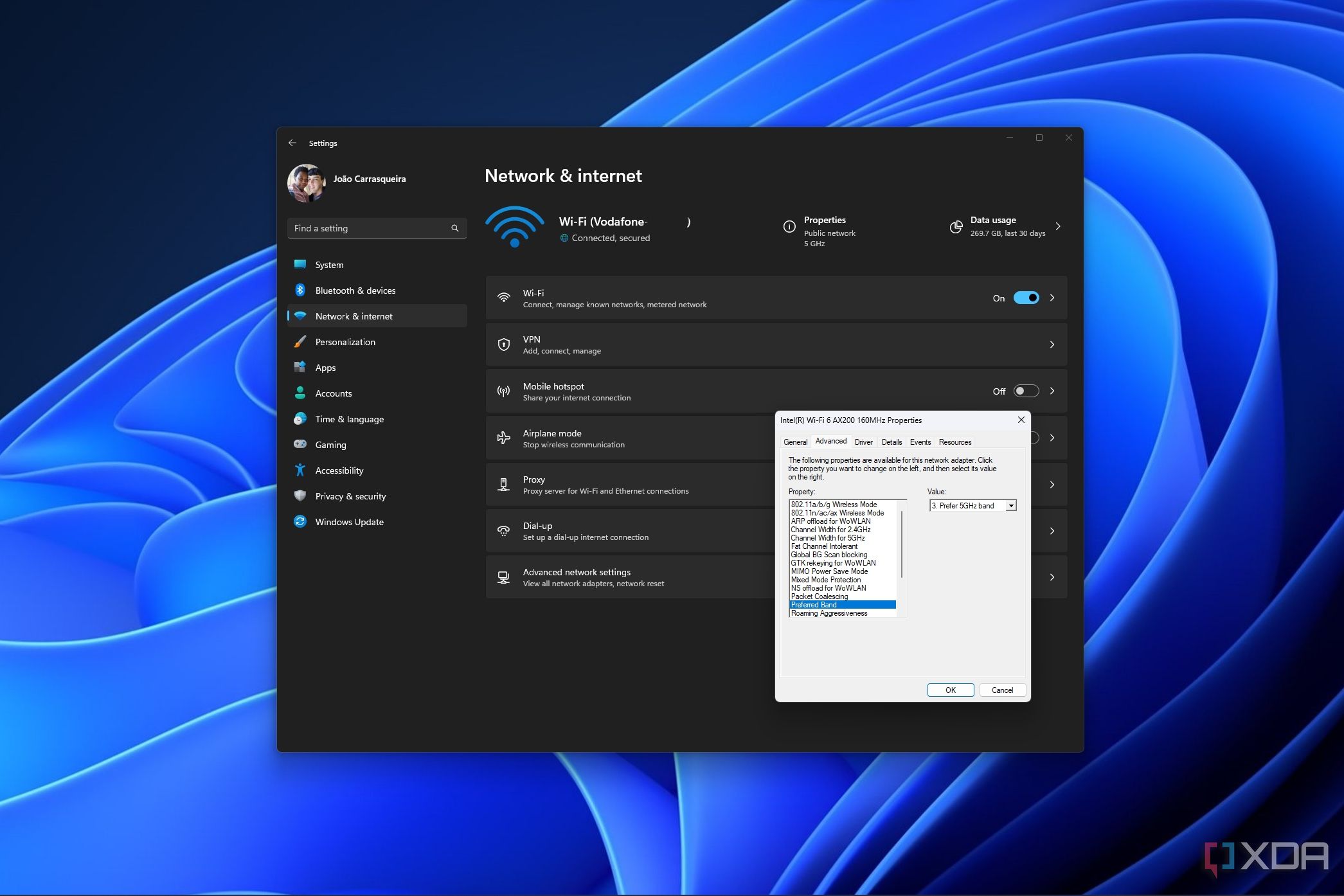
How to force 5GHz Wi-Fi on Windows 11
5GHz Wi-Fi is faster and has lower latency, and most Windows 11 devices support it. Here's how to make sure you're using it.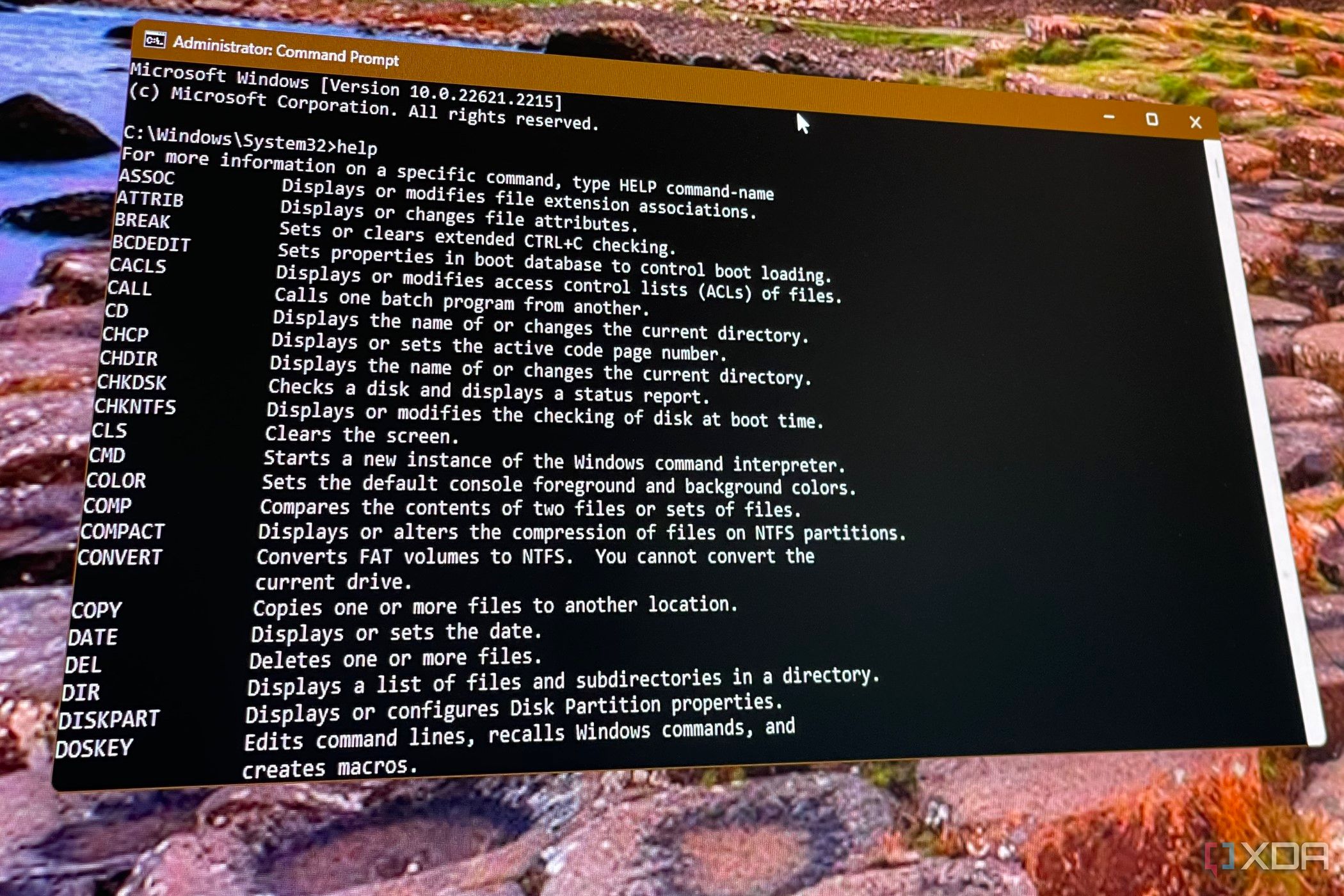
How to activate Windows with Command Prompt (CMD)
While you can activate Windows through the Settings app, you also can use Command Prompt for activation.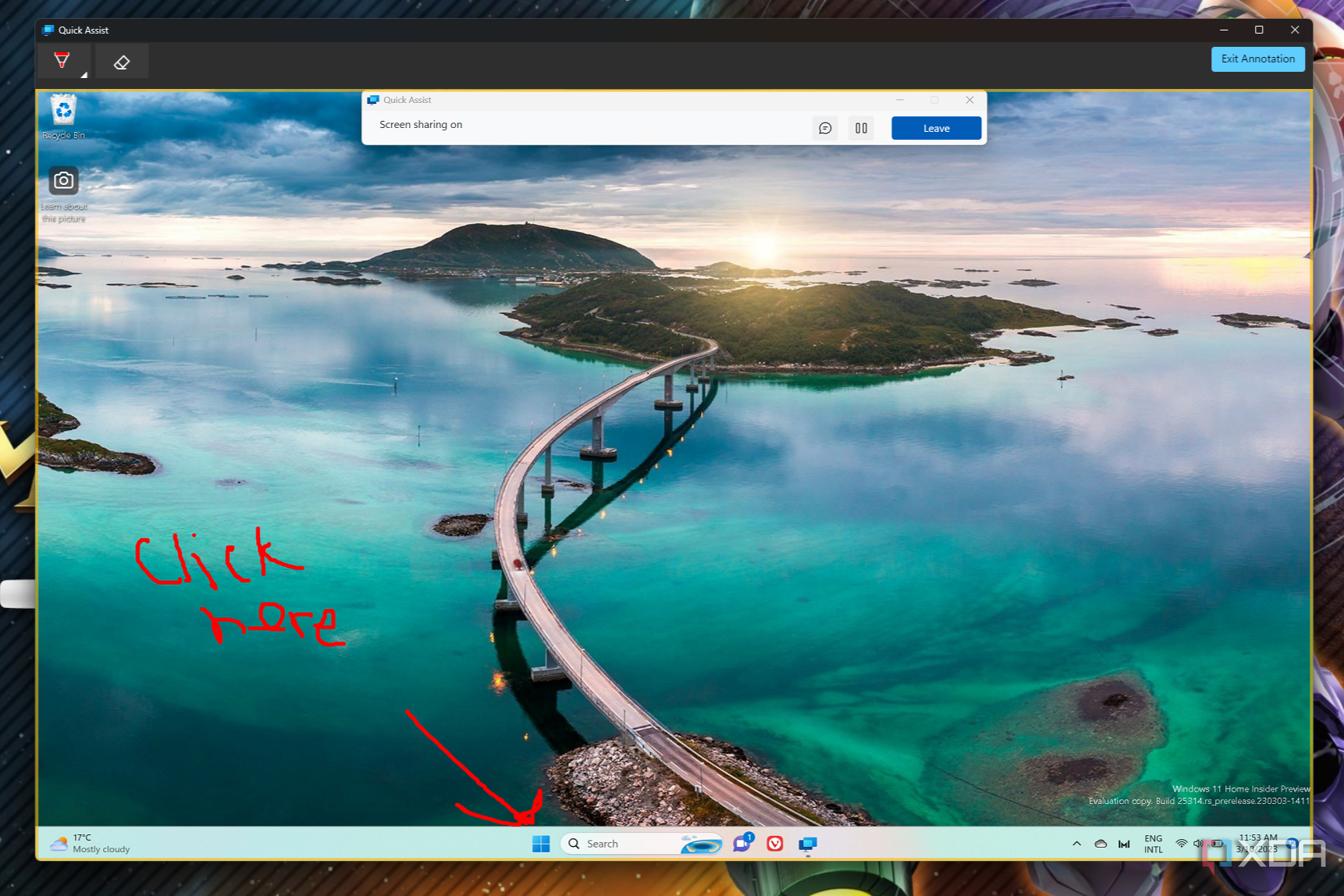
How to get help in Windows with Quick Assist
Need to lend someone a hand with their computer? You can use the Quick Assist app on Windows 11 to help them remotely.
How to fix the dreaded black screen of death on Windows
Facing a black screen after a boot is a dead-end on Windows. Here's how to get things back to normal.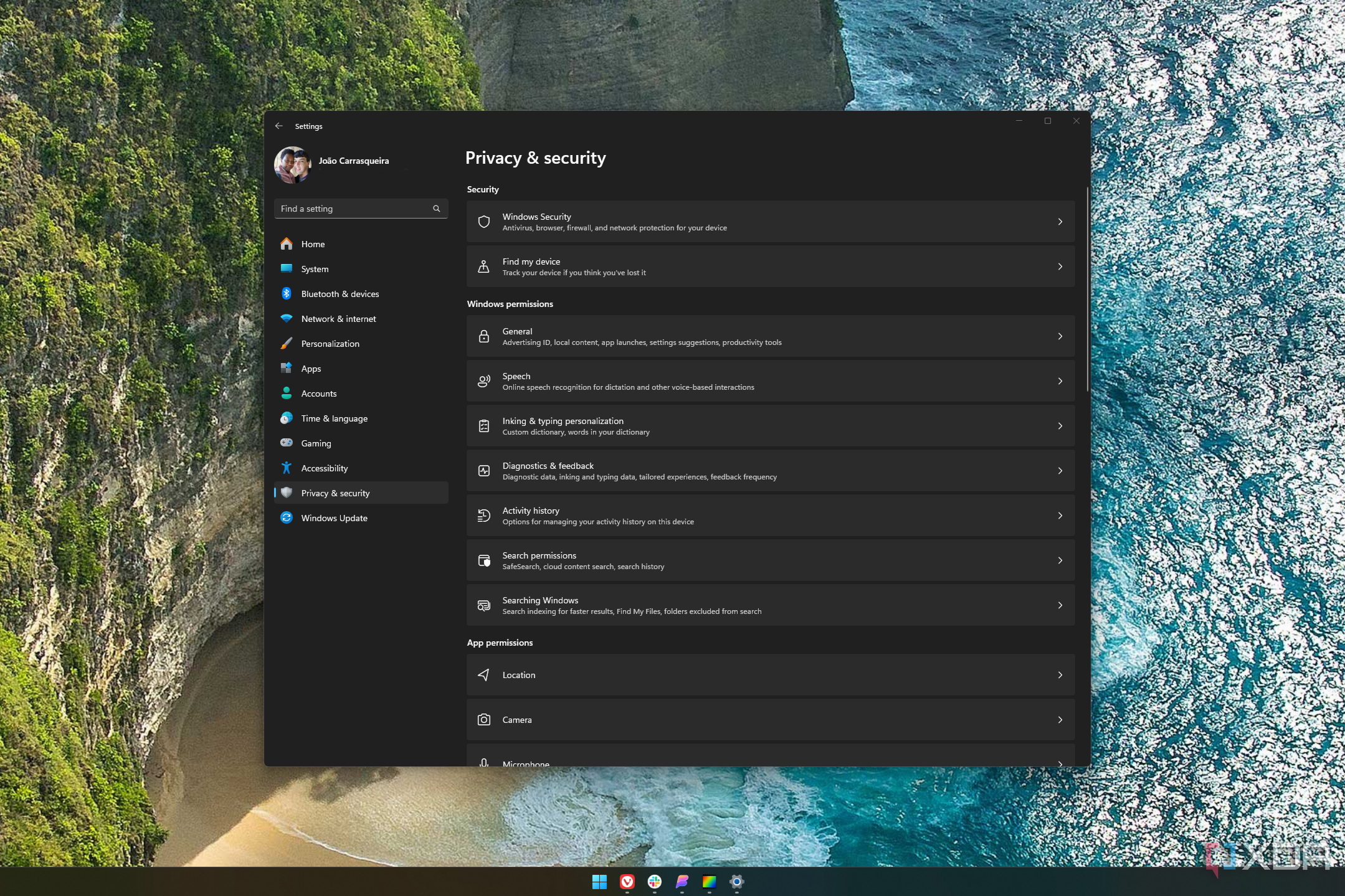
How to make Windows 11 more private
Worried about your privacy in Windows 11? There are plenty of settings you can change to make the operating system less intrusive.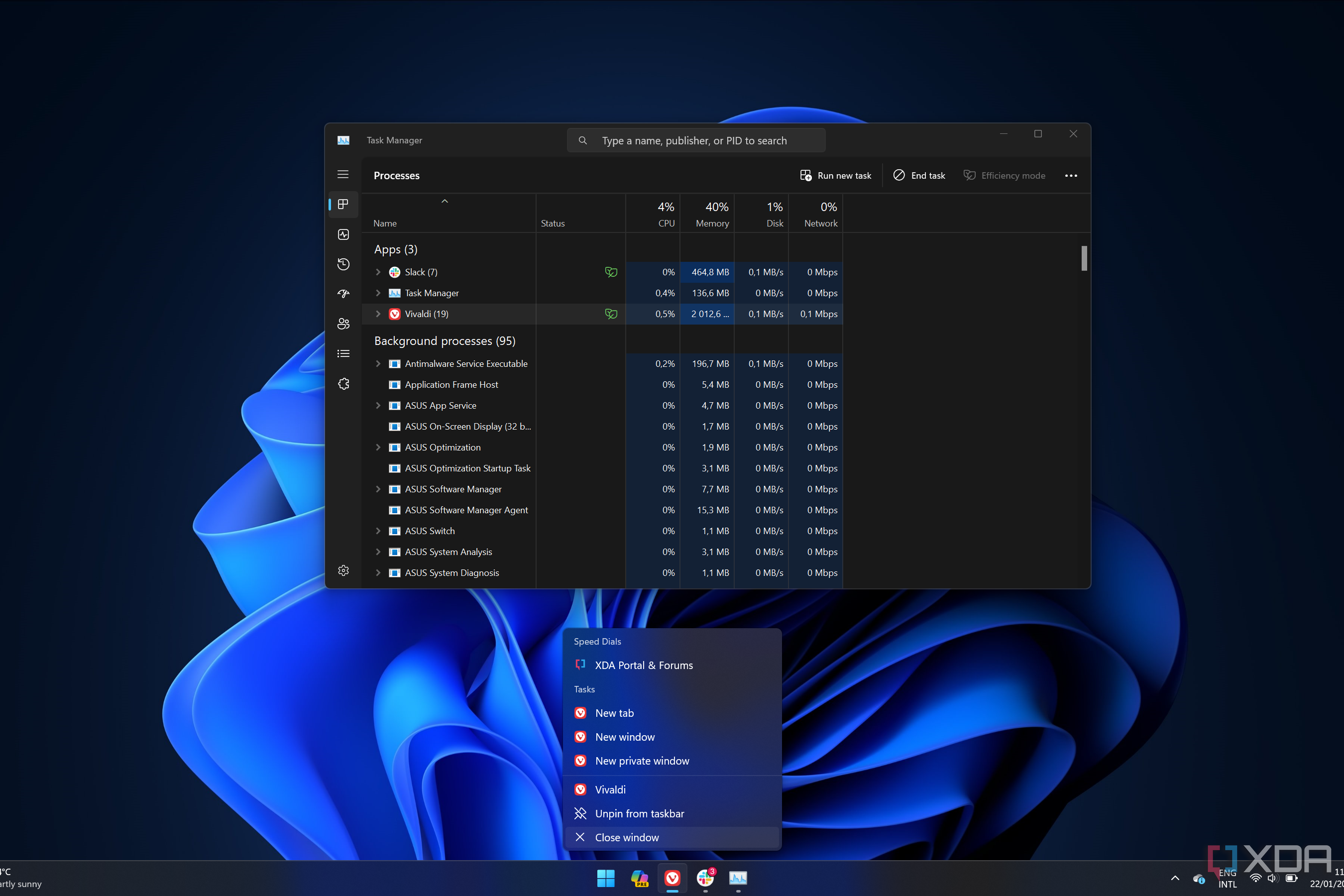
How to force-quit applications in Windows 11
Is one of your apps unresponsive or broken? There are several ways you can force an app to quit in Windows.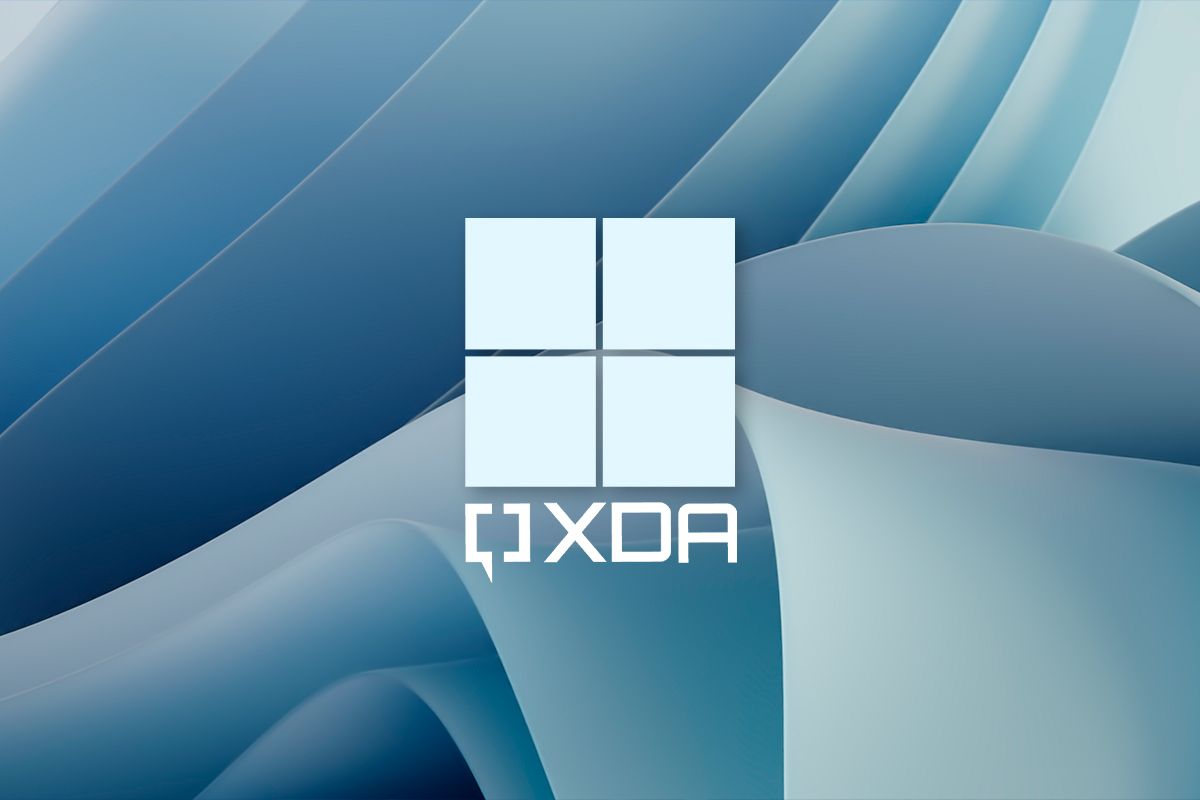
How to disable touch on Windows 11
Tired of accidentally activating the touchscreen on your Windows 11 PC? Here's how to disable it and go back to a traditional laptop experience.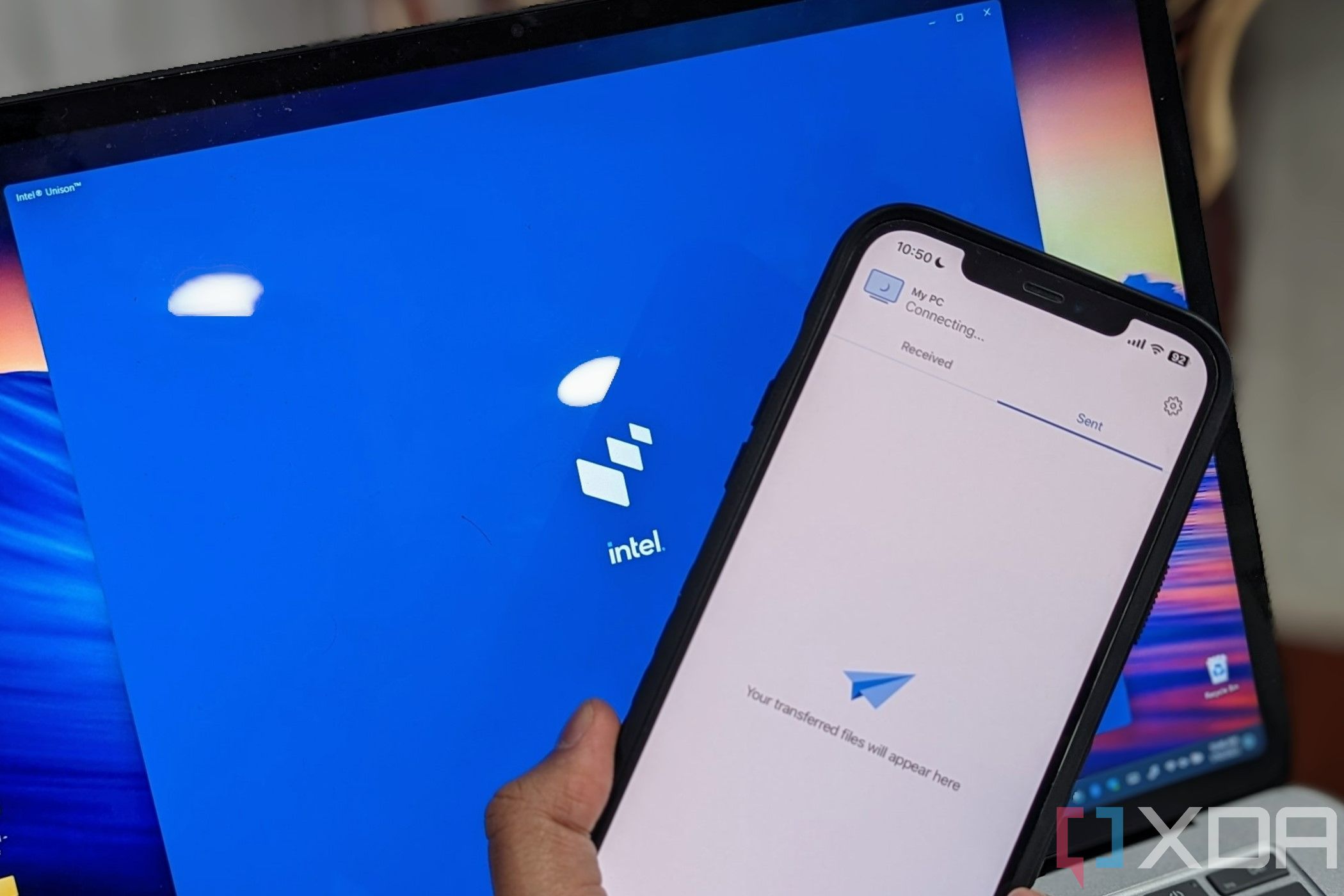
How to set up Intel Unison on Windows 11, iPhone, and Android
It's easy to get started with using Intel's Unison app to text from your PC and copy over pictures from your phone to your PC and so much more.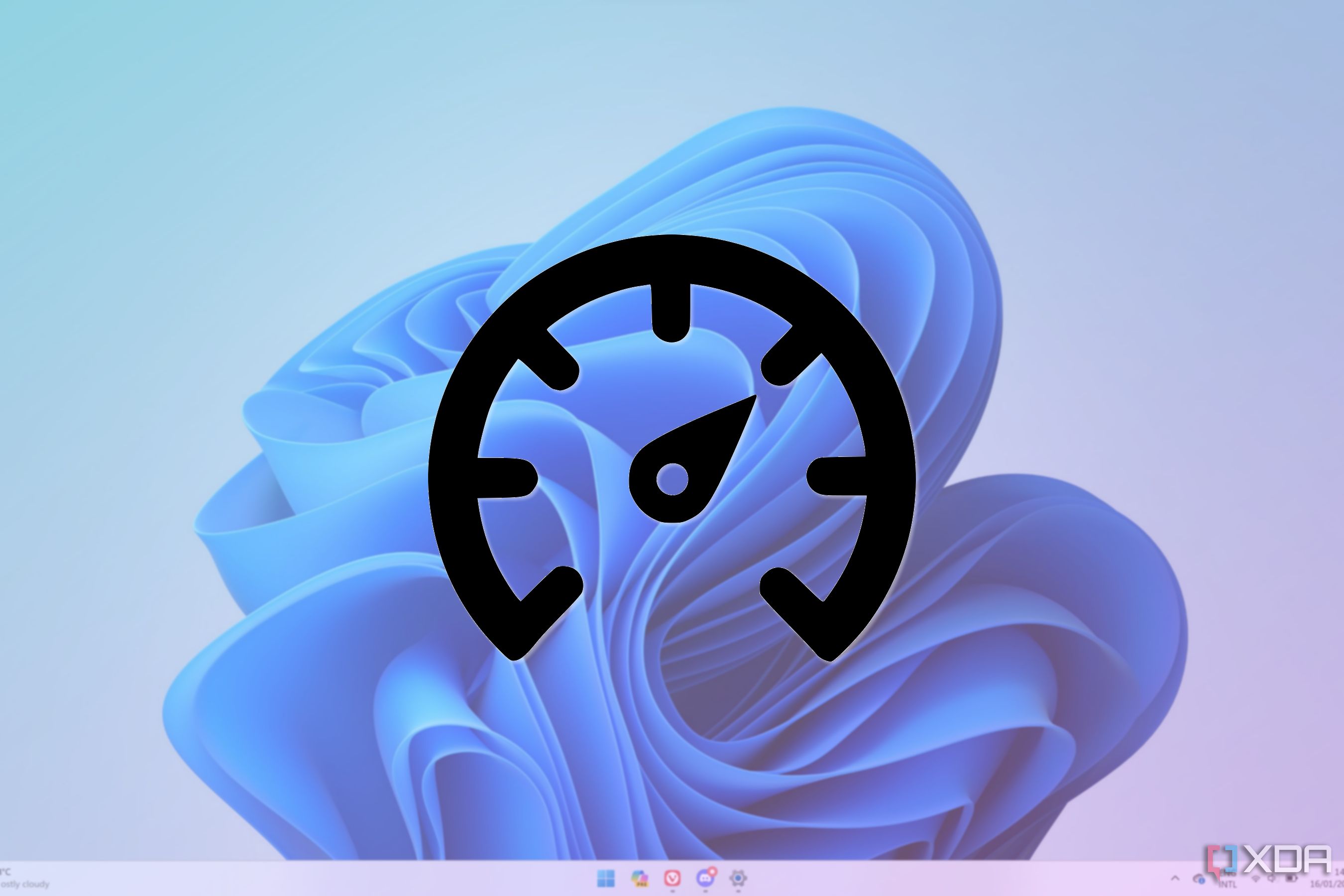
How to clean and speed up your Windows PC
If your Windows PC is starting to feel slow over time, these tips can help you get some performance back.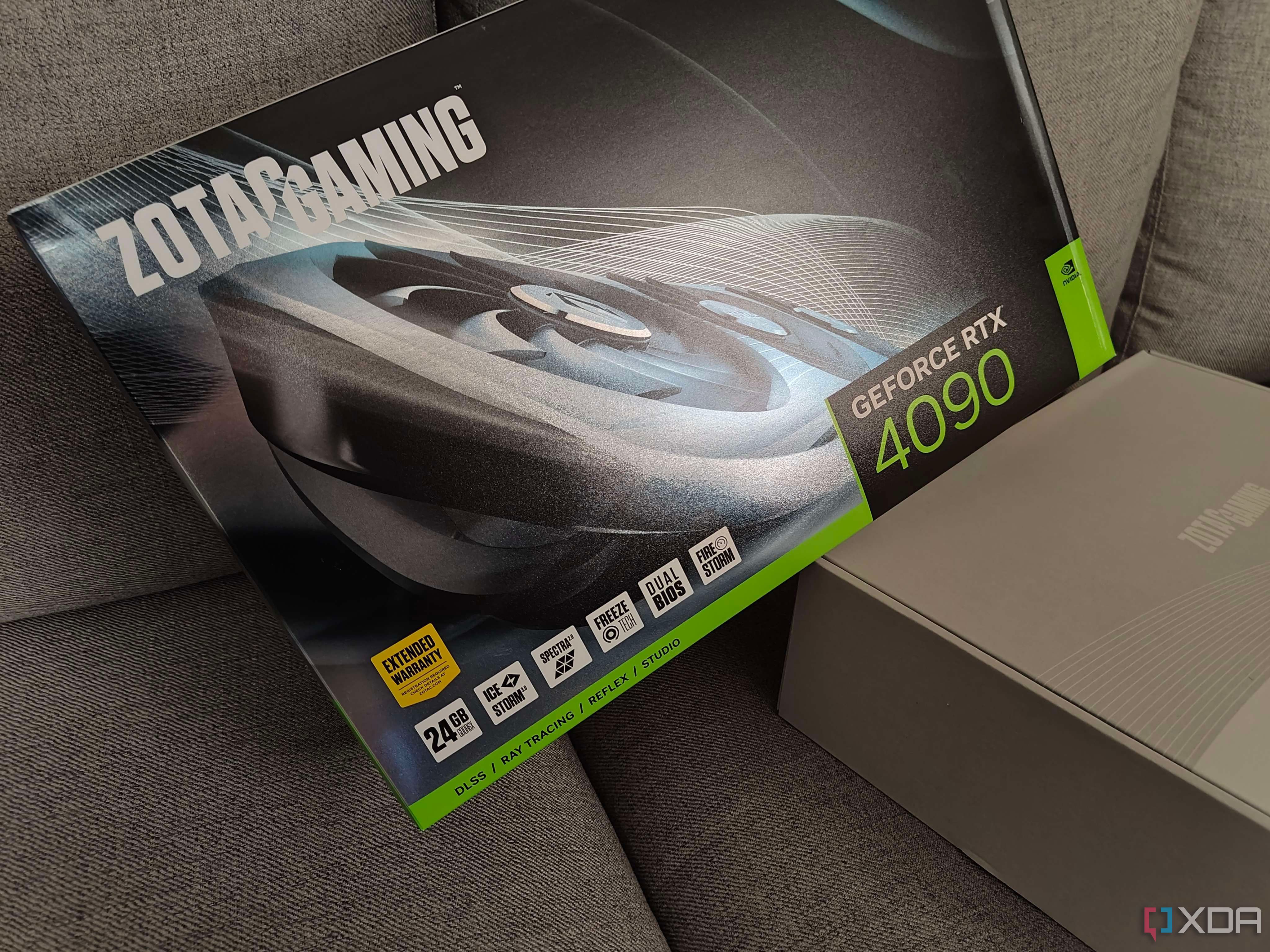
How to set your primary GPU in Windows
Got more than one GPU in your system? Here's how to tell Windows which one should be used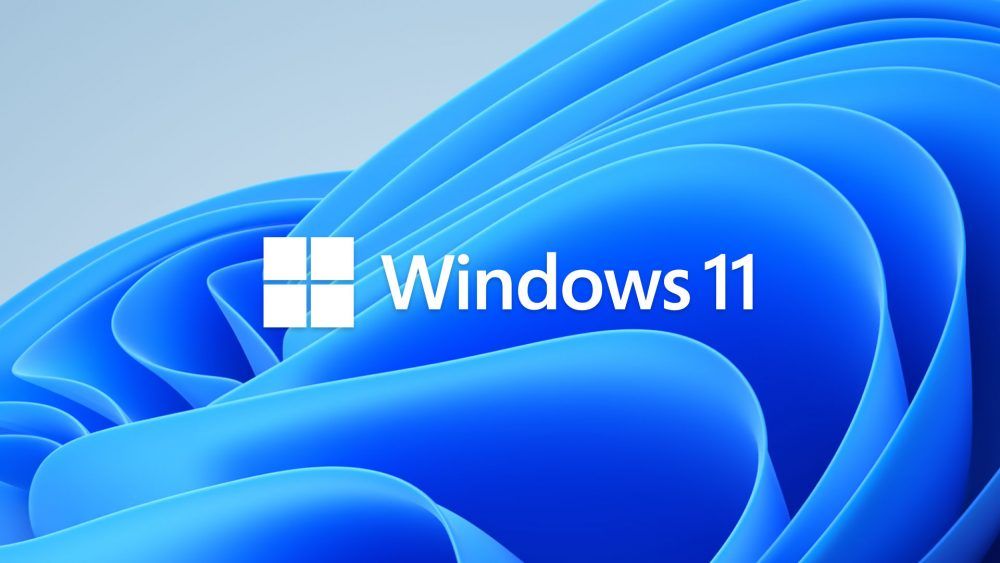
How to show hidden icons in Windows 11
Desktop or taskbar looking bare? You can add back the classic Windows icons in a few clicks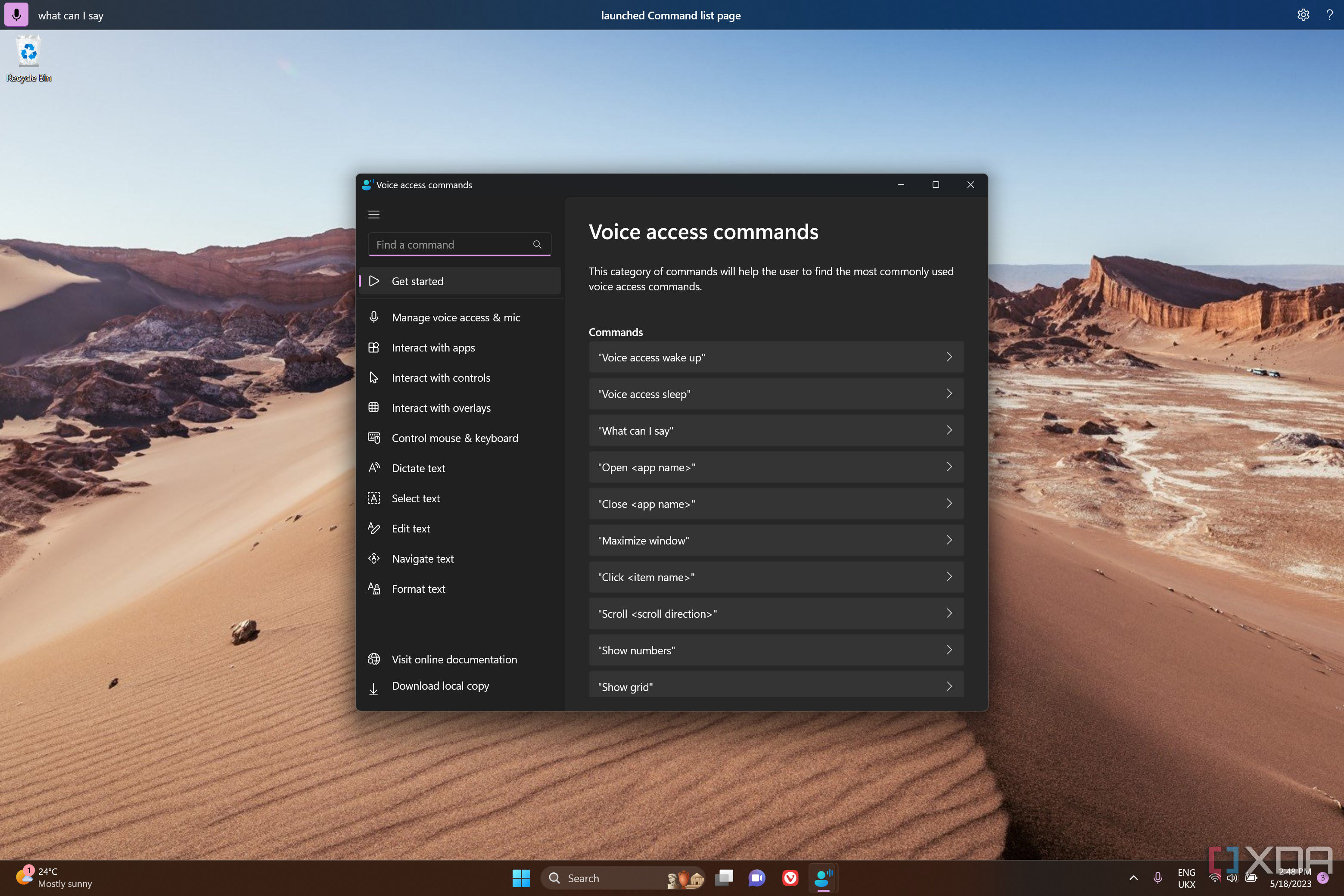
How to set up voice access on Windows 11
Voice access makes it easier to use your Windows 11 PC using just your voice. Here's how to set up this feature.